Day 17 - Walking The Nakasendō, Japan - The Torii Pass, and a long walk to Kiso, Fukushima
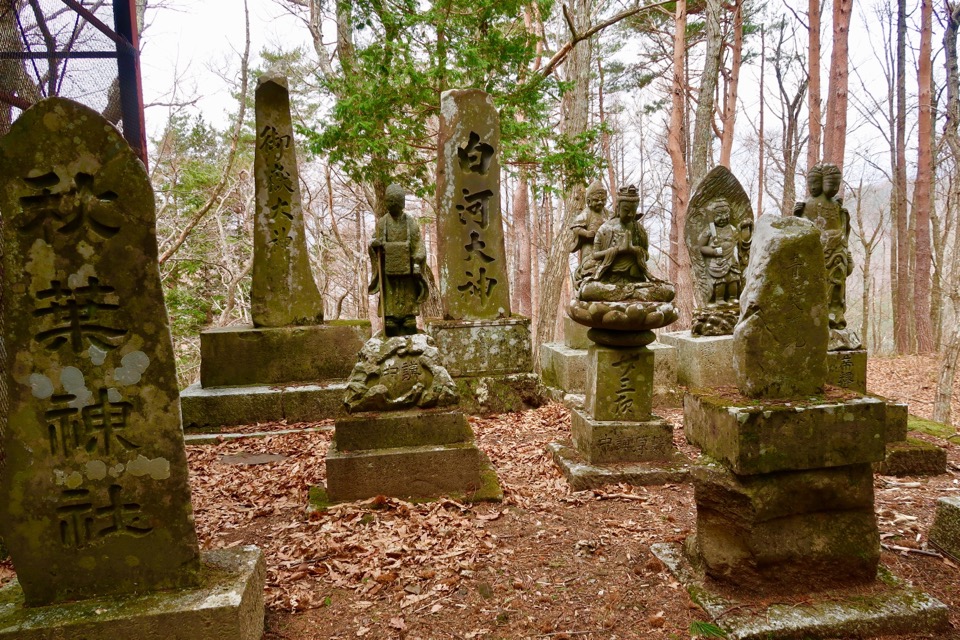
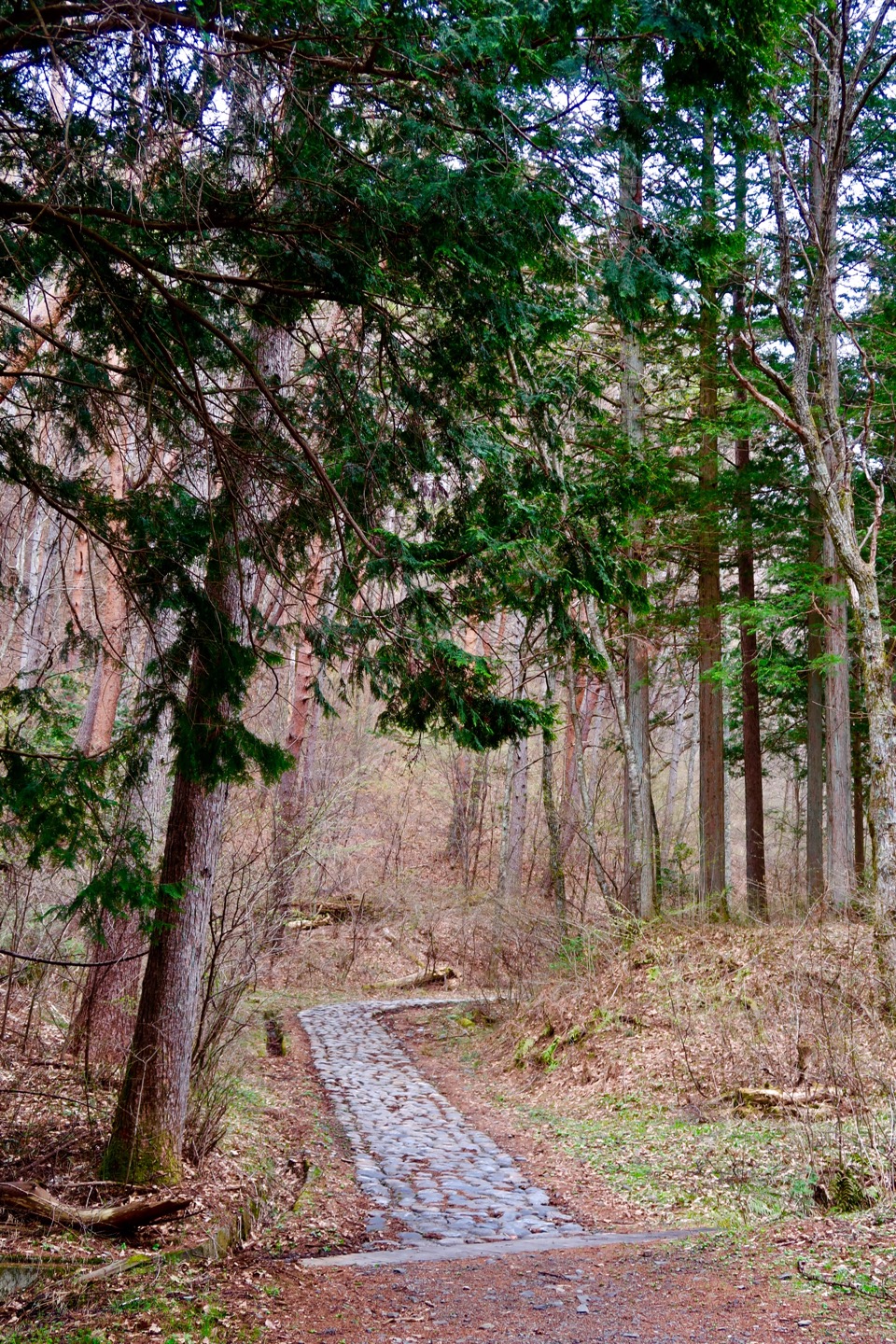
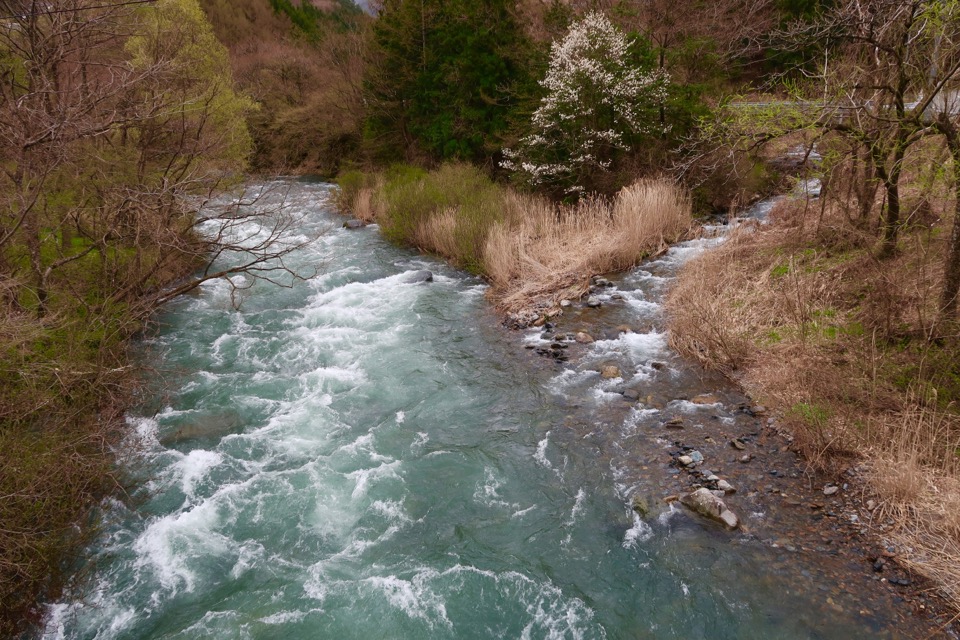
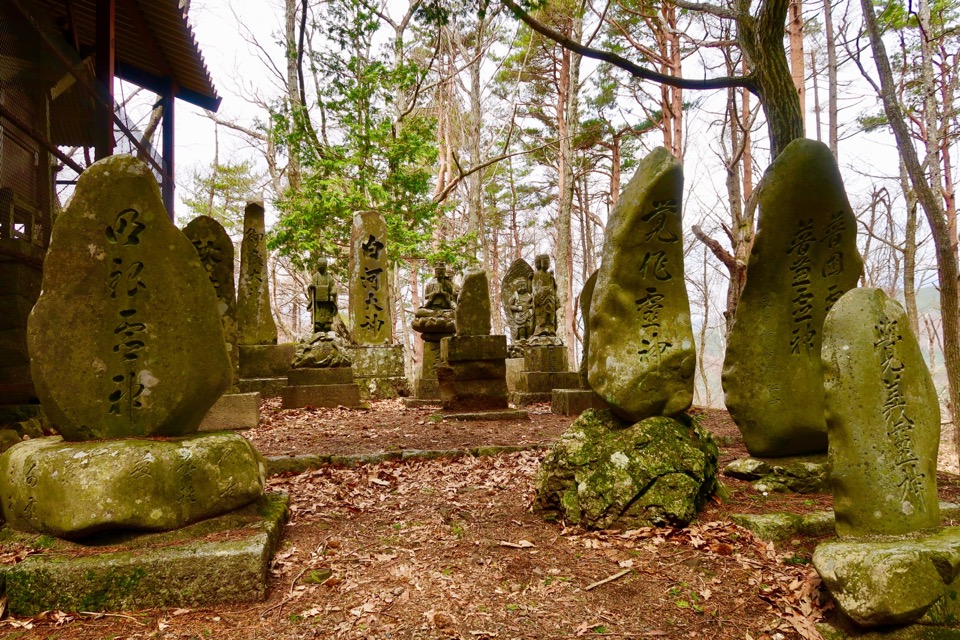
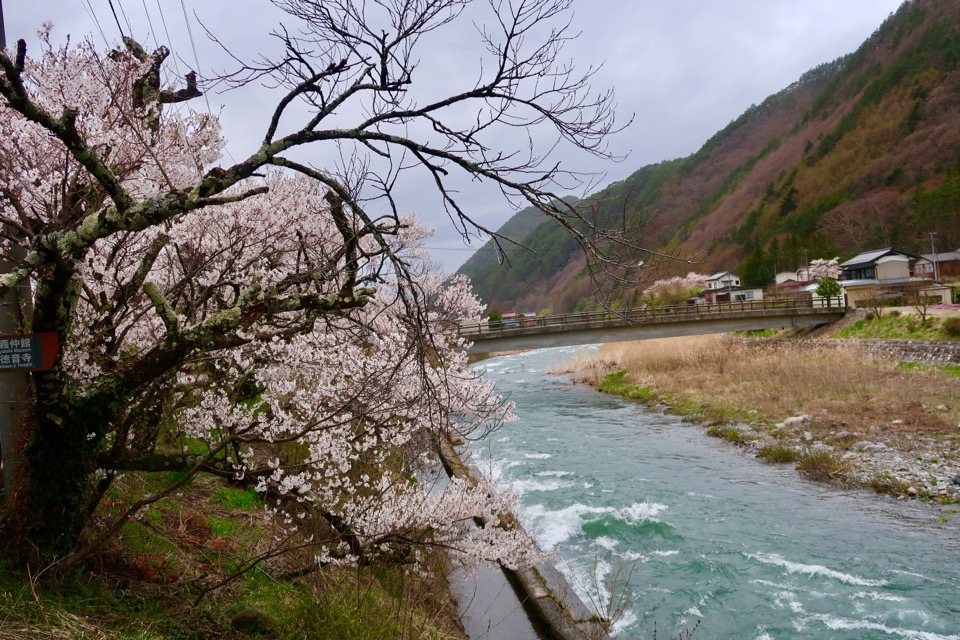
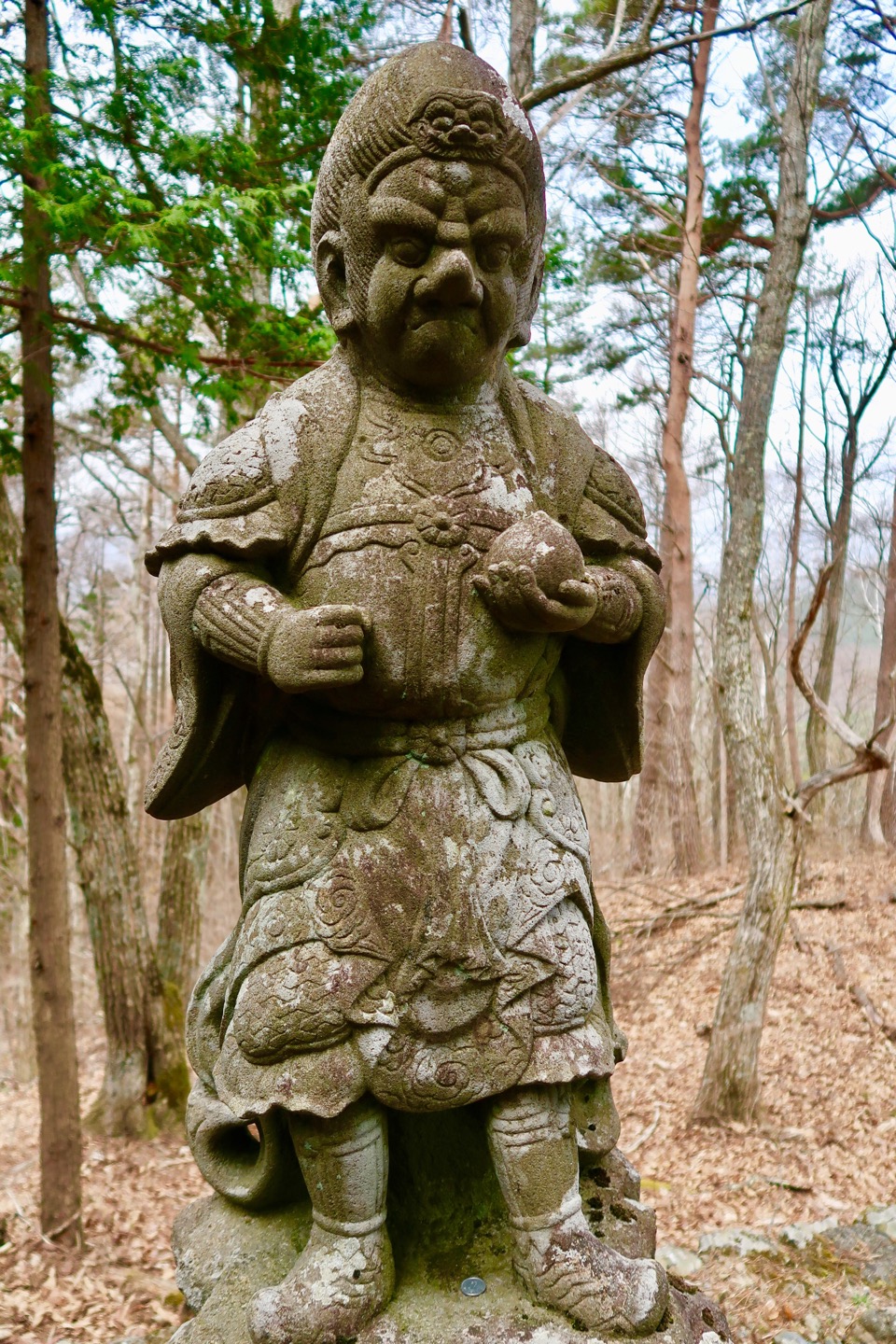

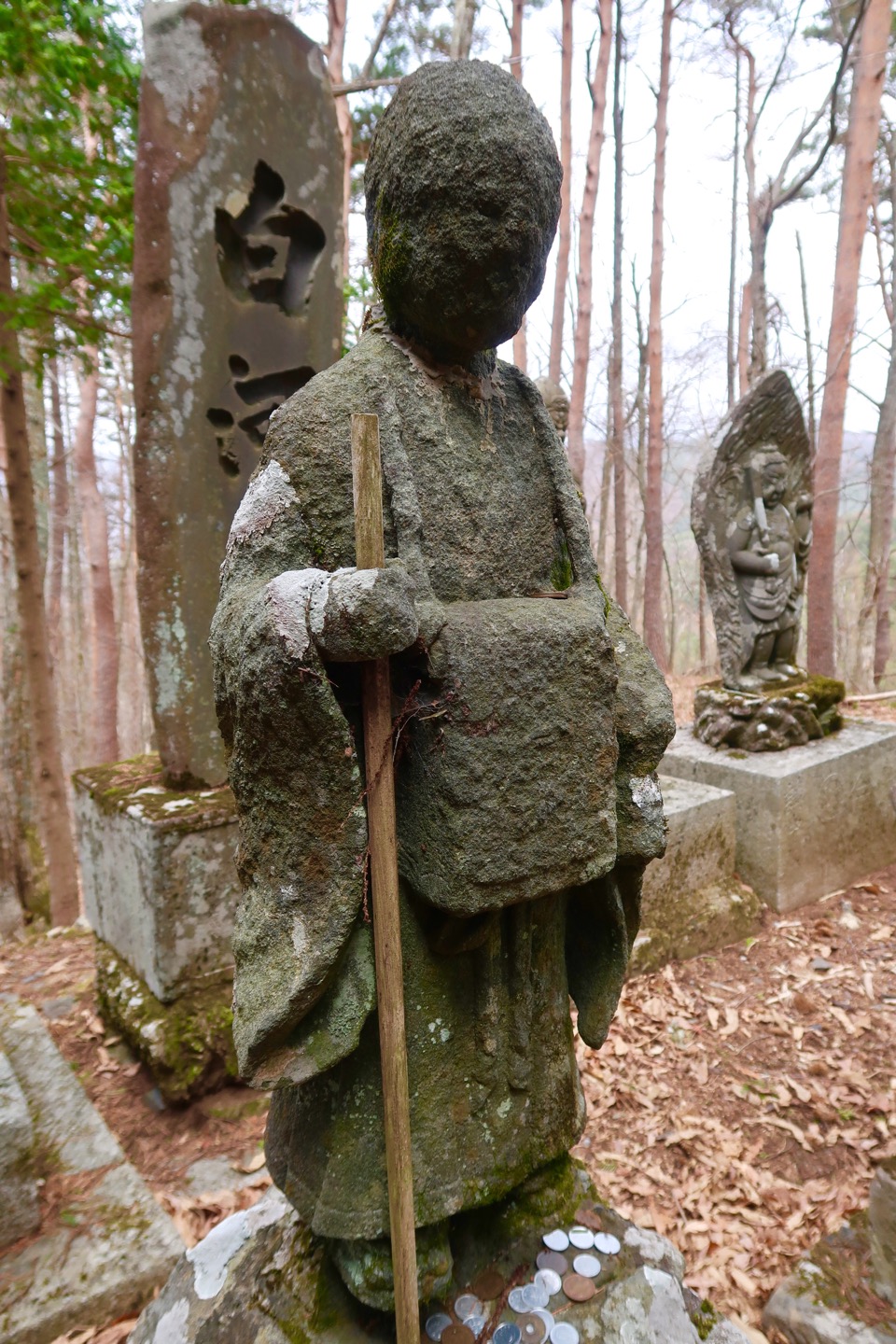
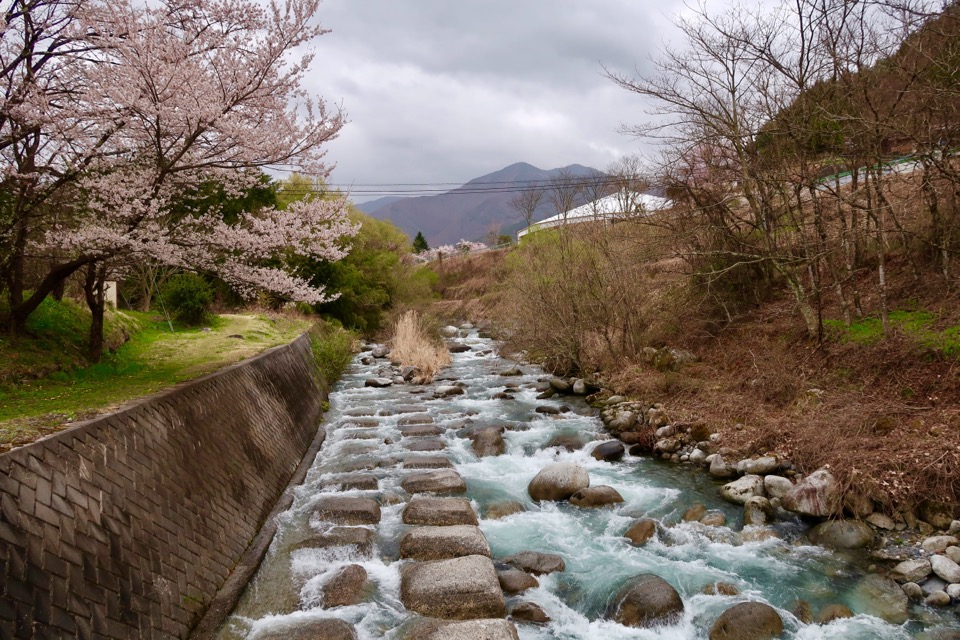
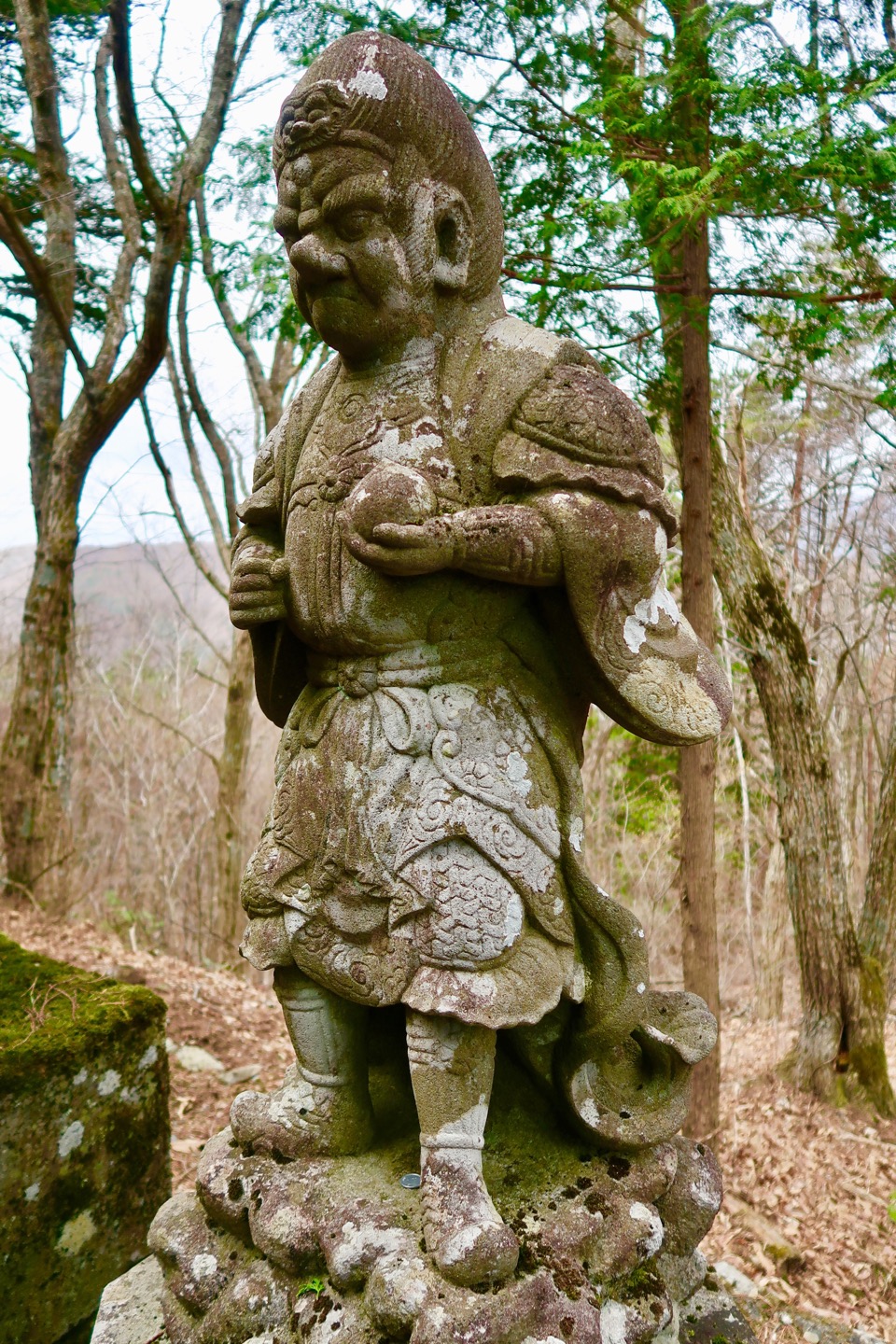
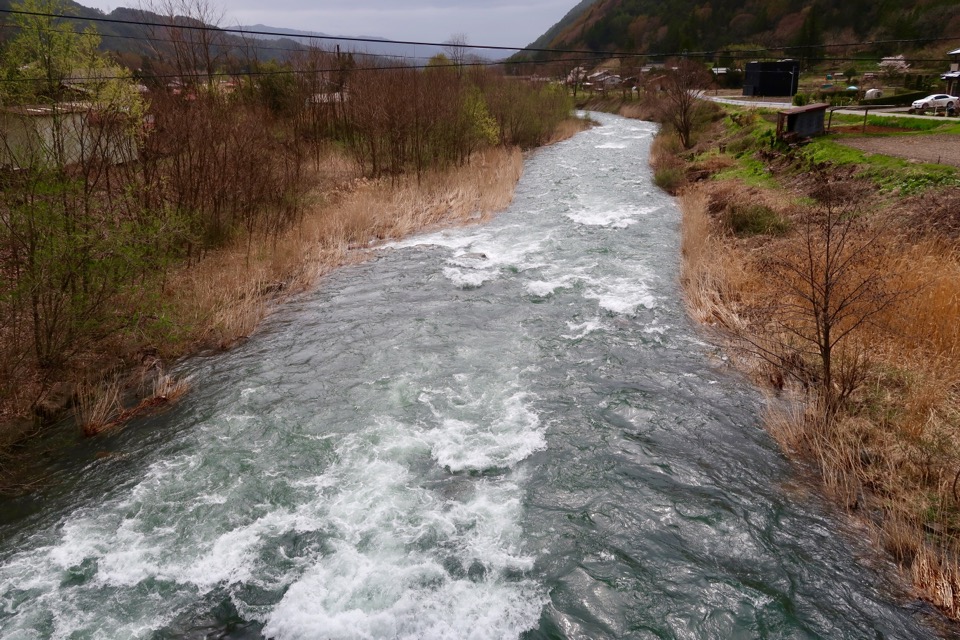
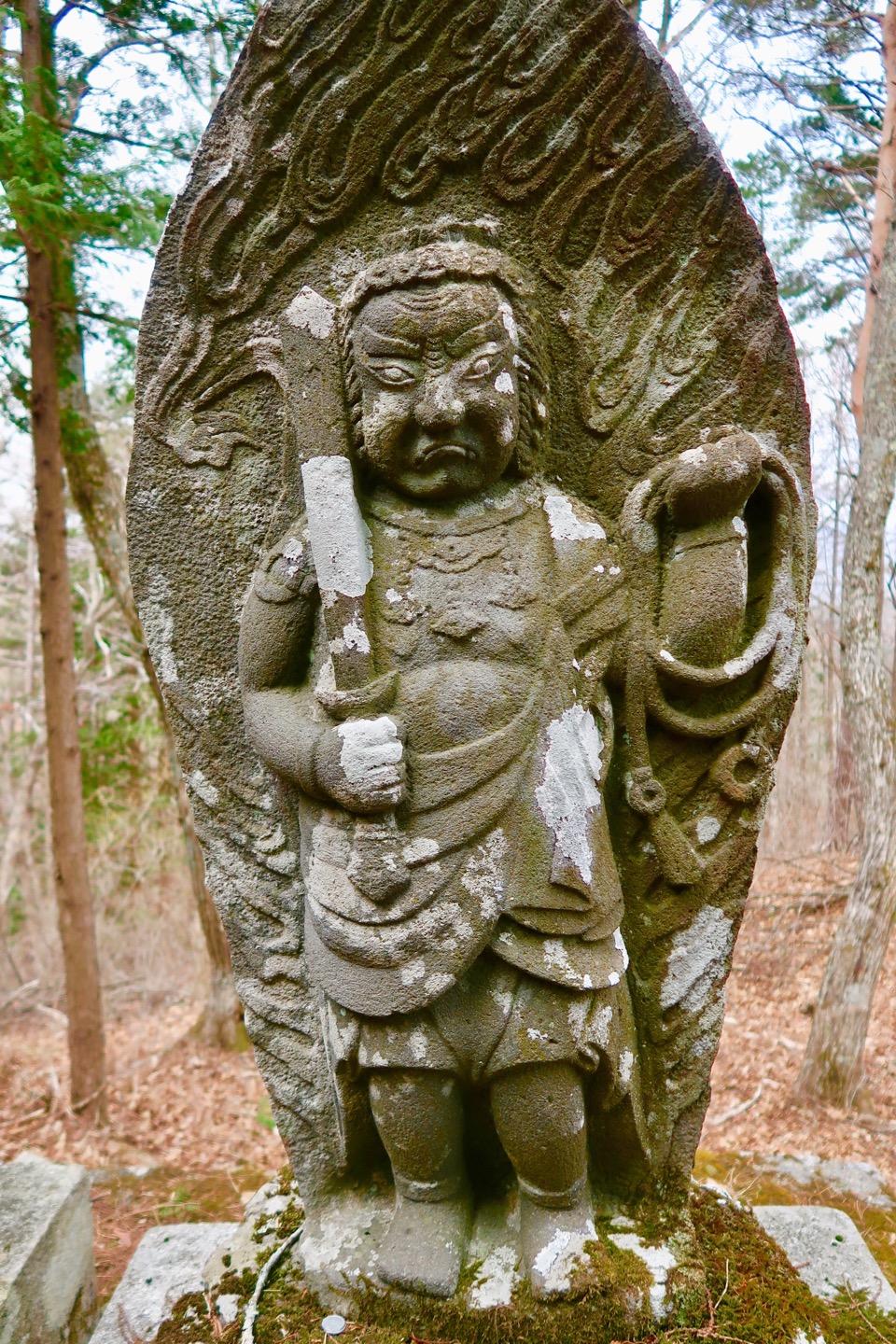
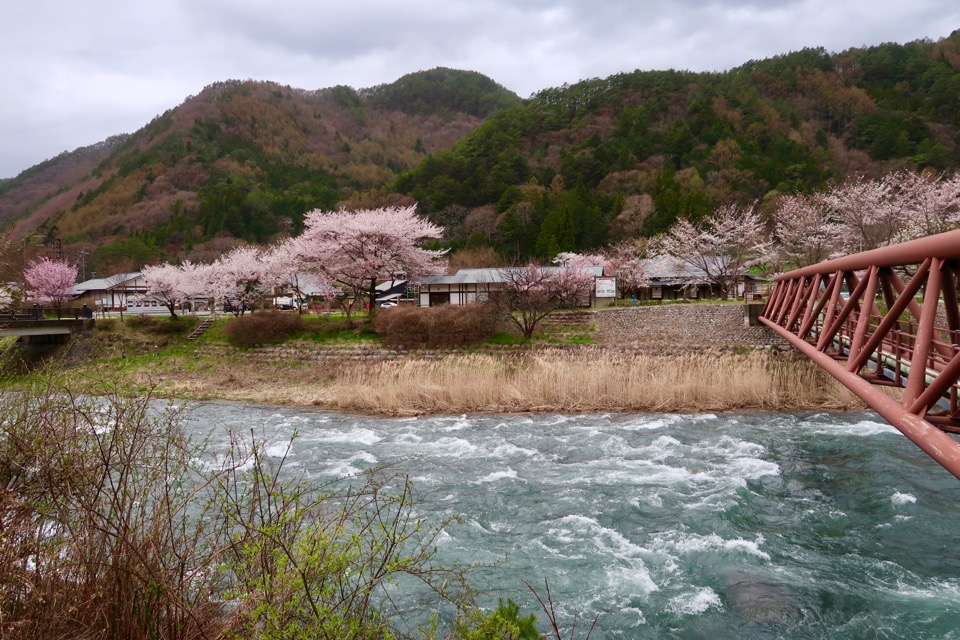
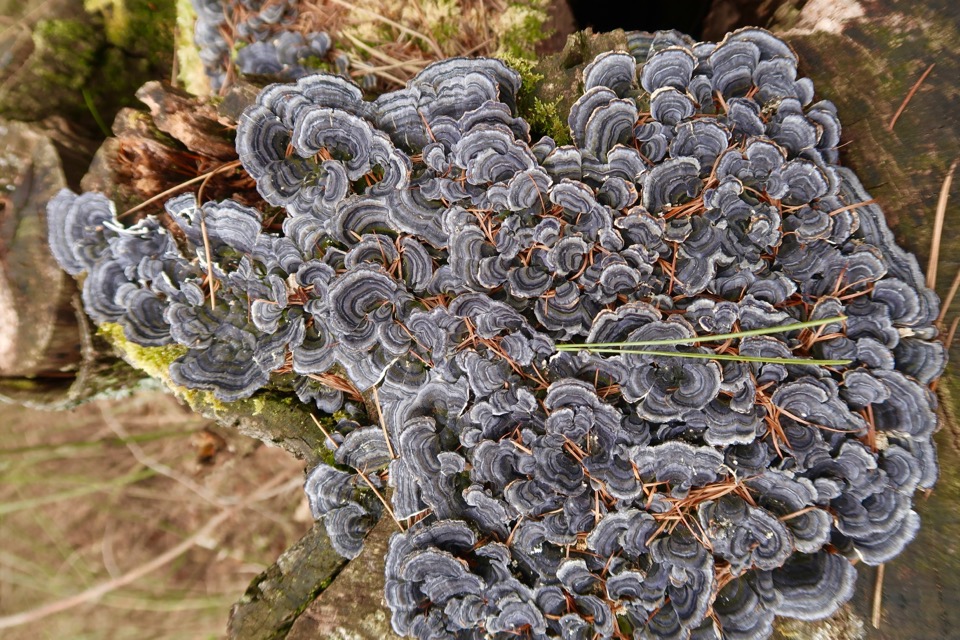
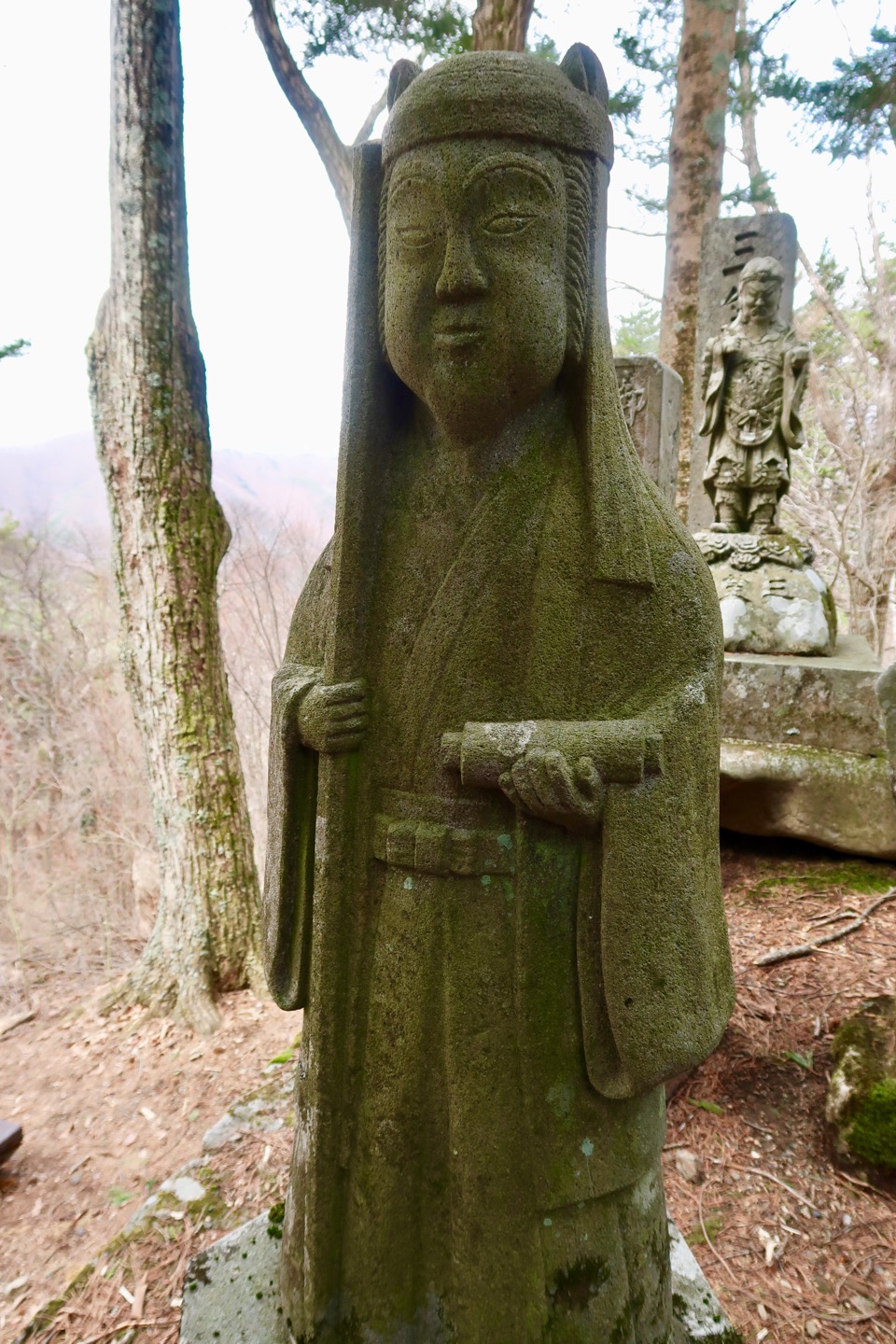
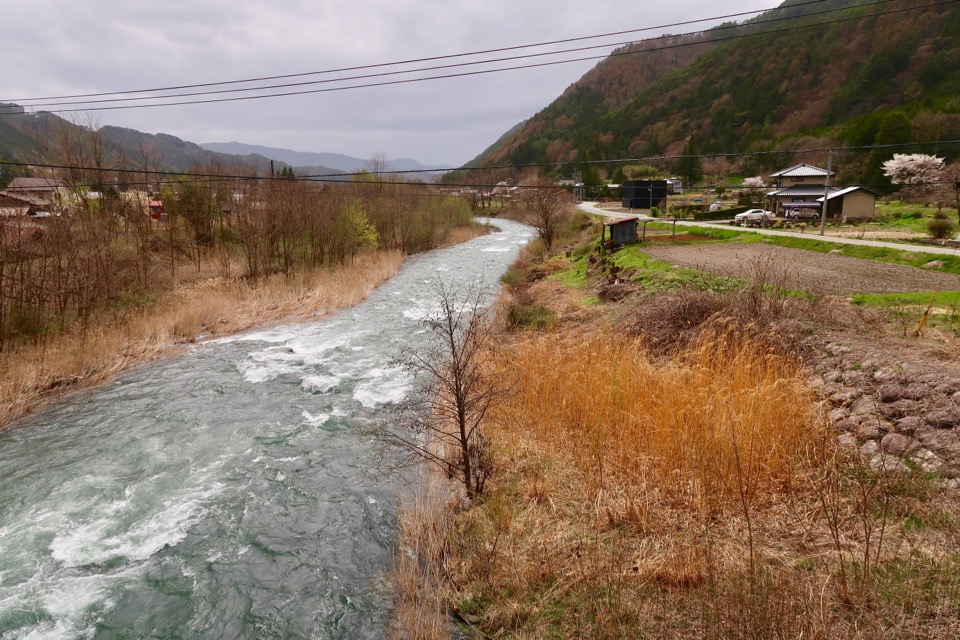
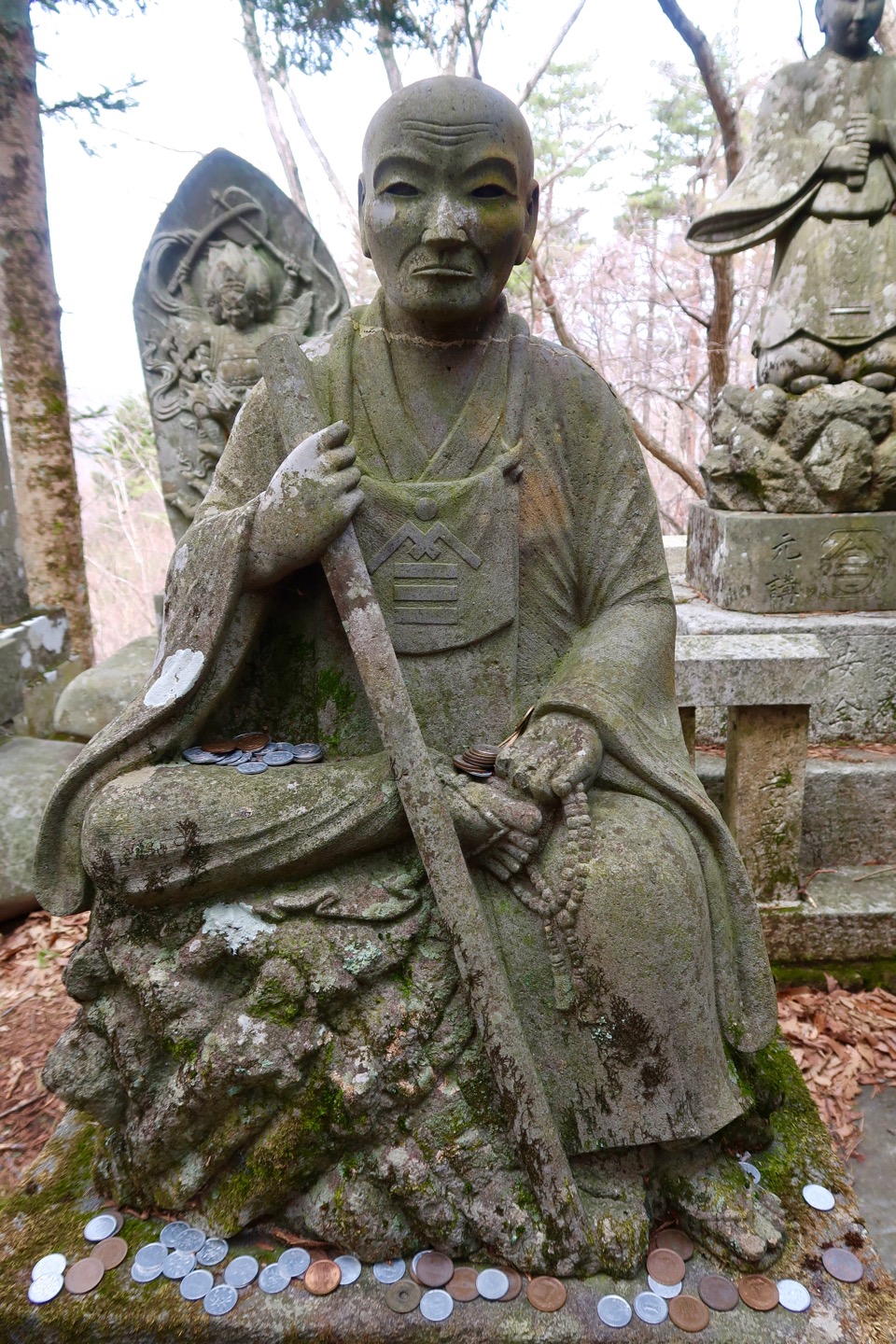
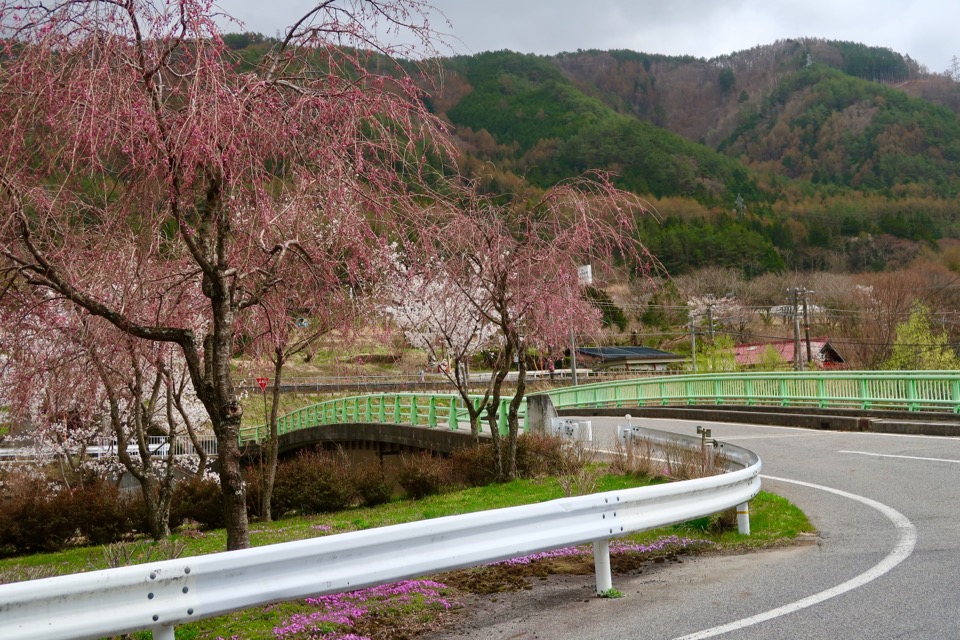
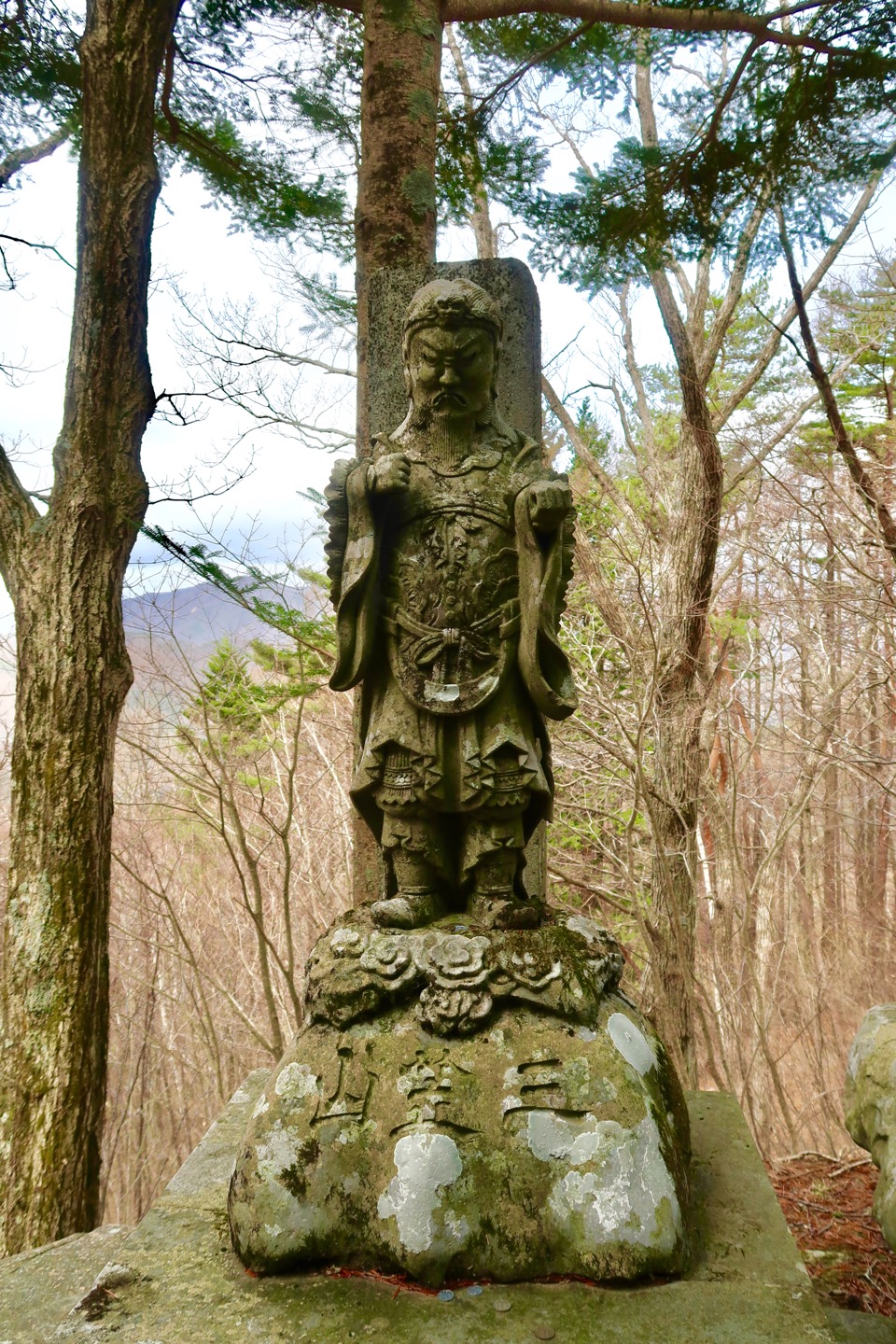
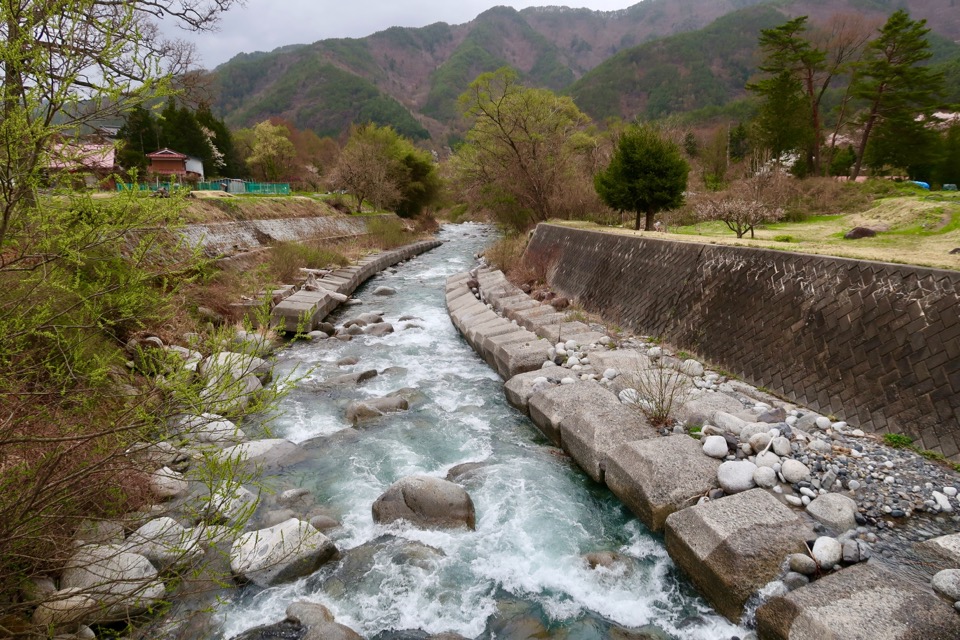
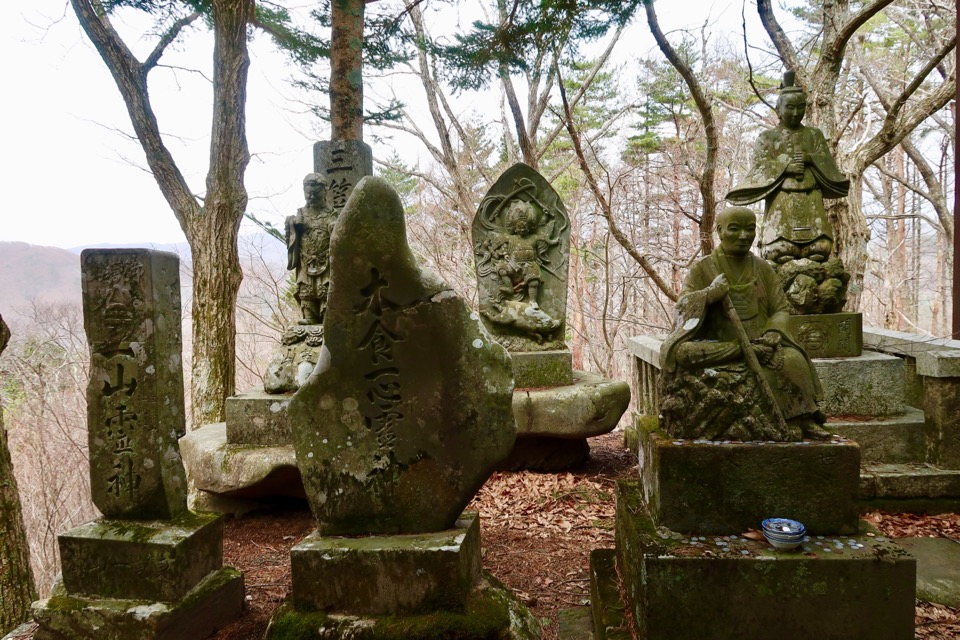
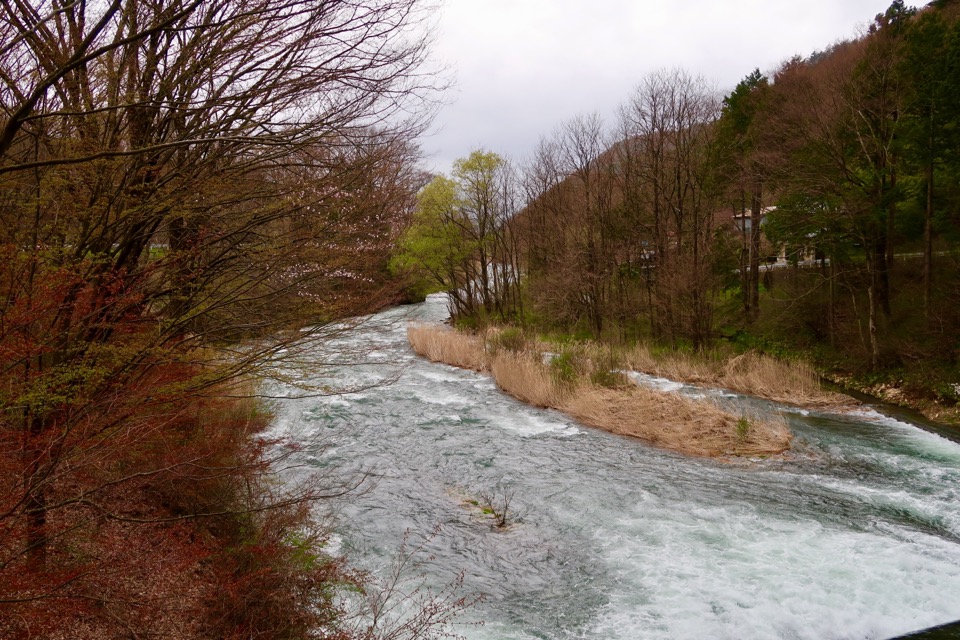
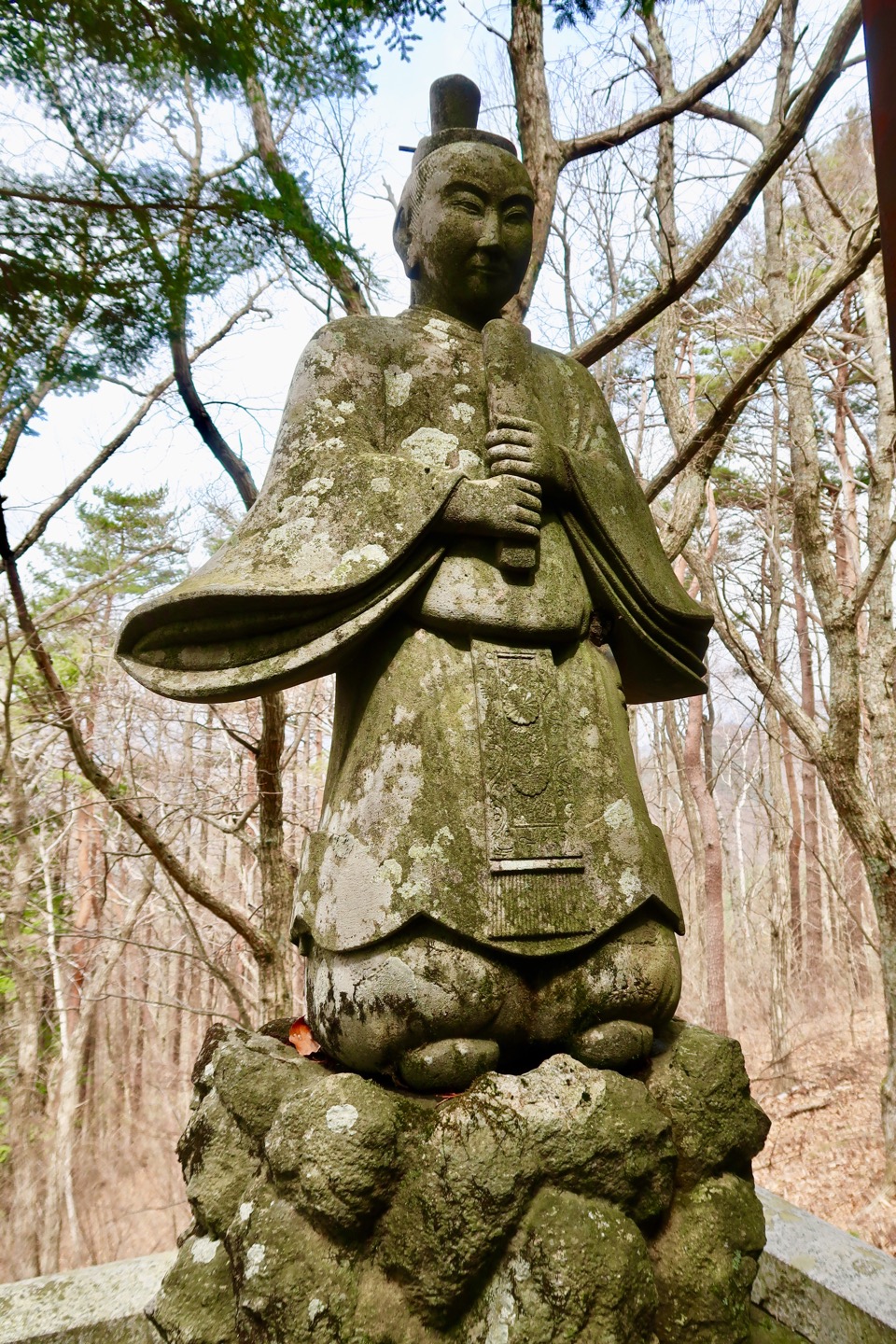
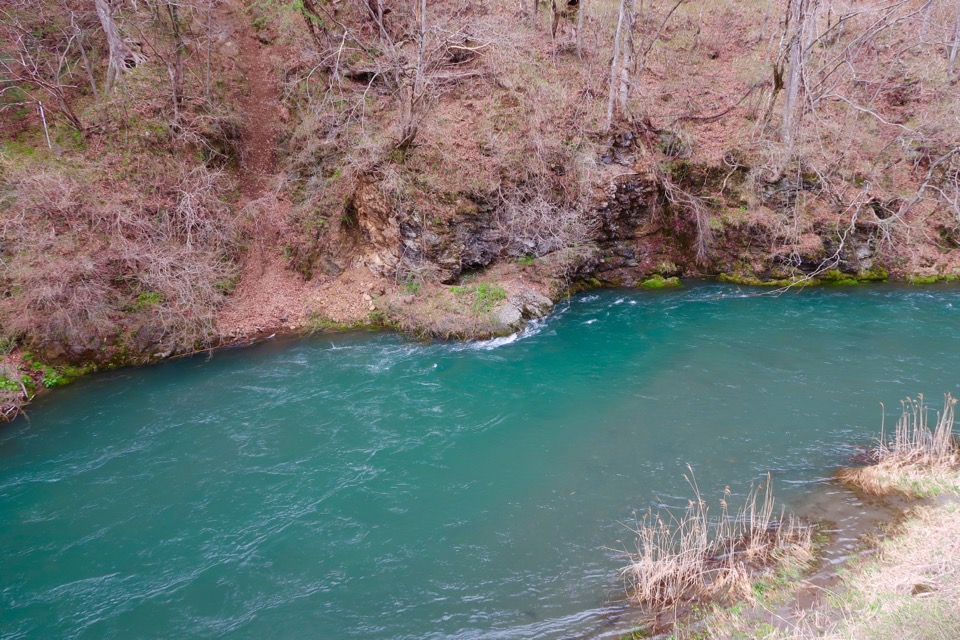
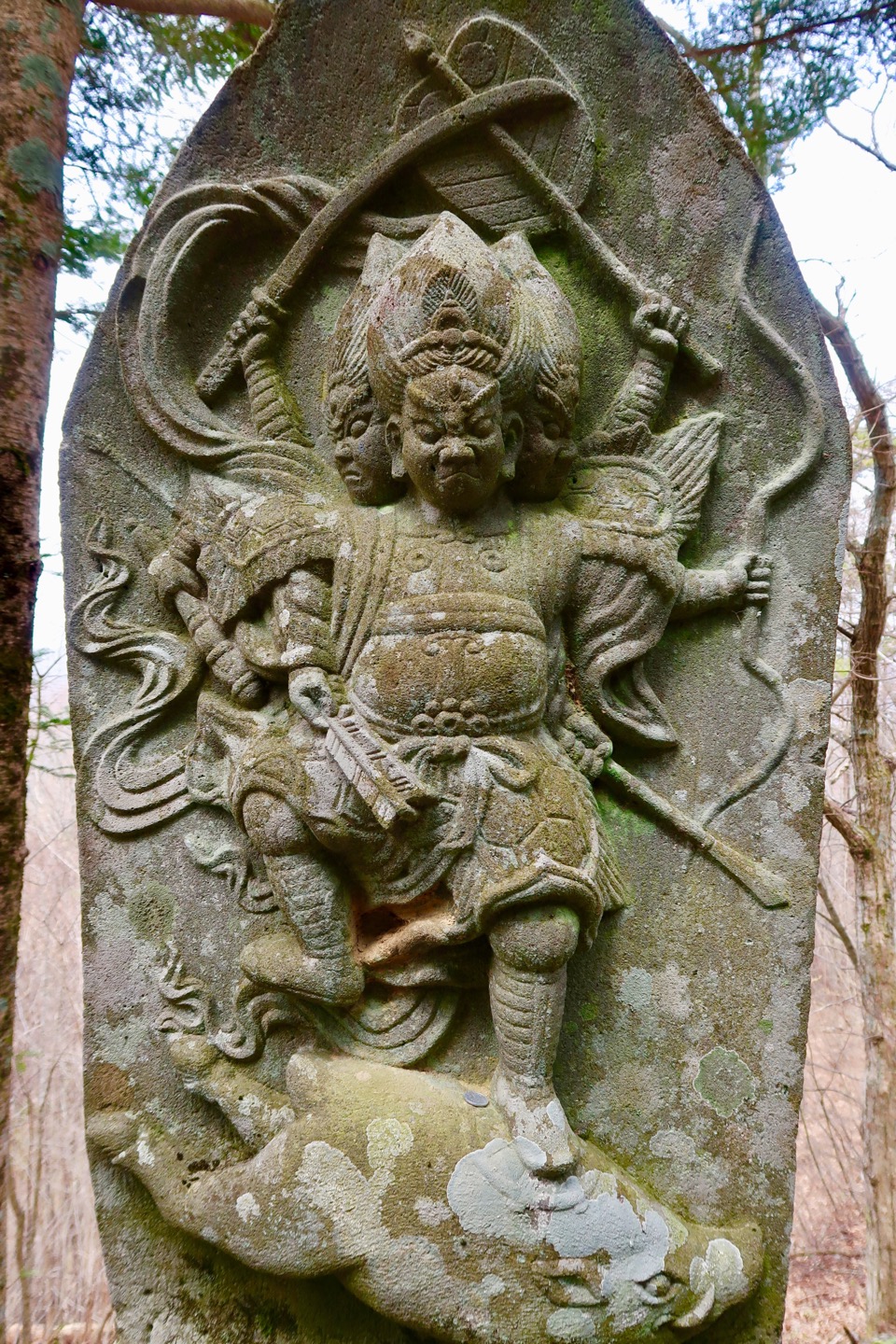
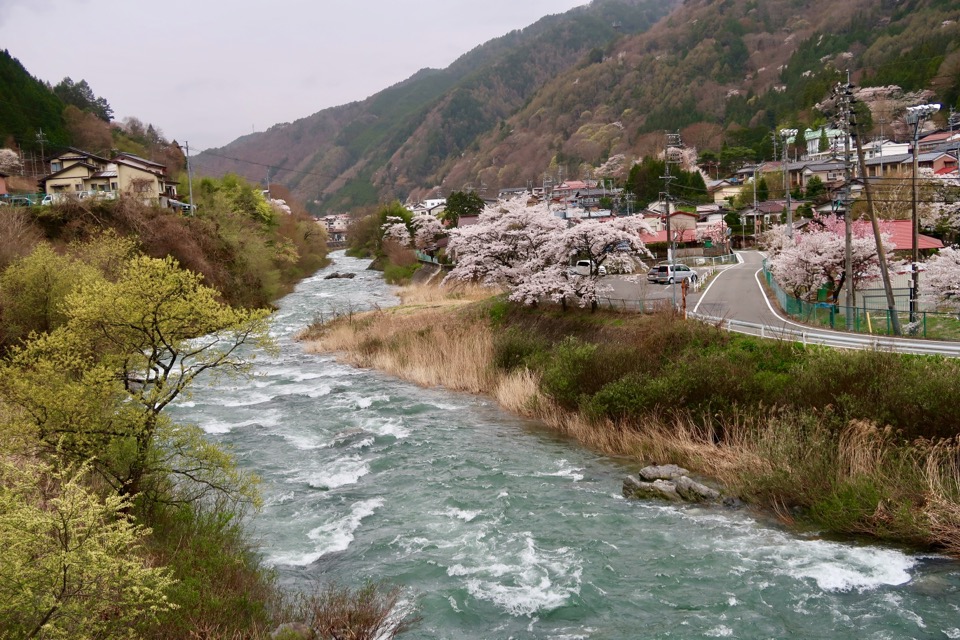
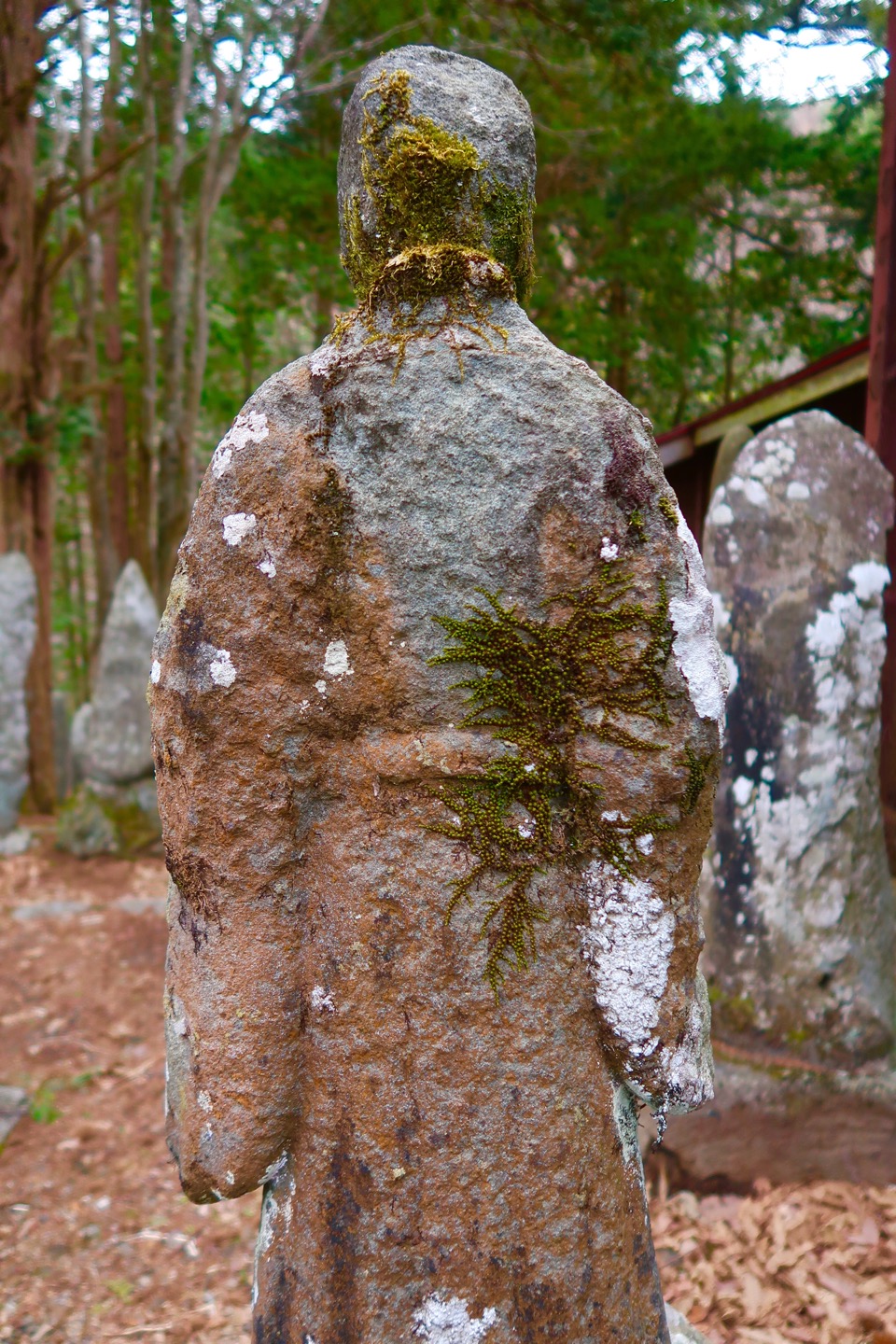
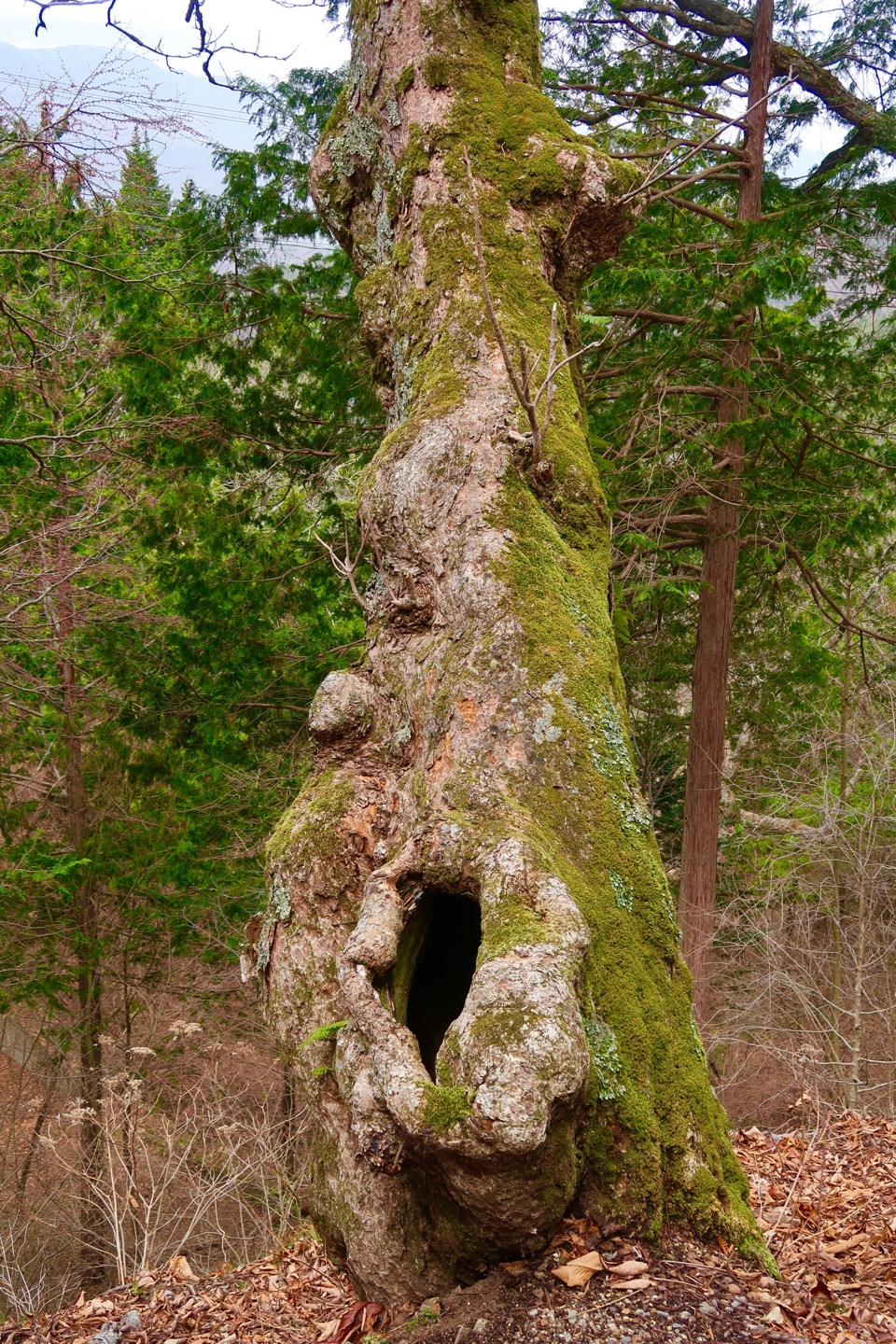
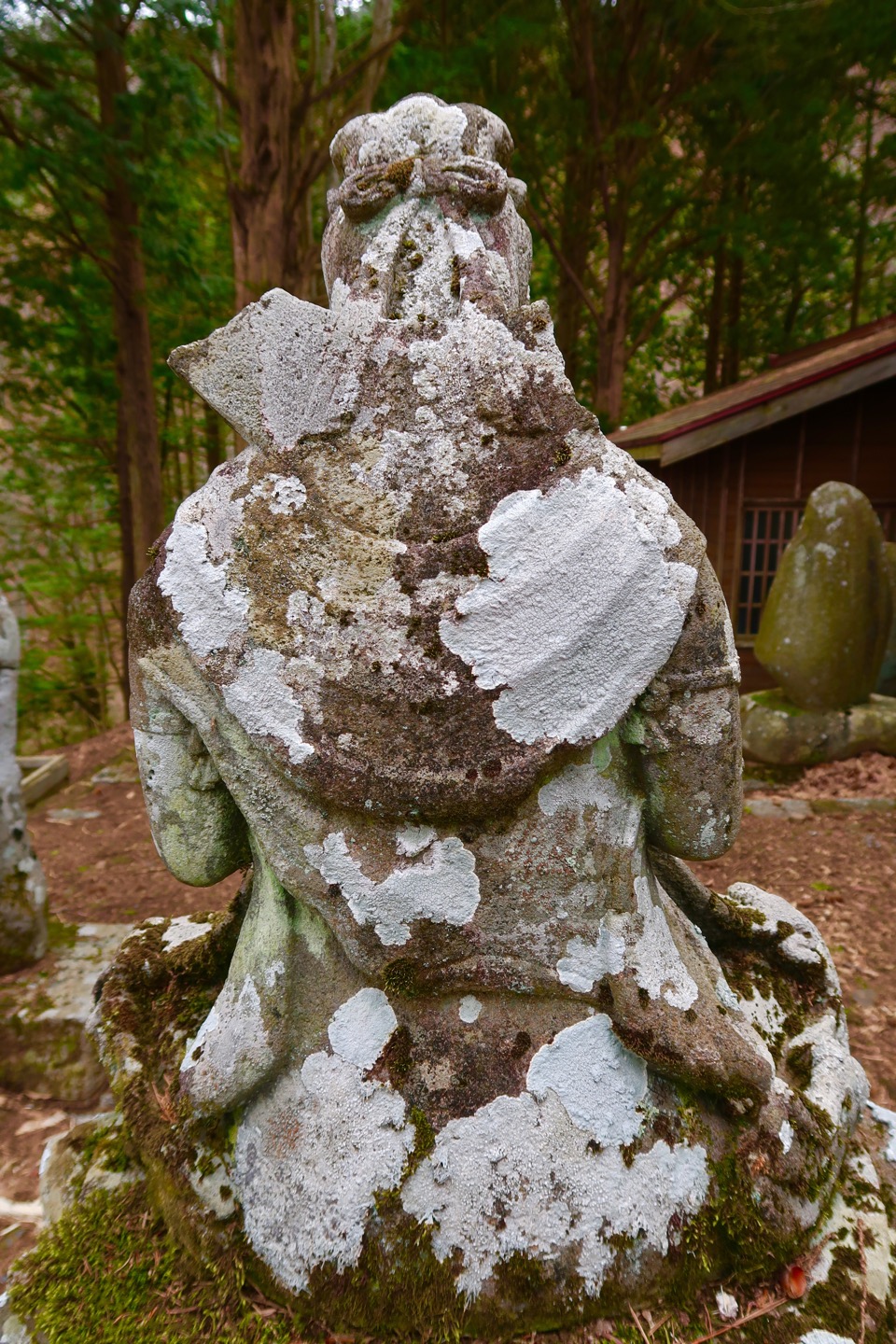
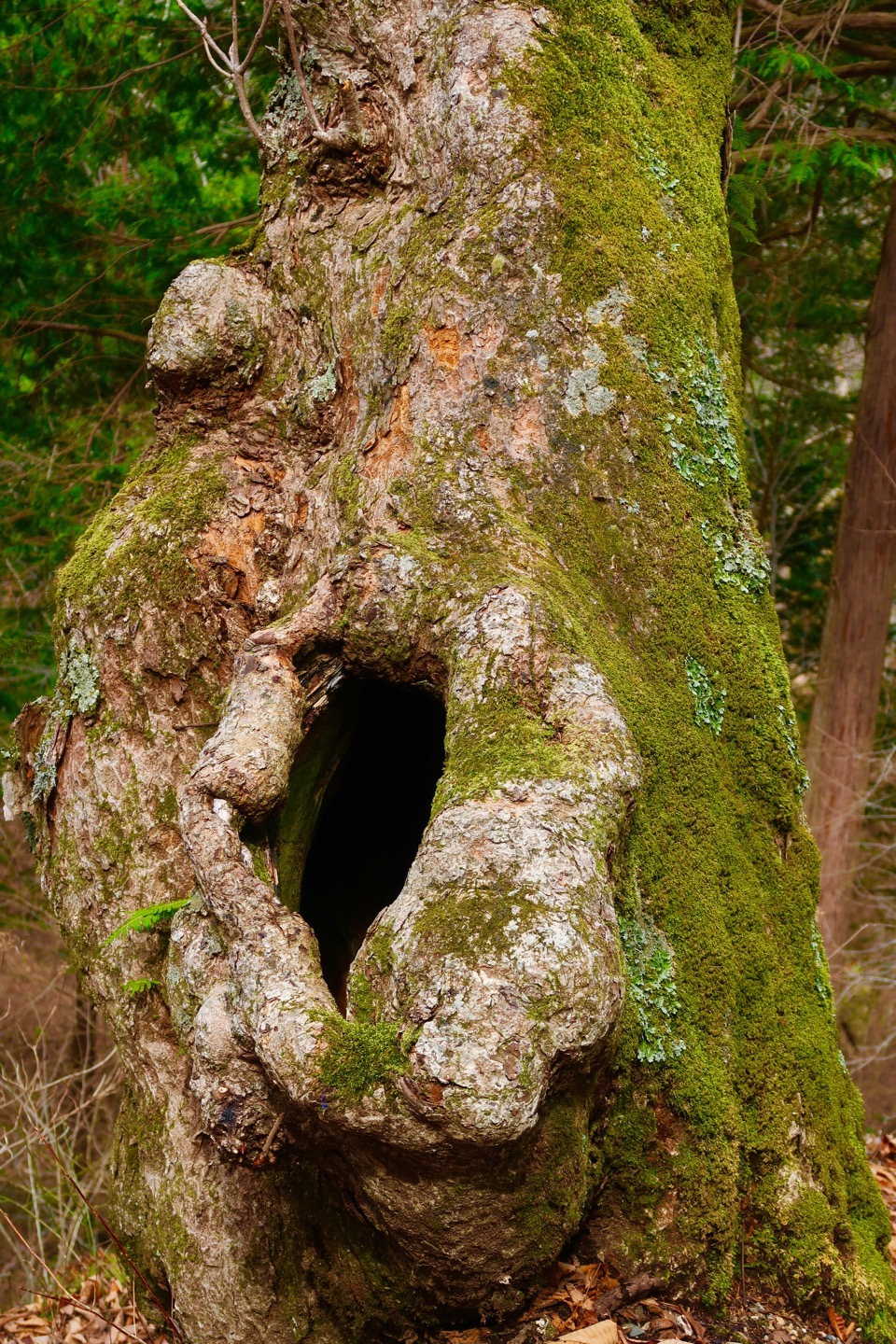
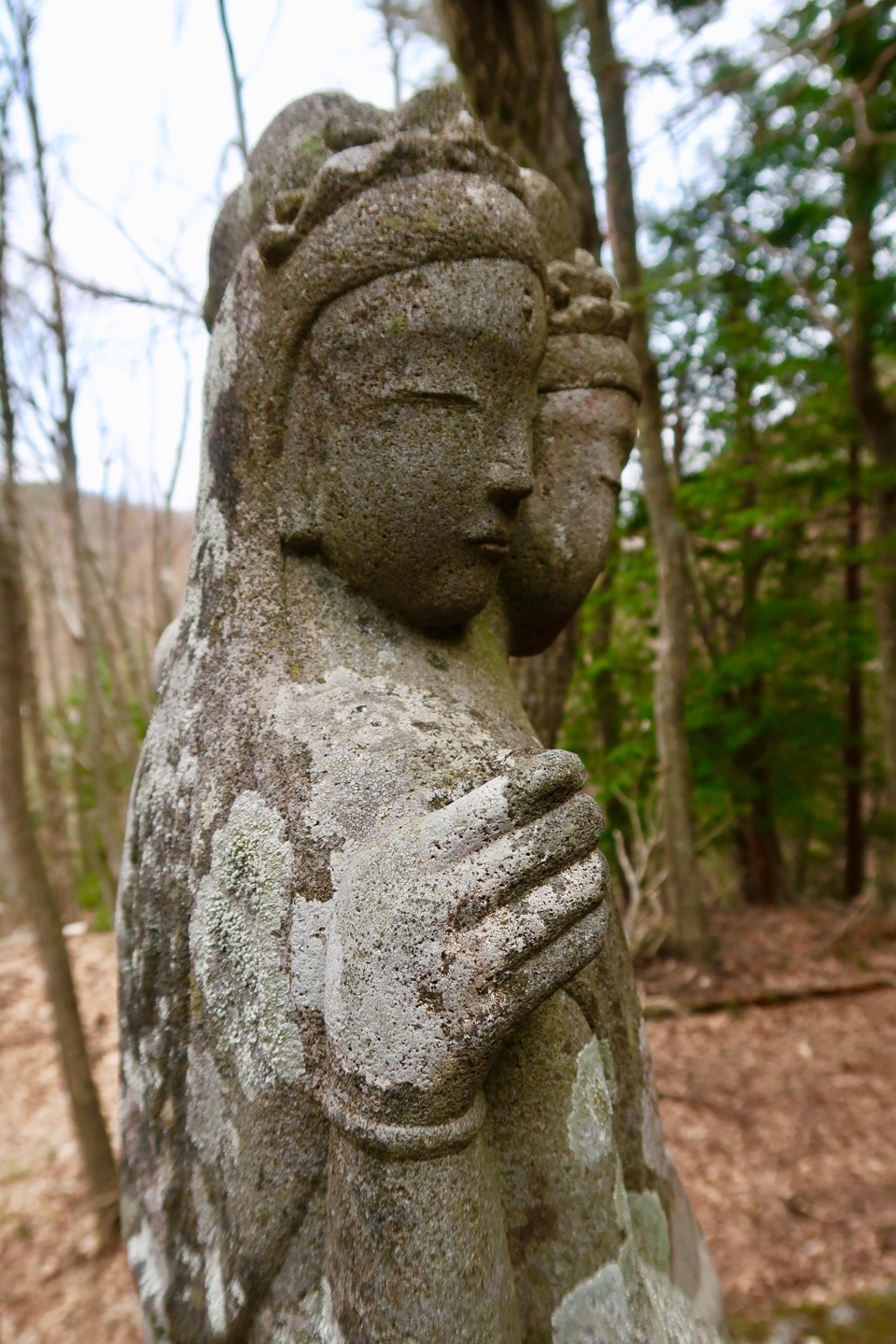
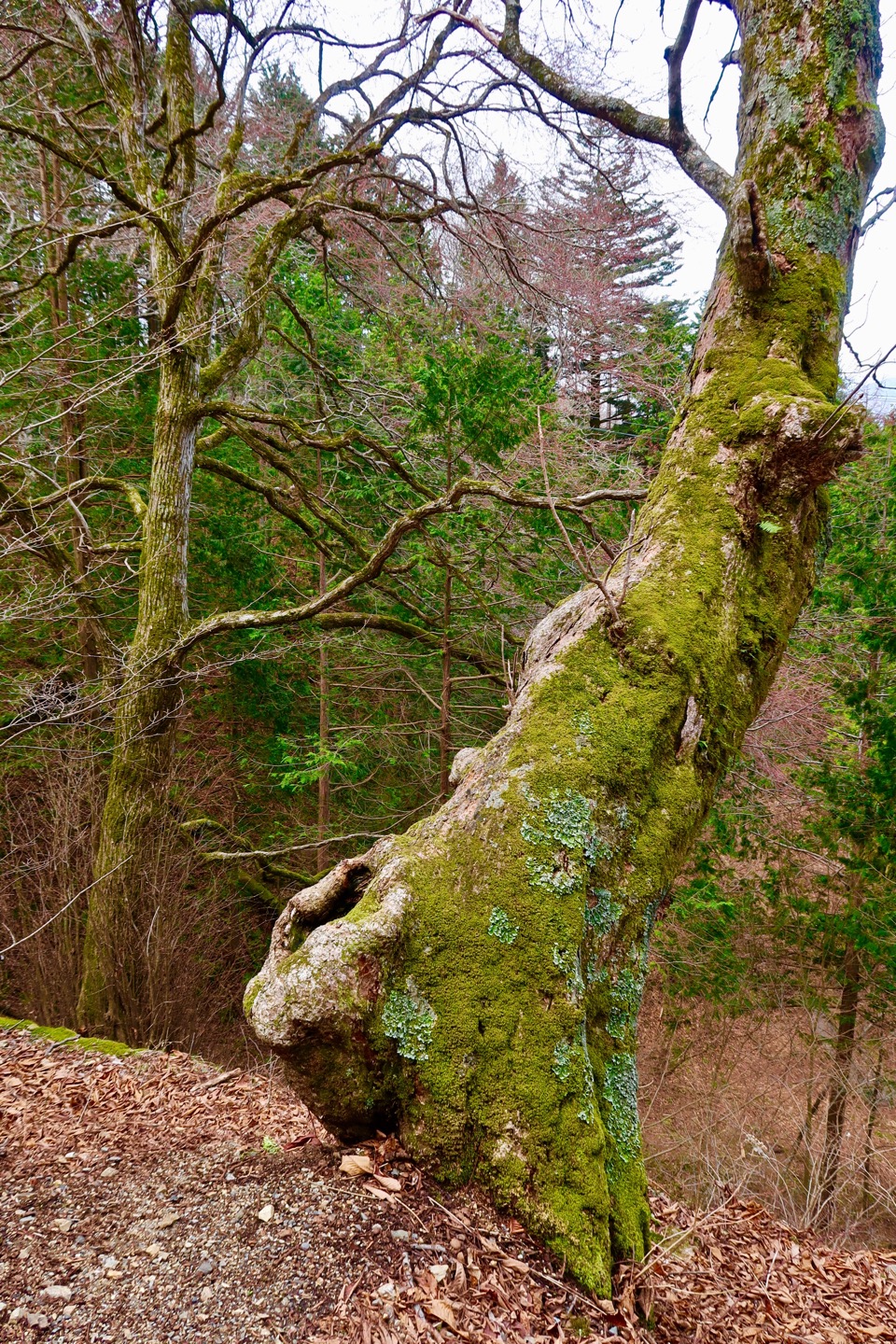
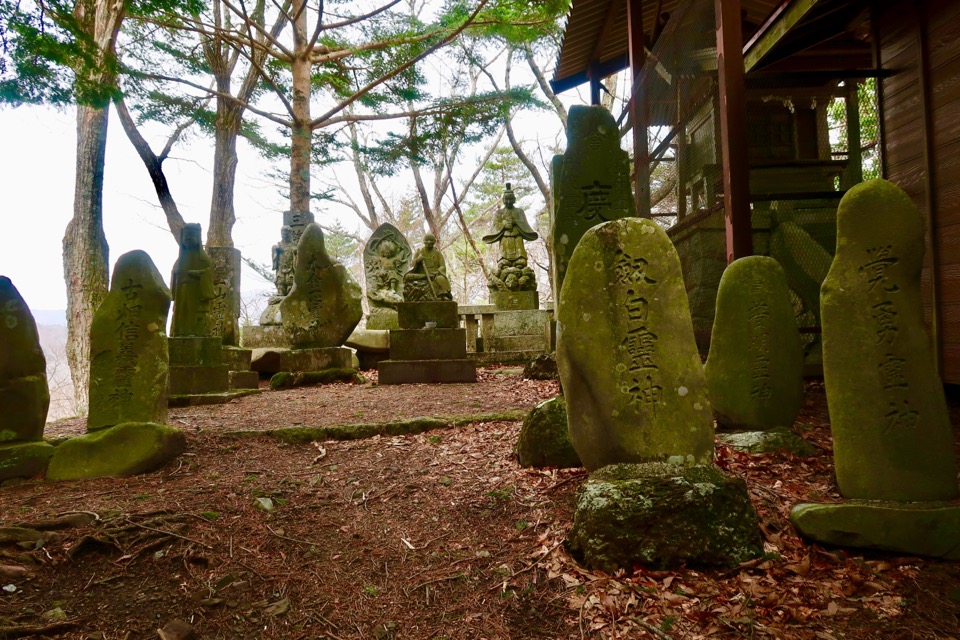
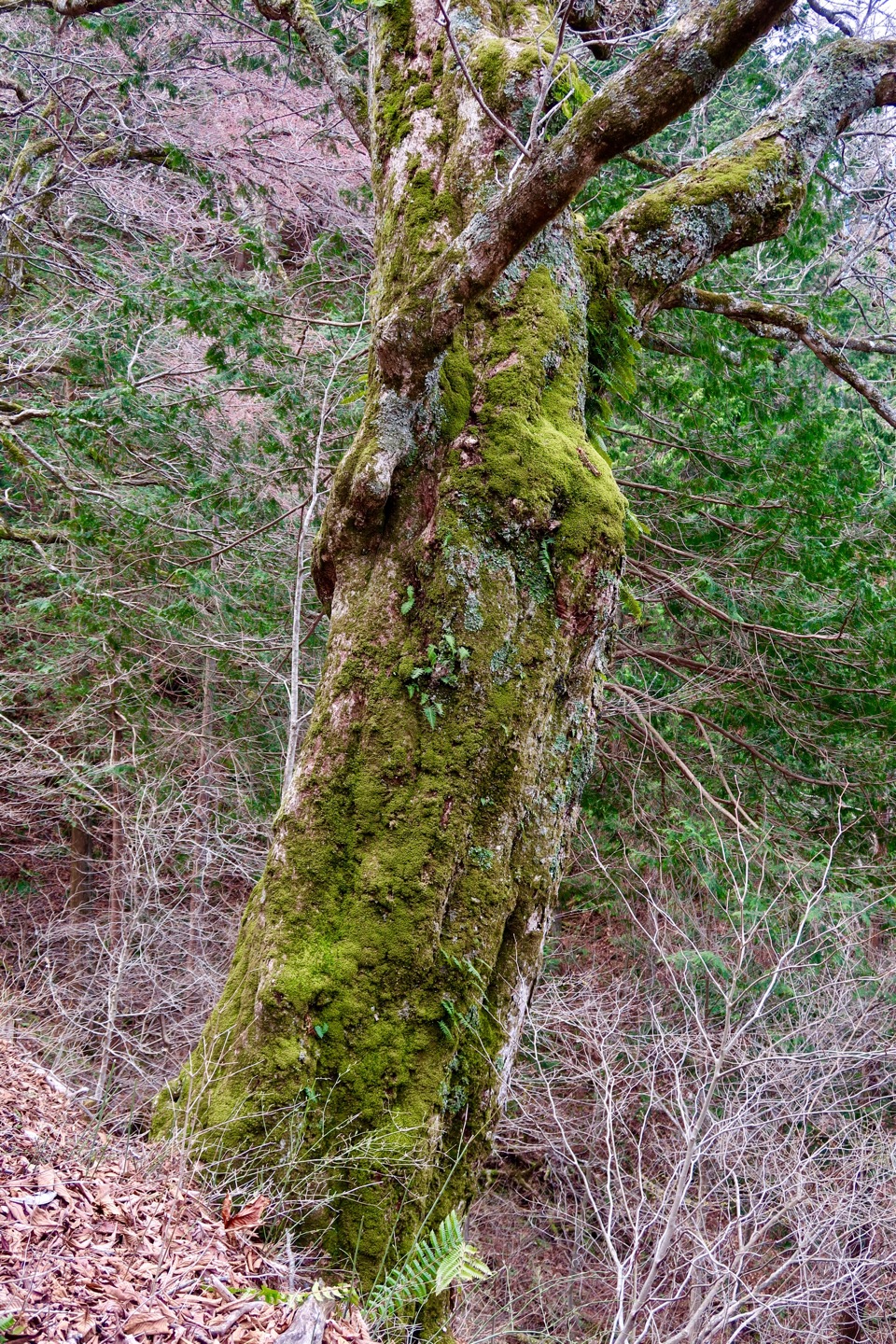
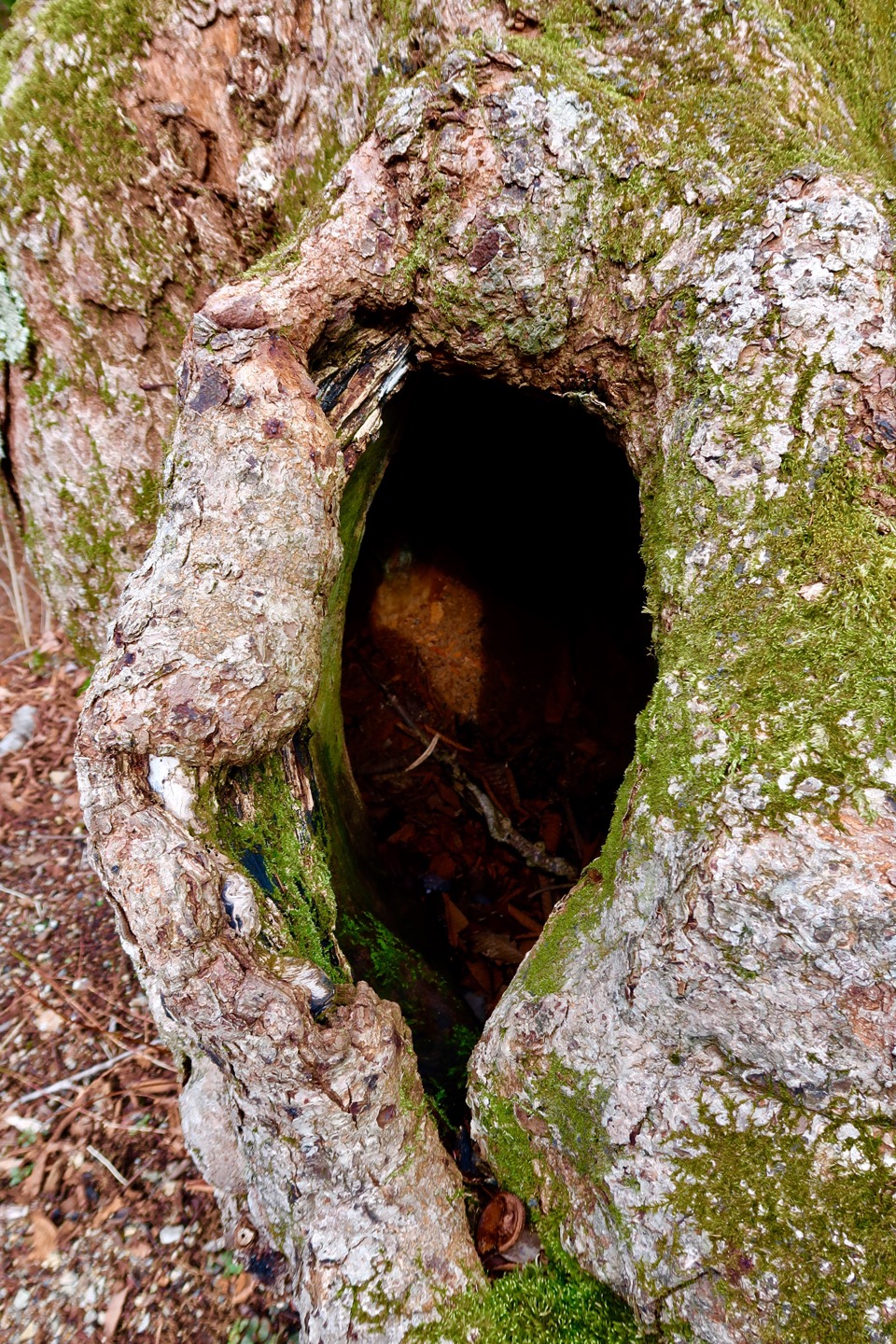
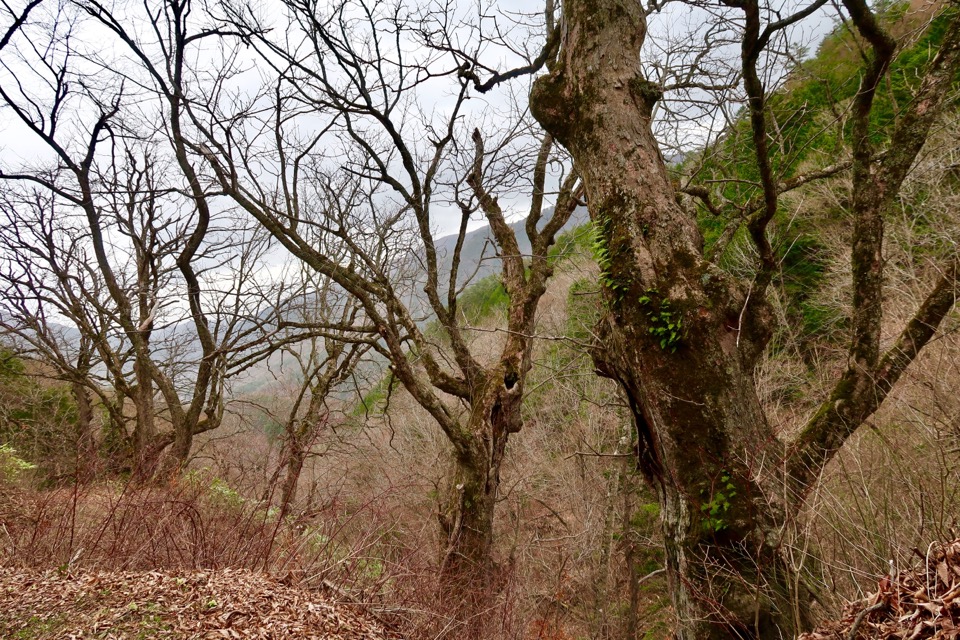
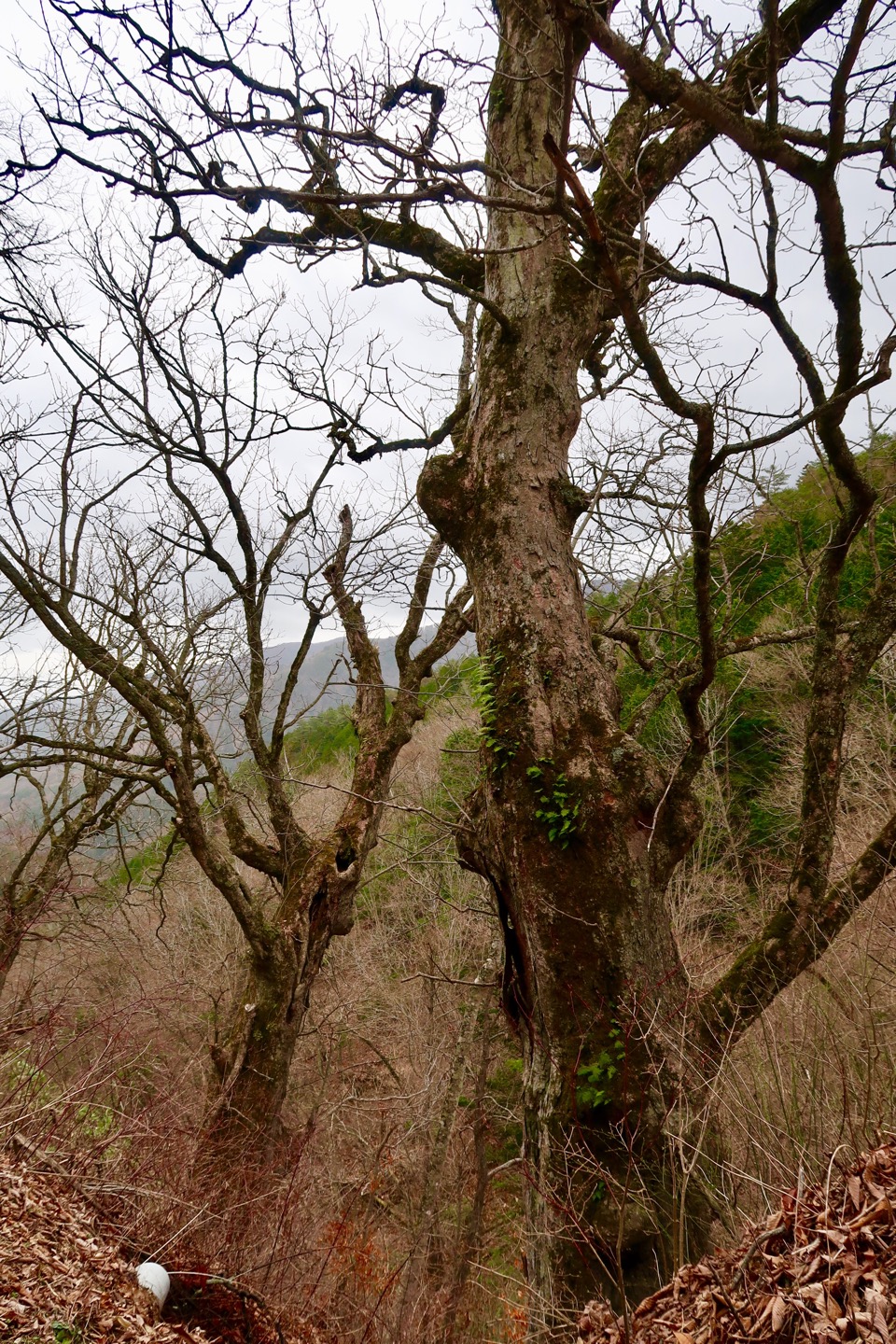
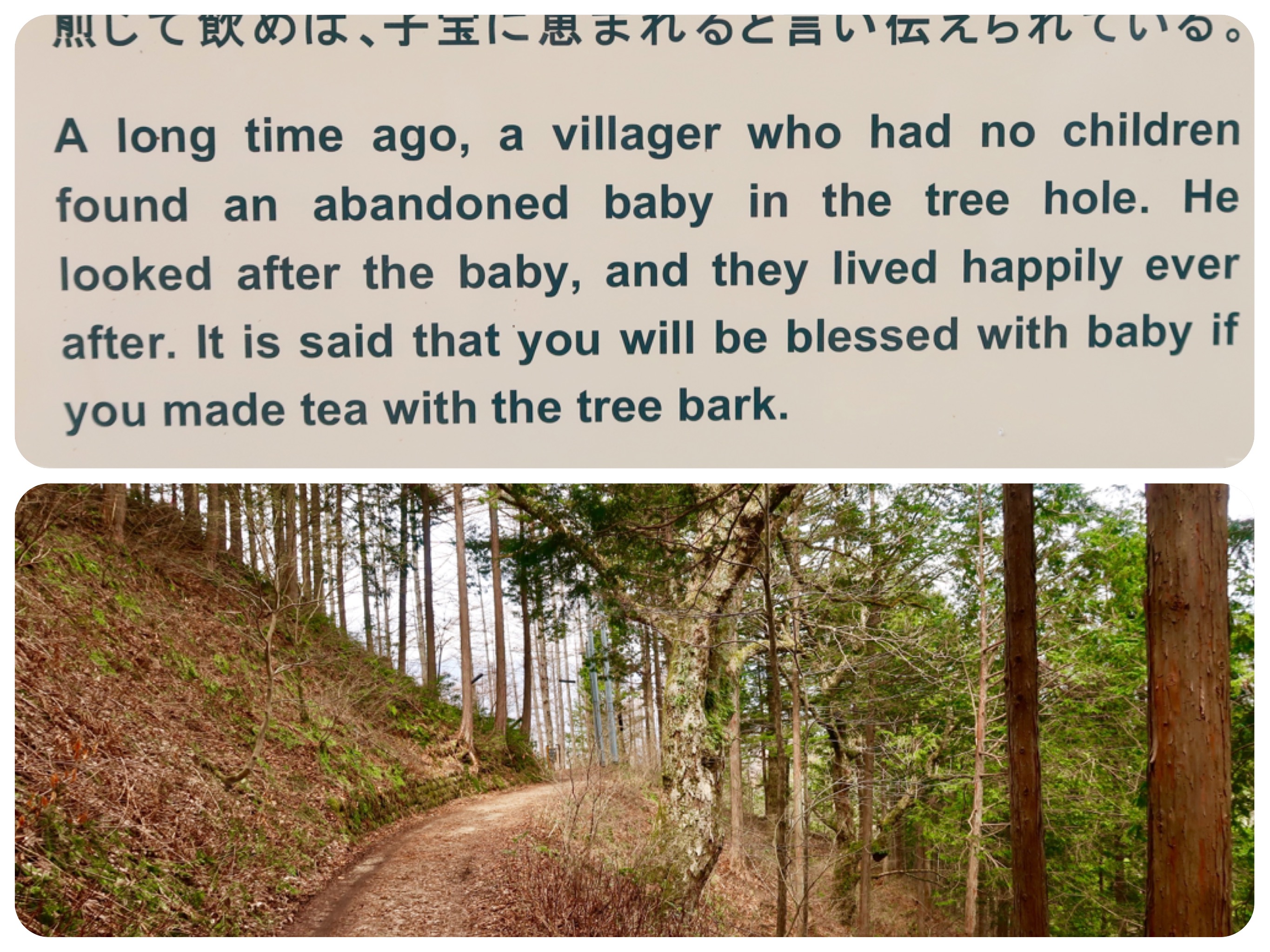
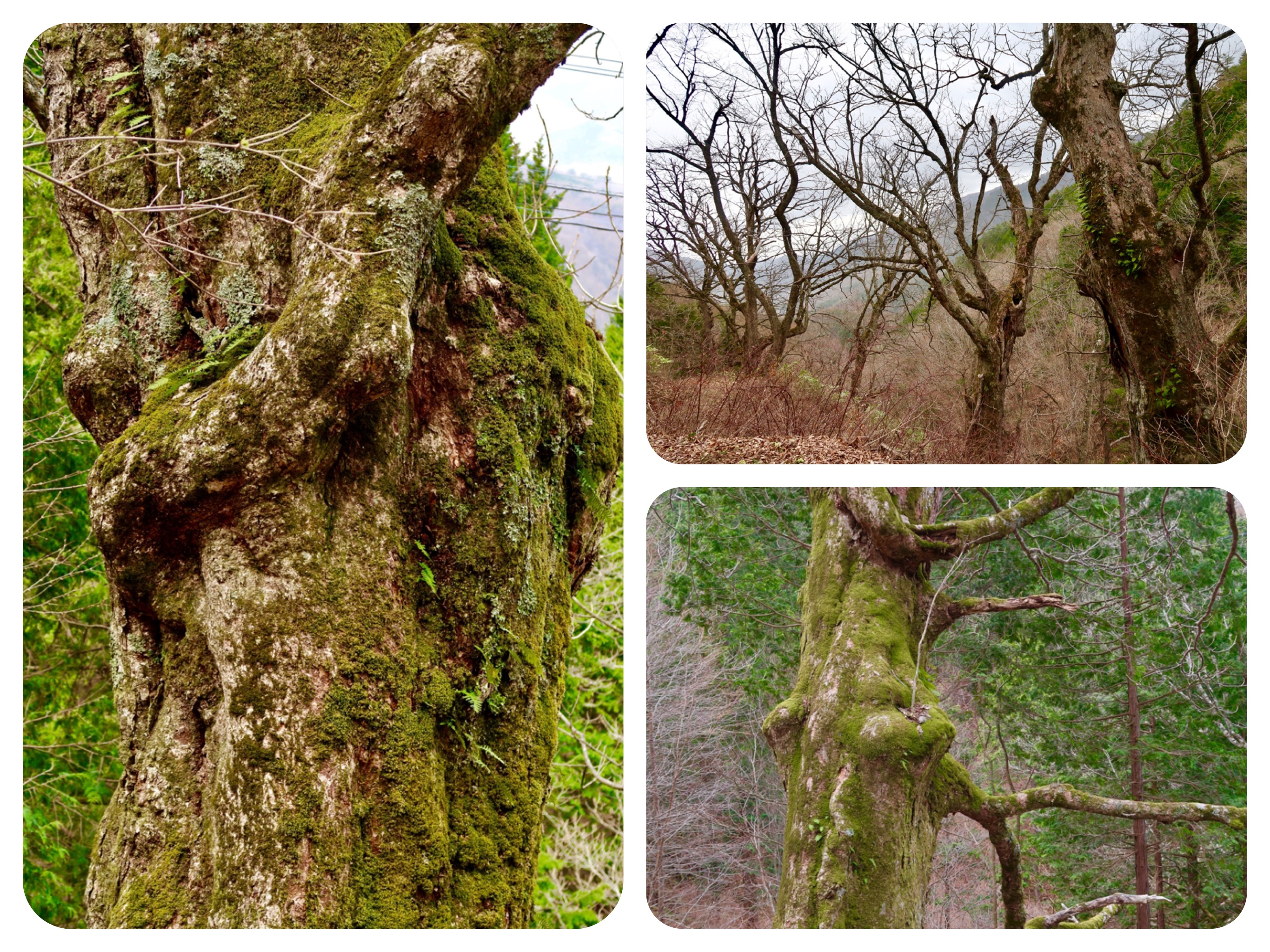

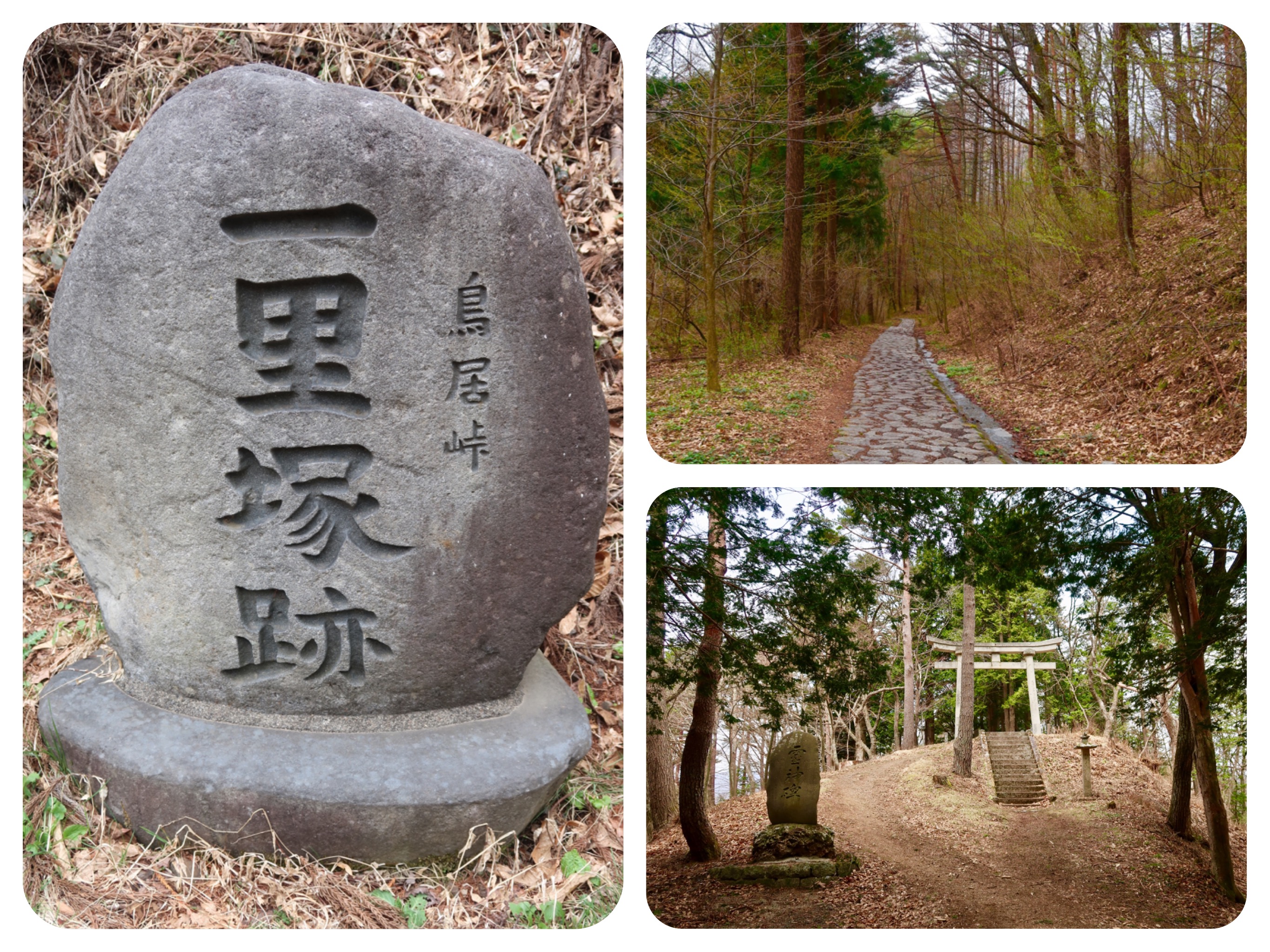
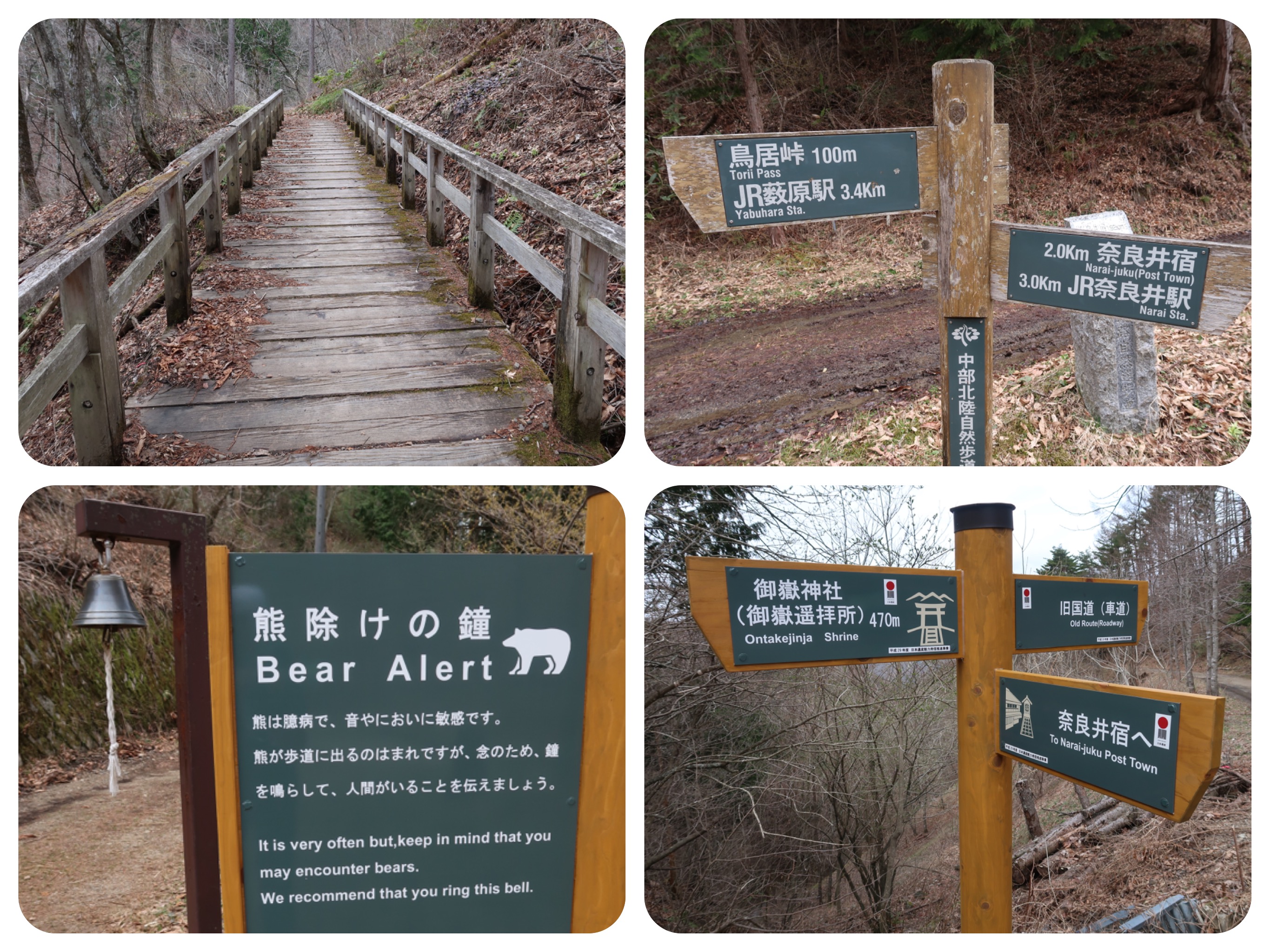
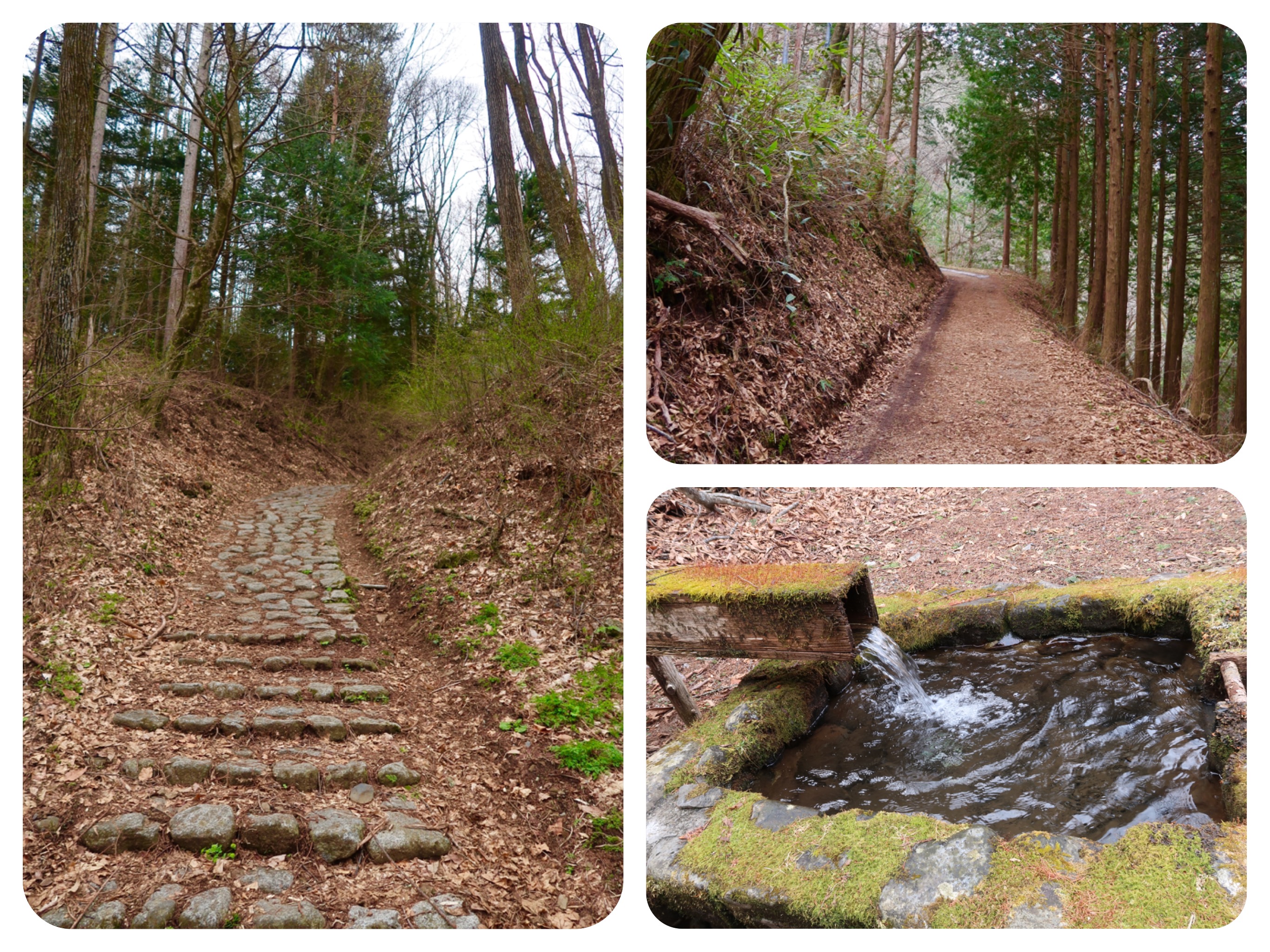
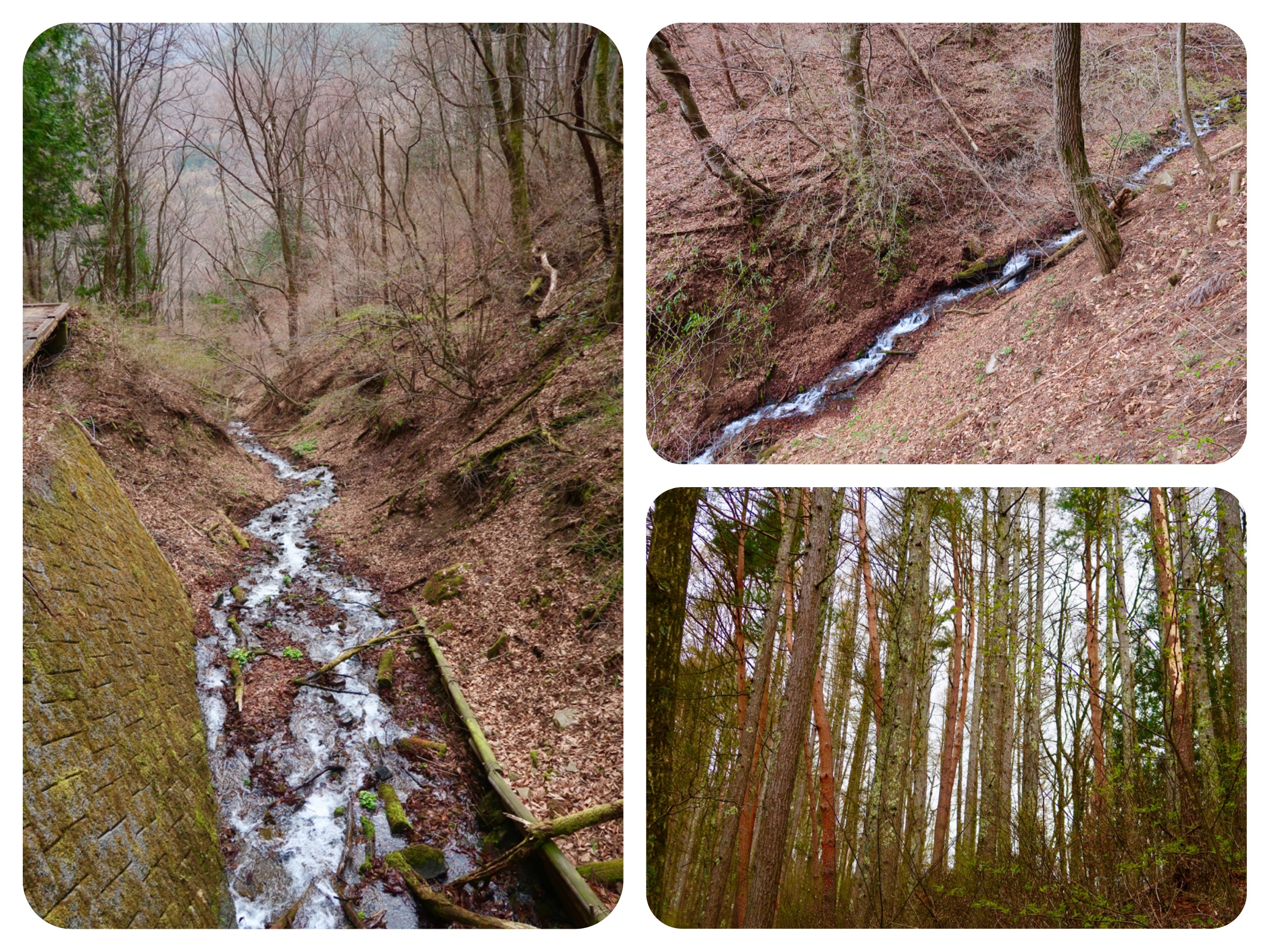
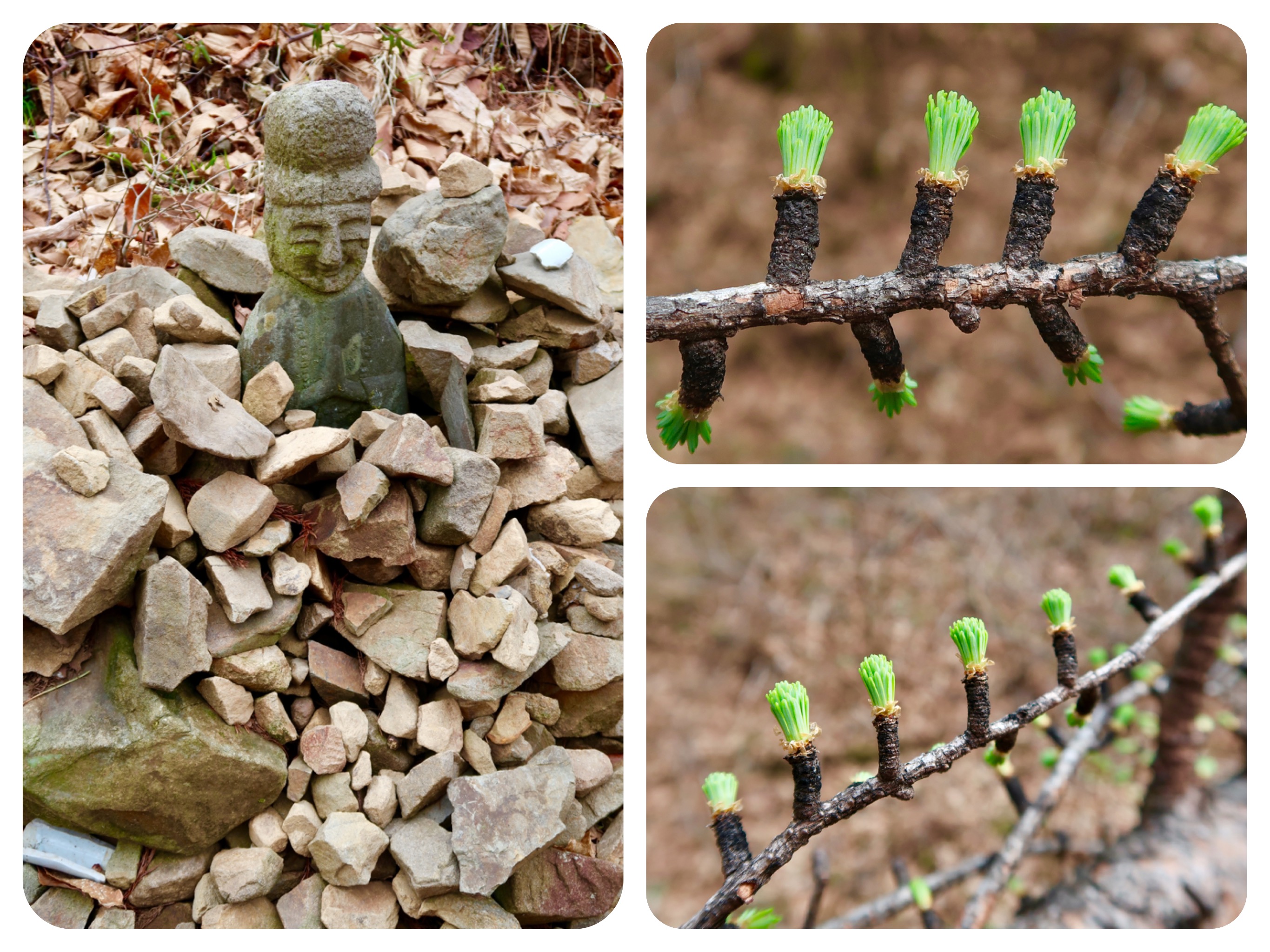
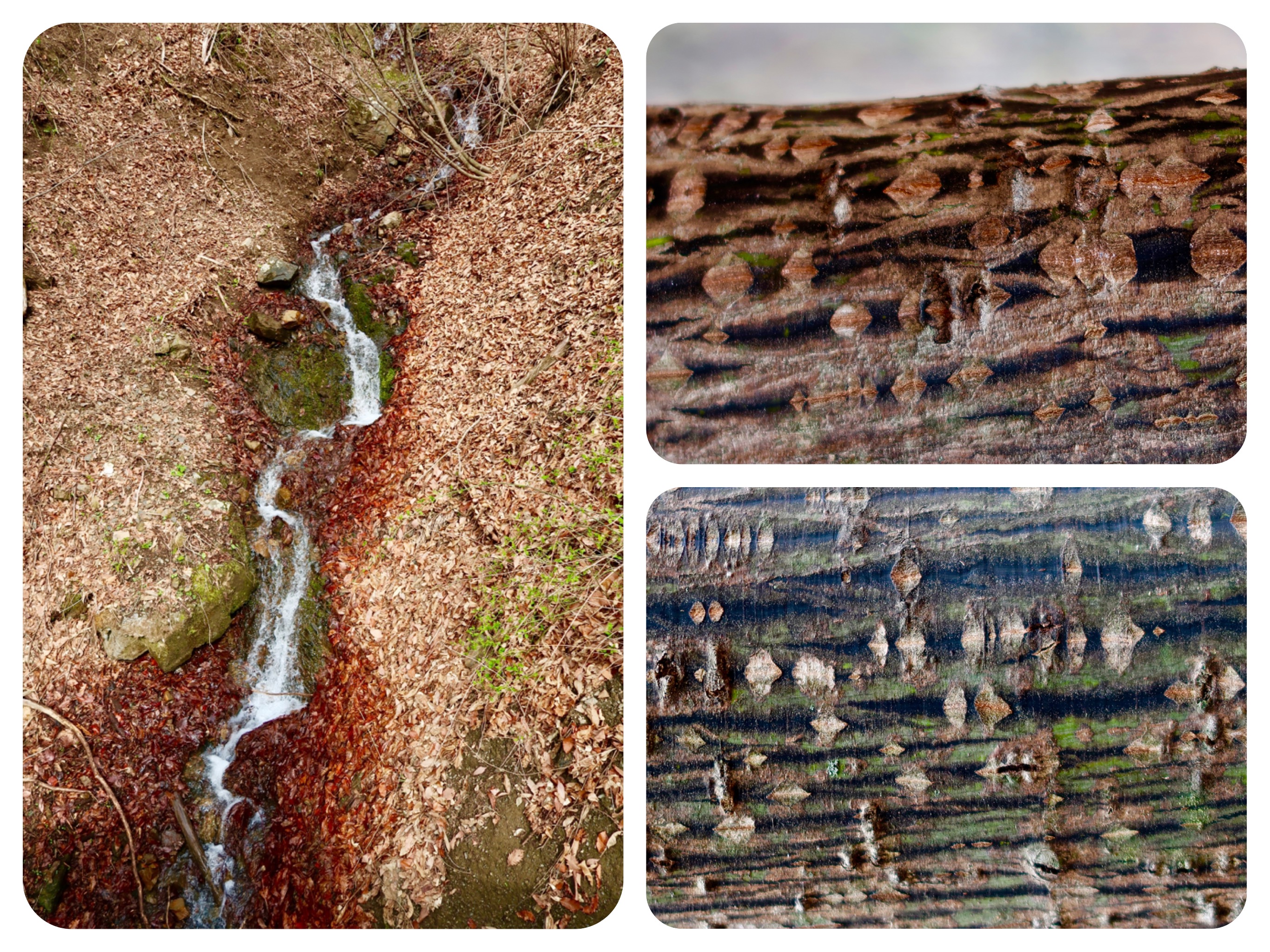
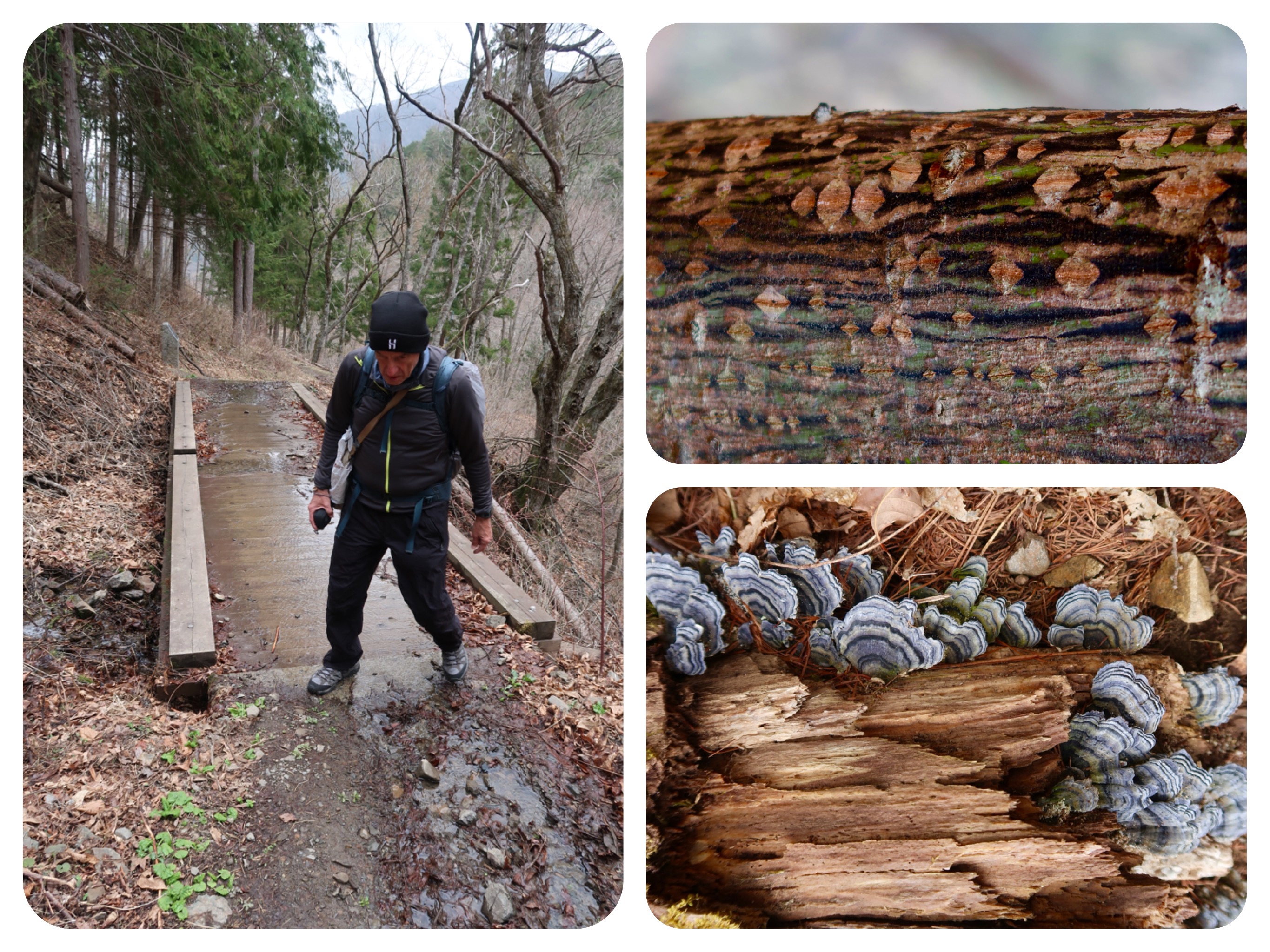
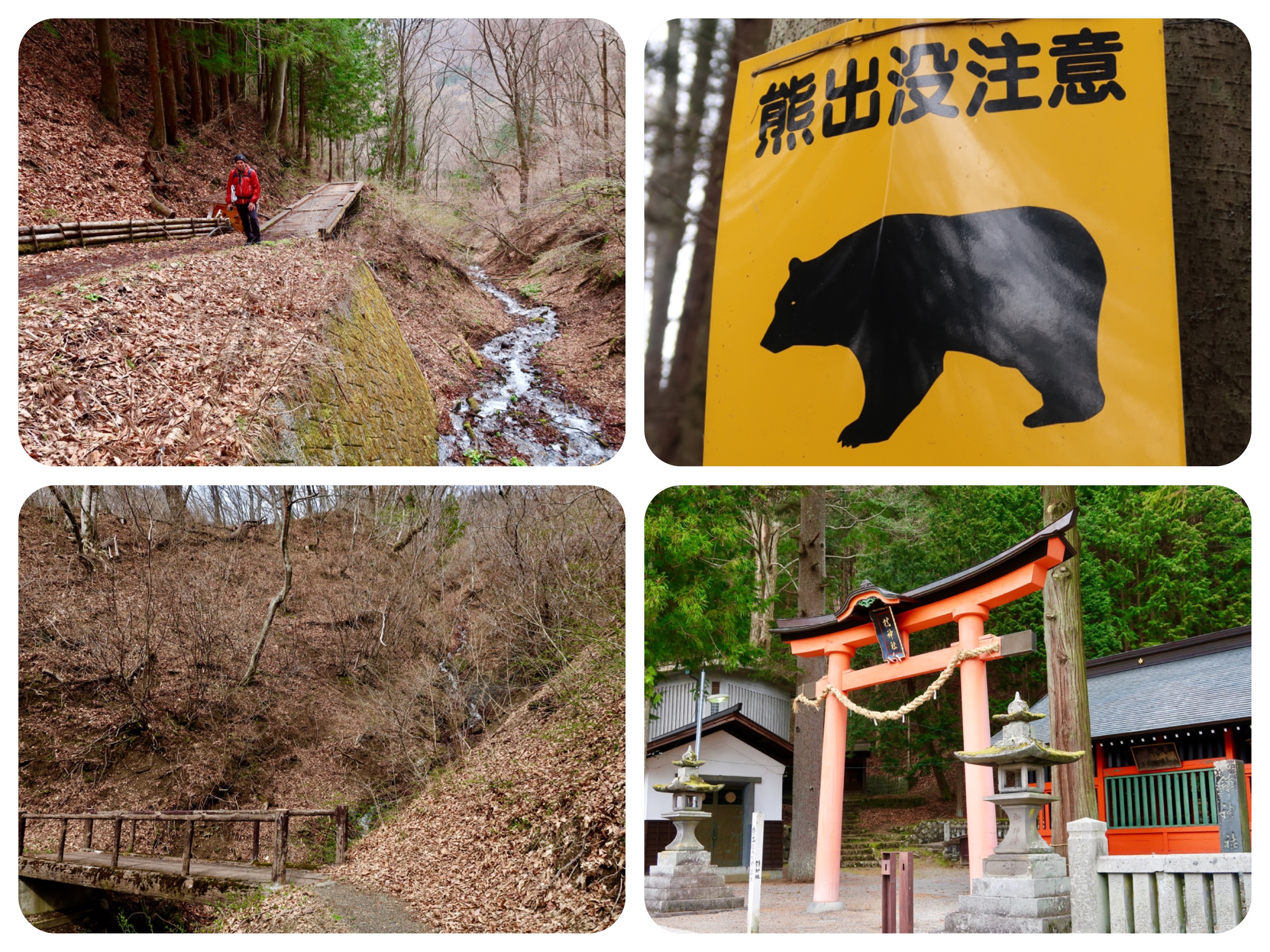
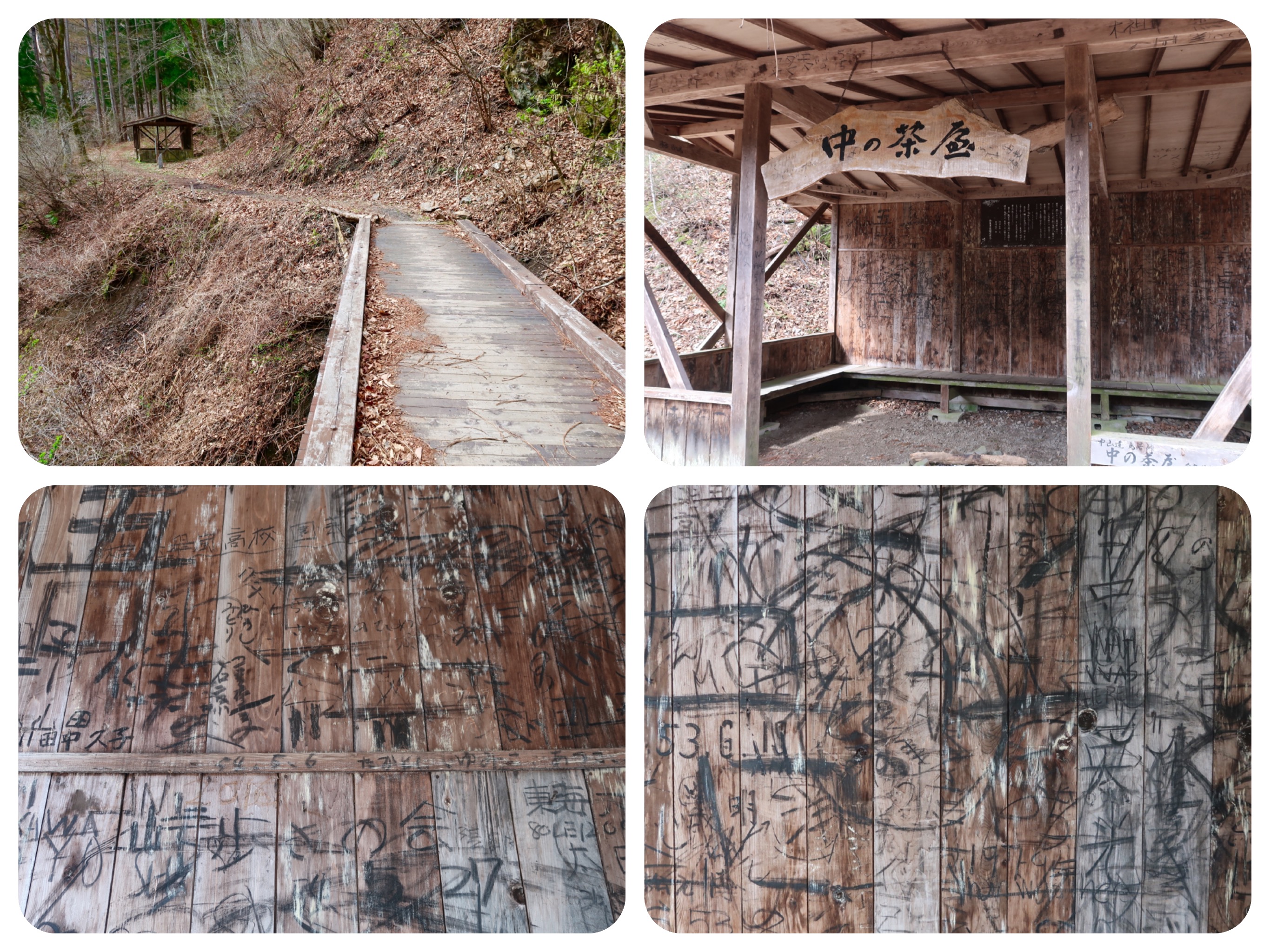
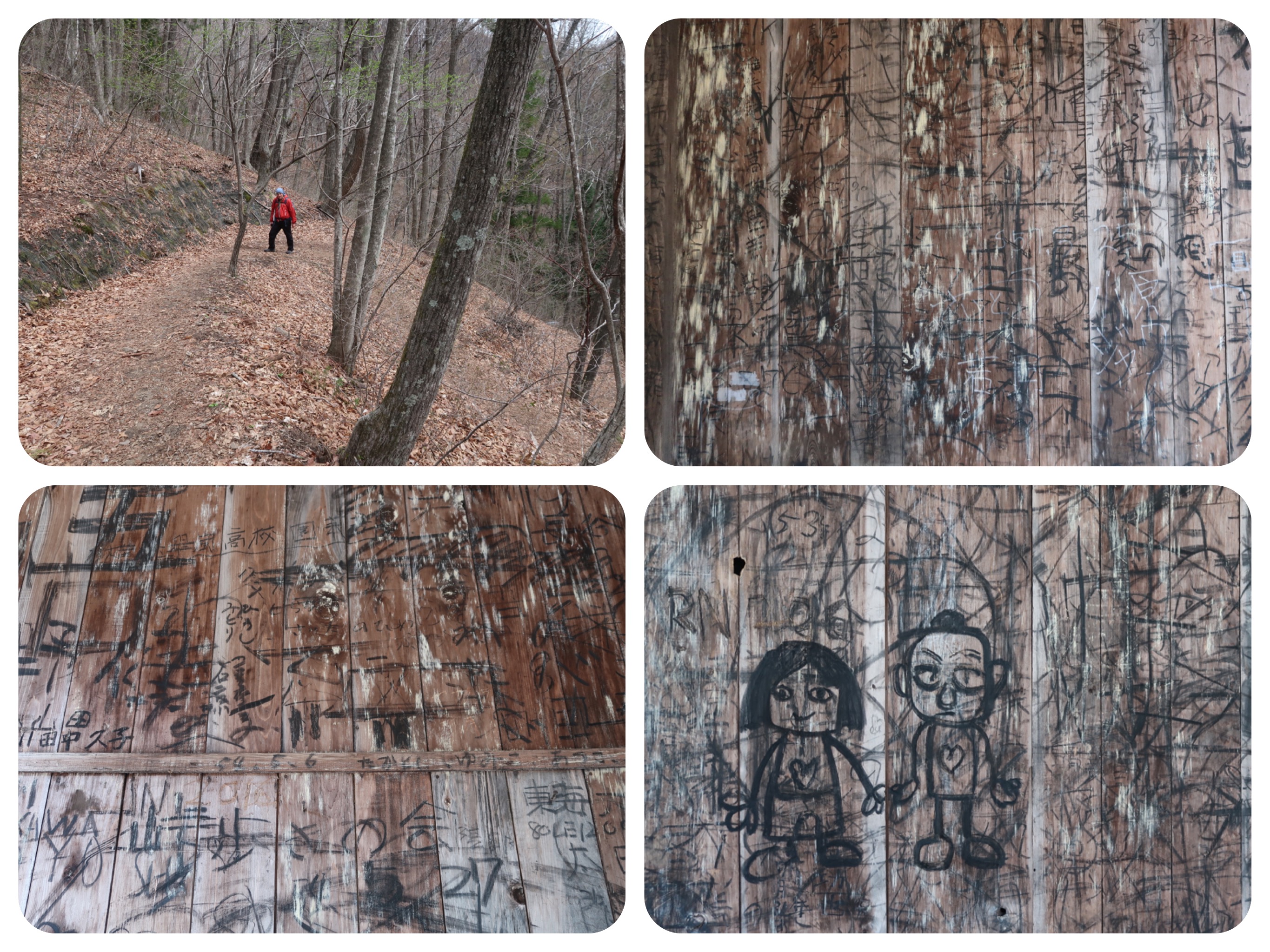
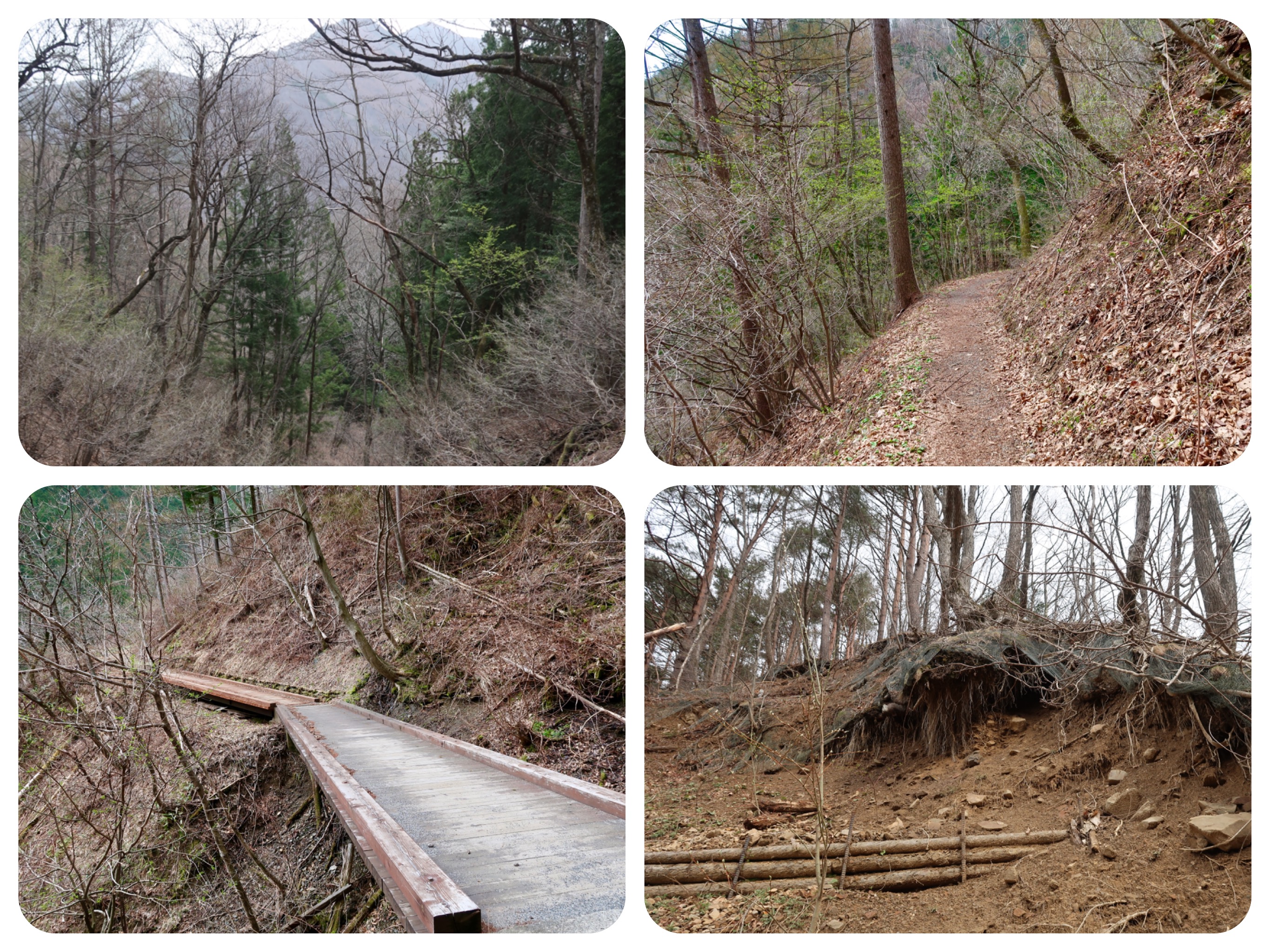
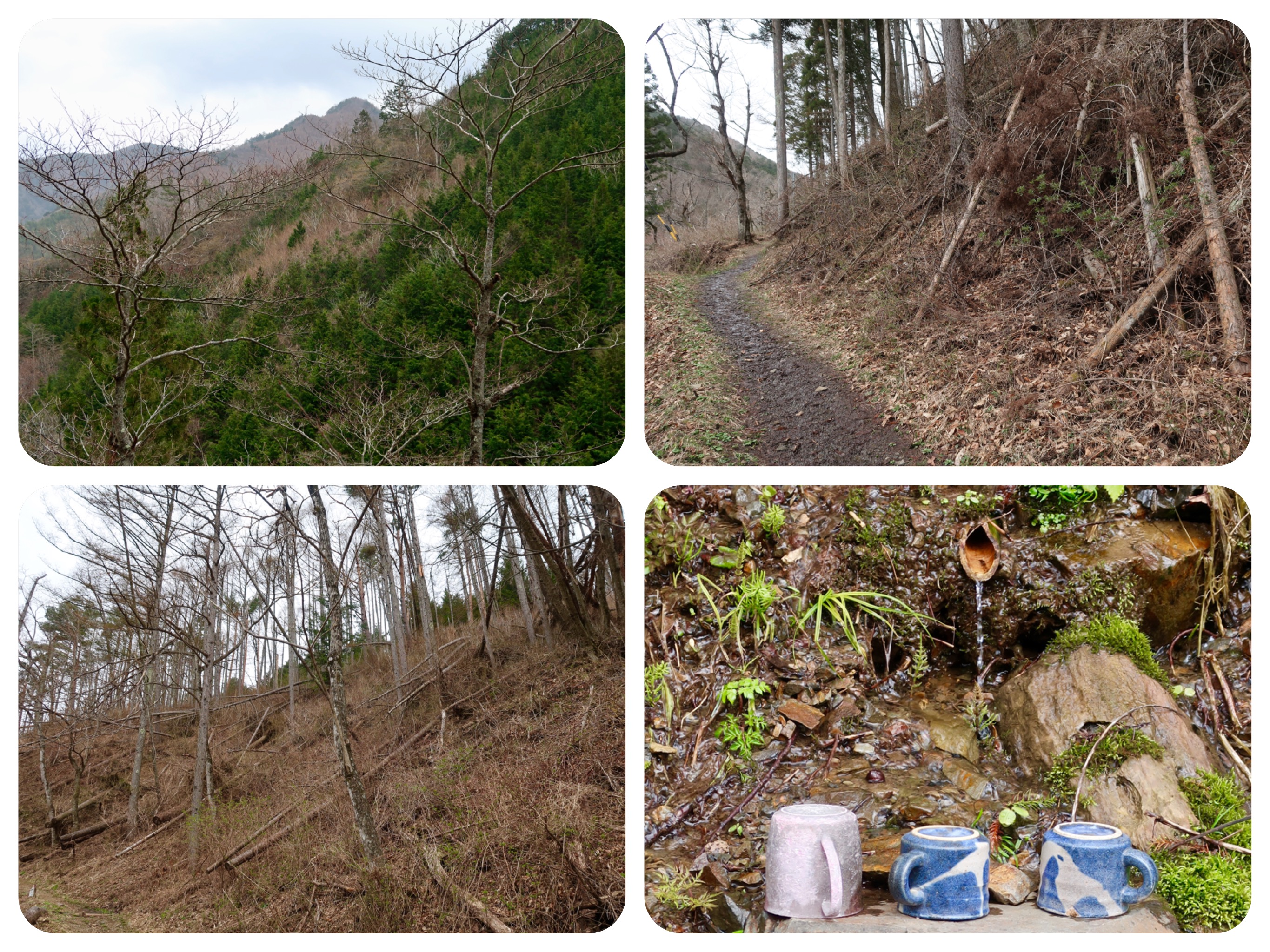
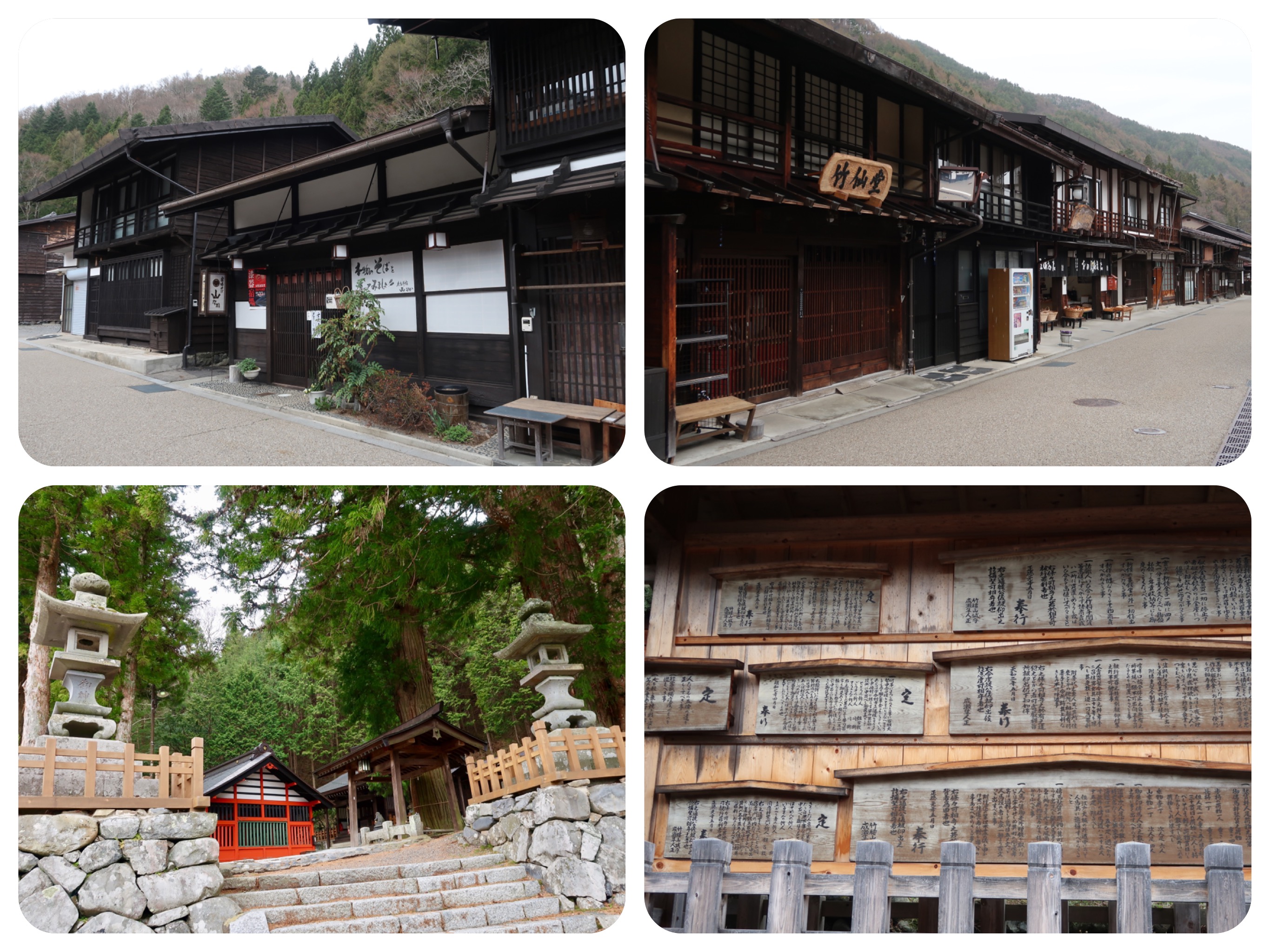
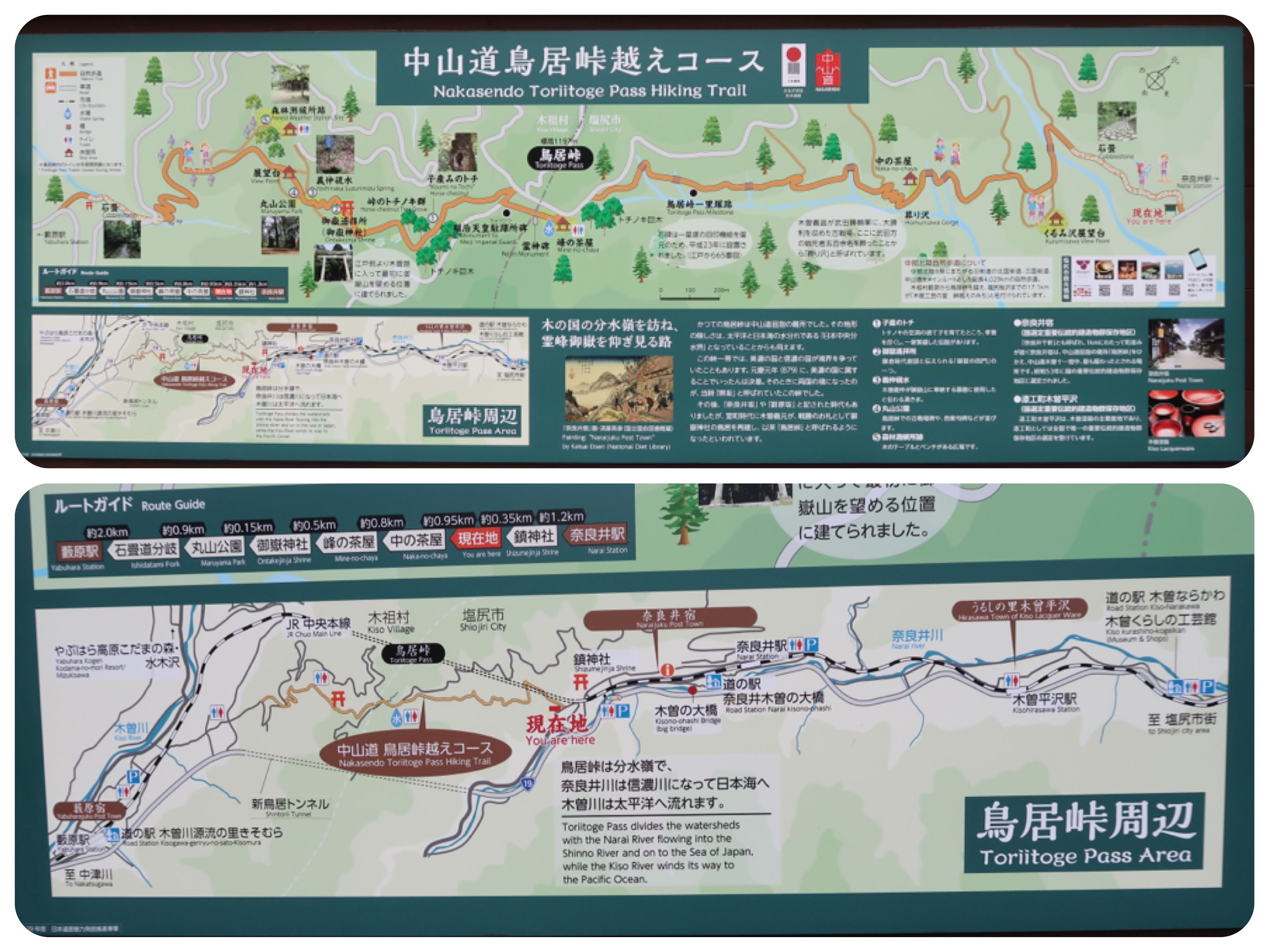
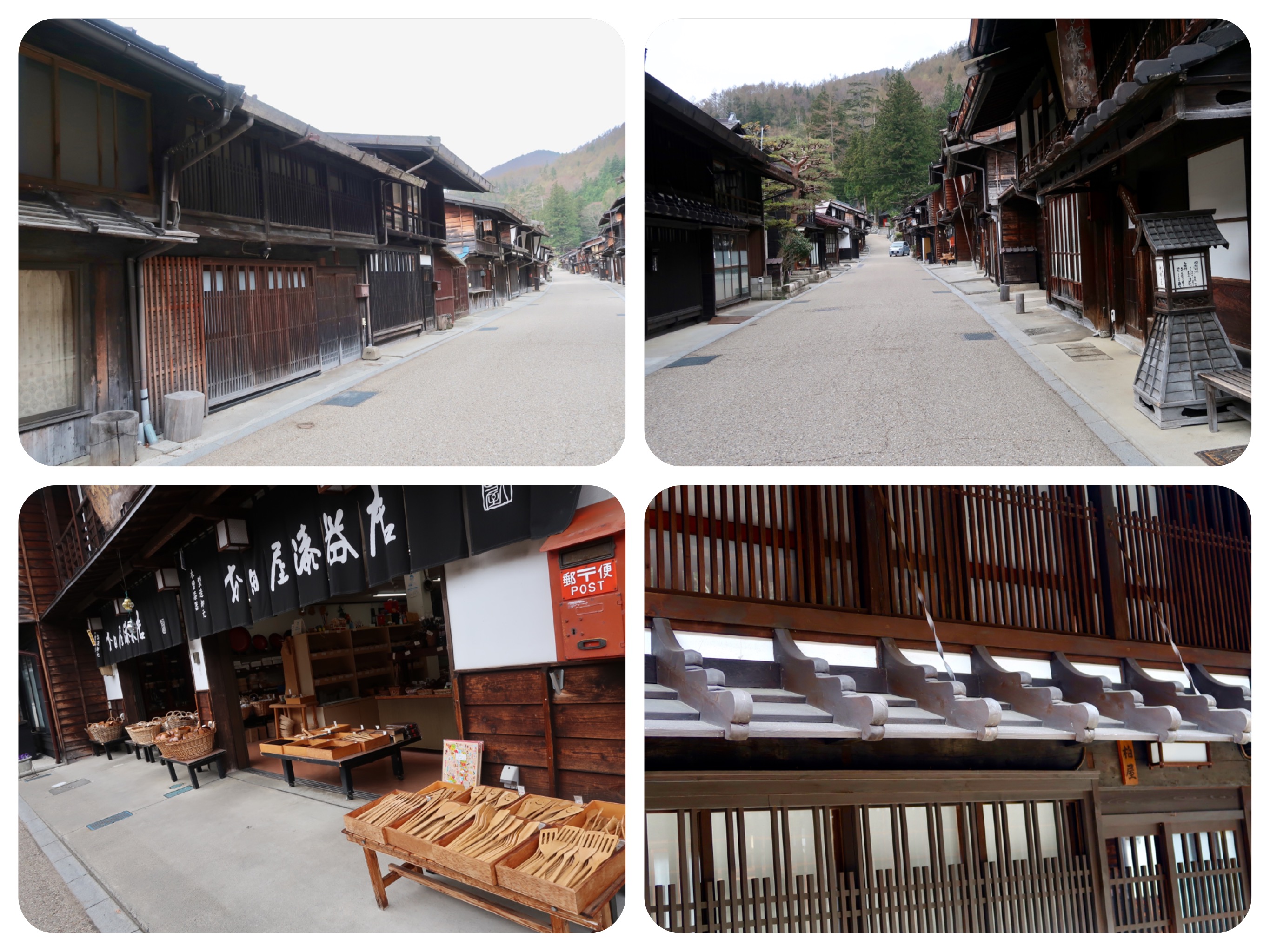
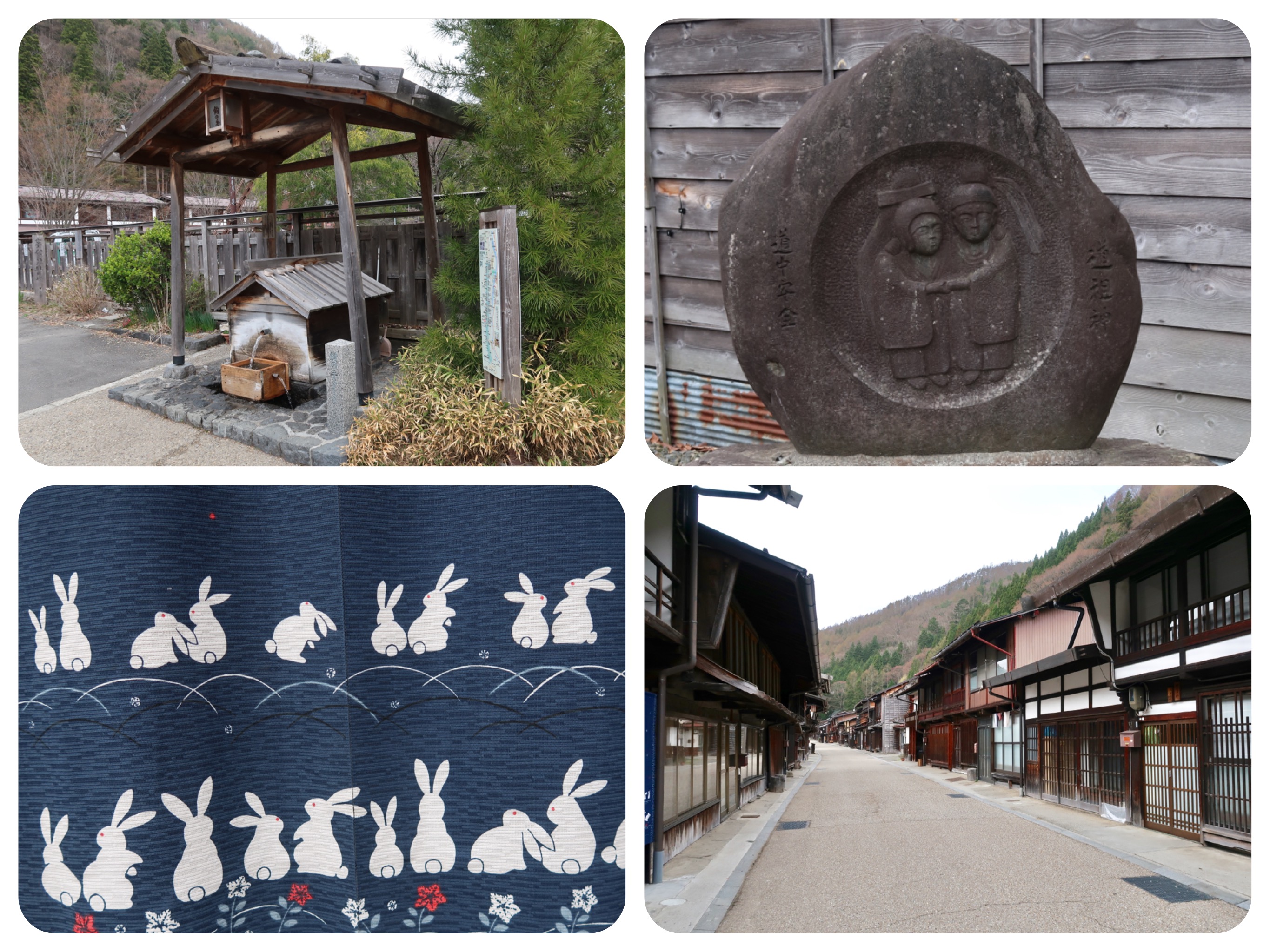
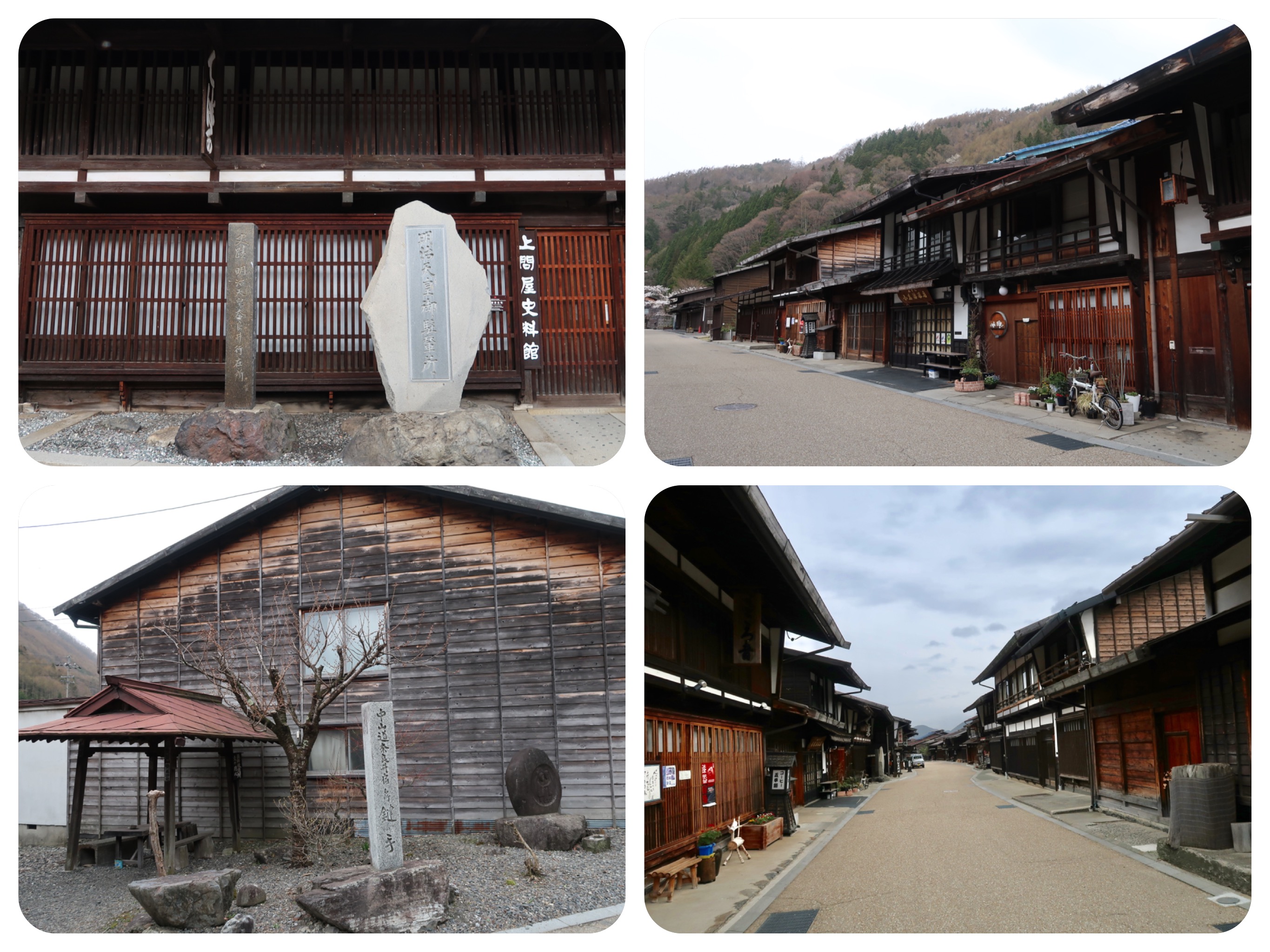
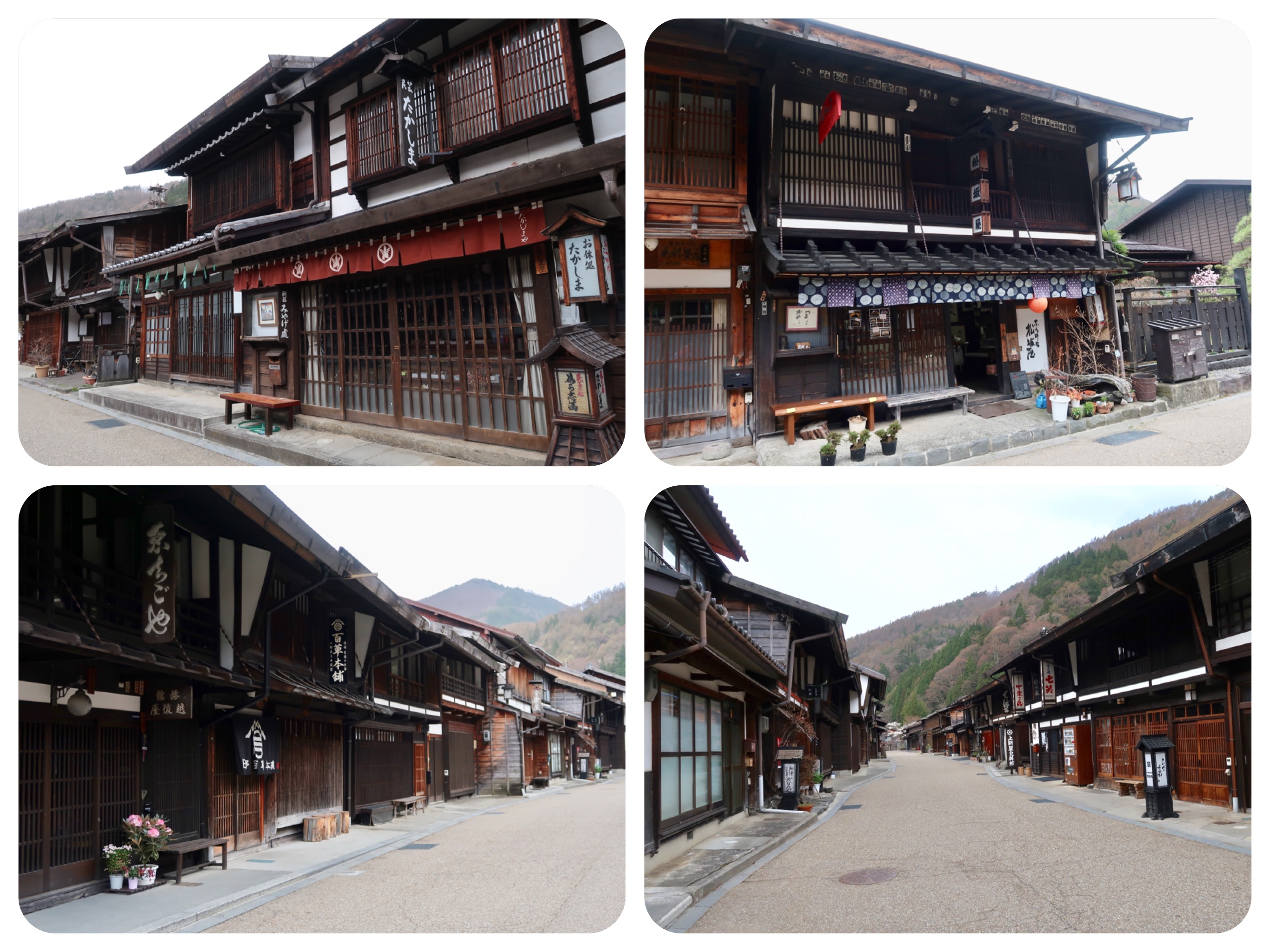
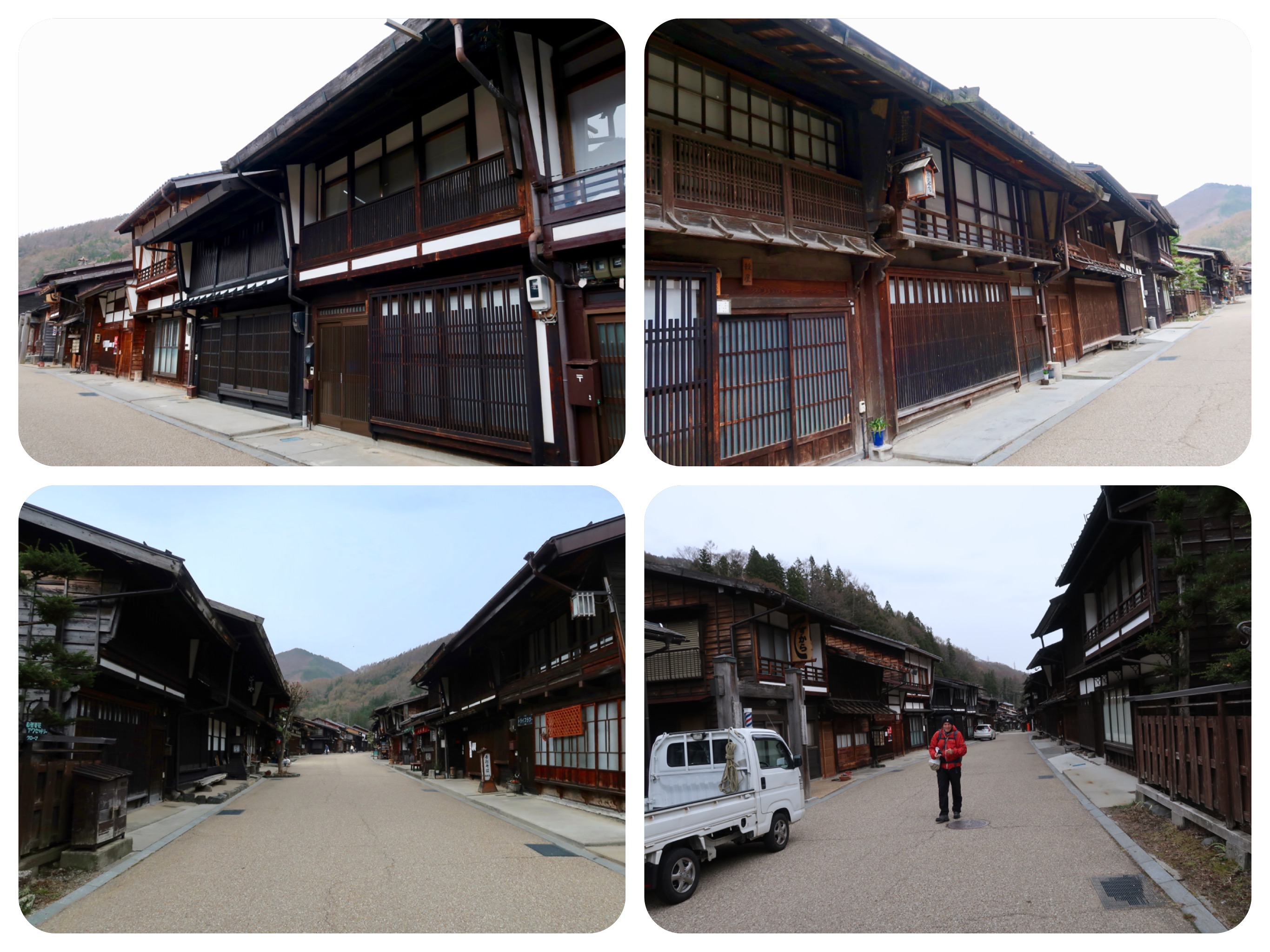
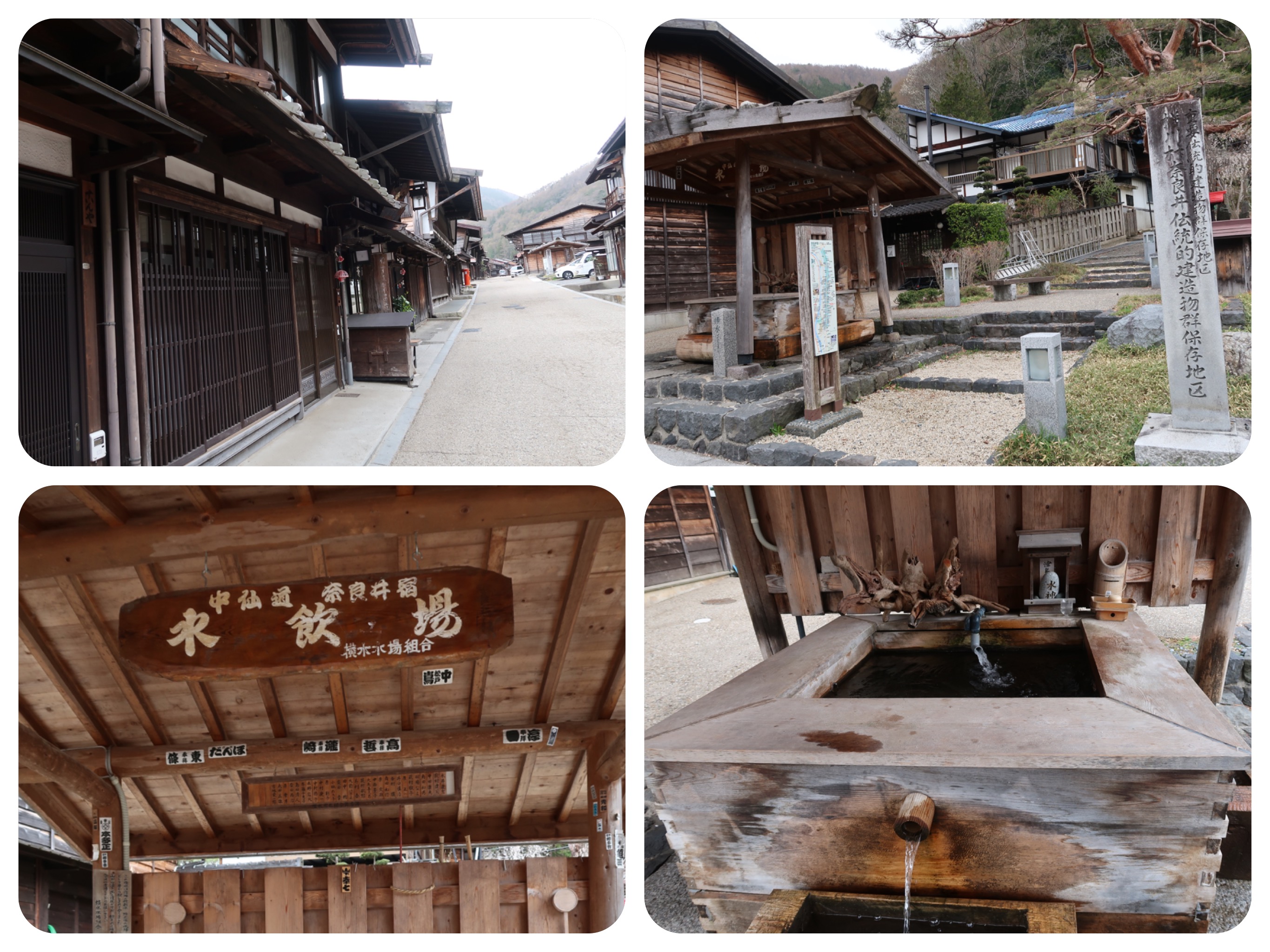


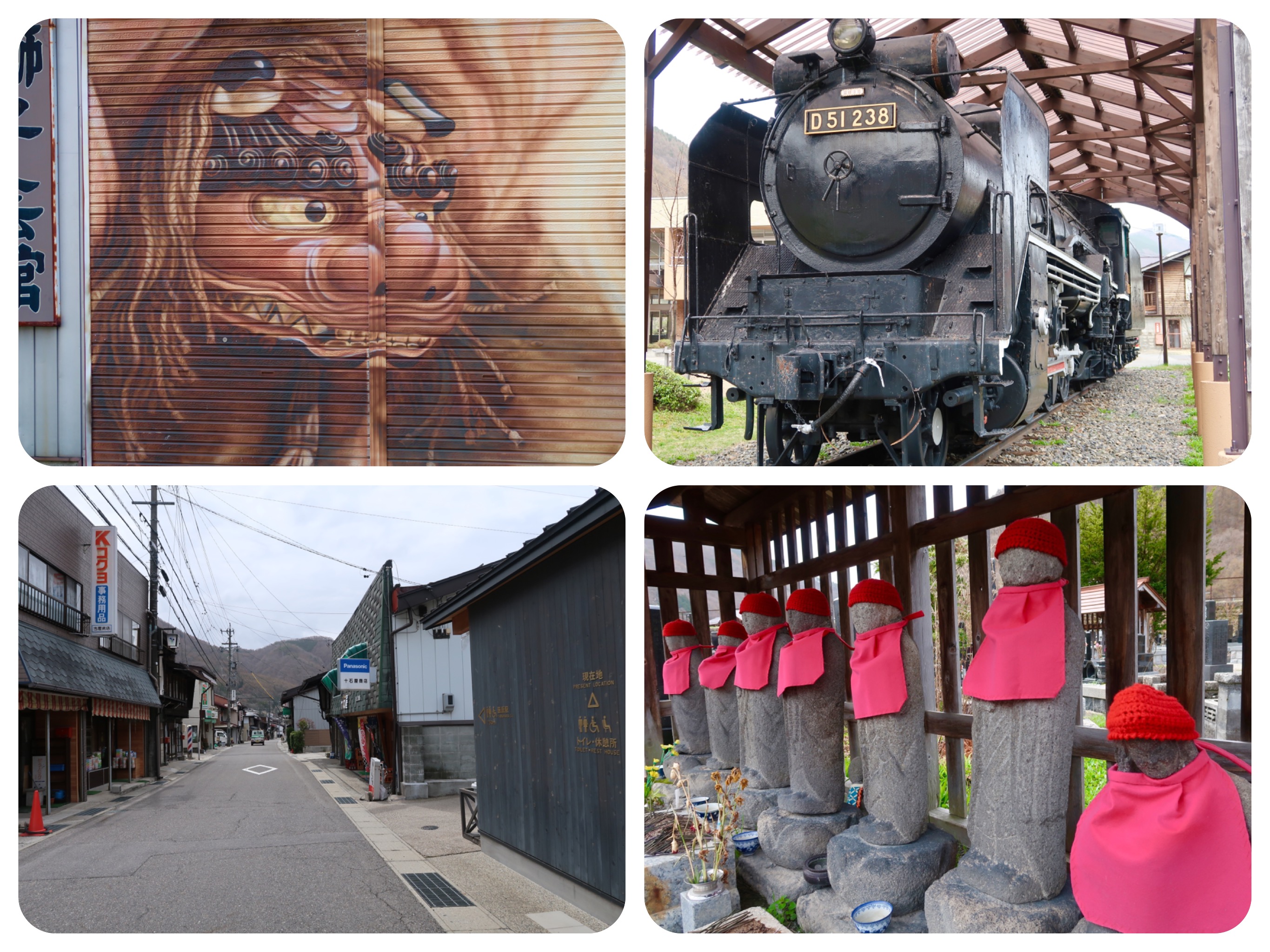
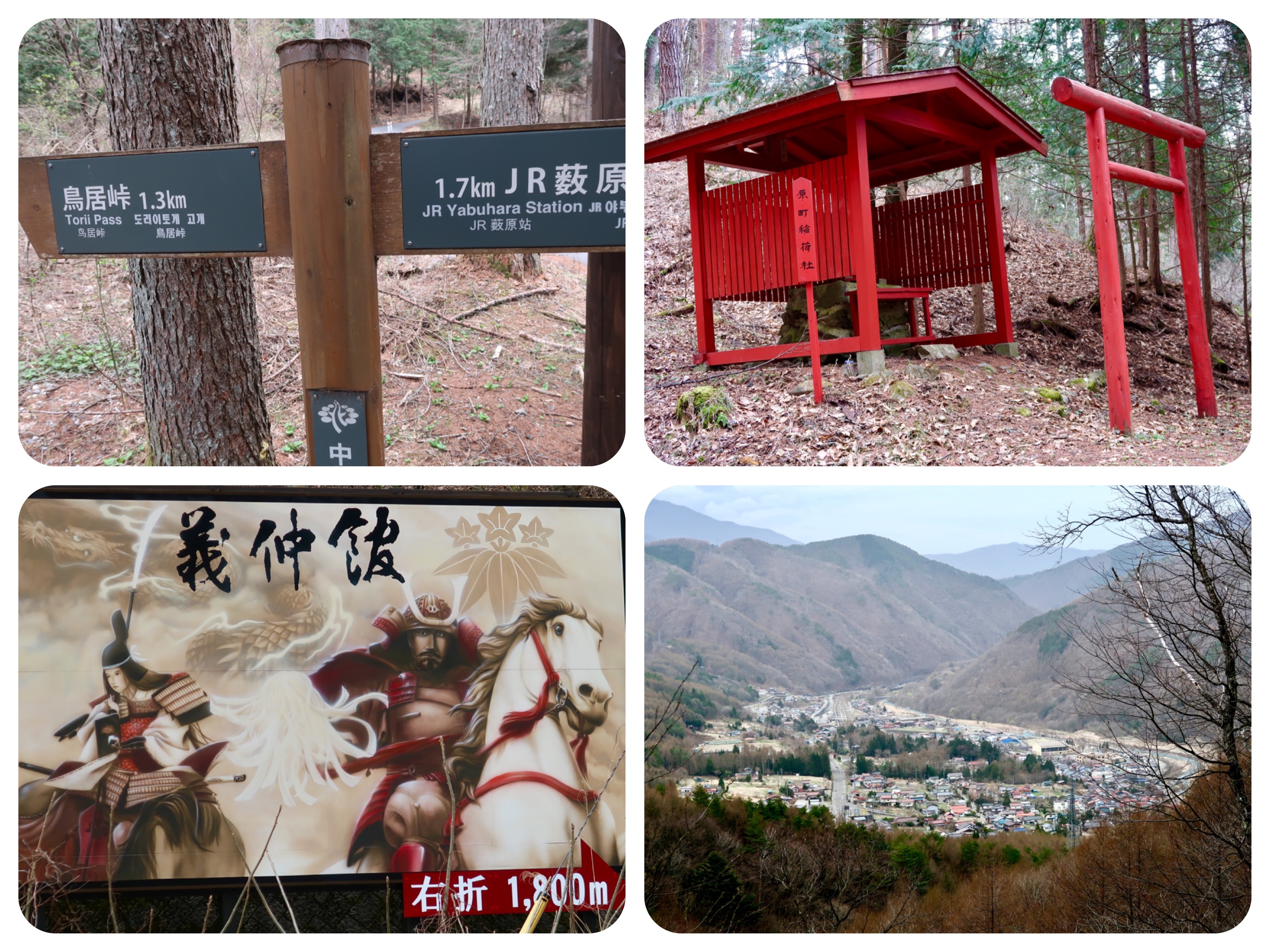
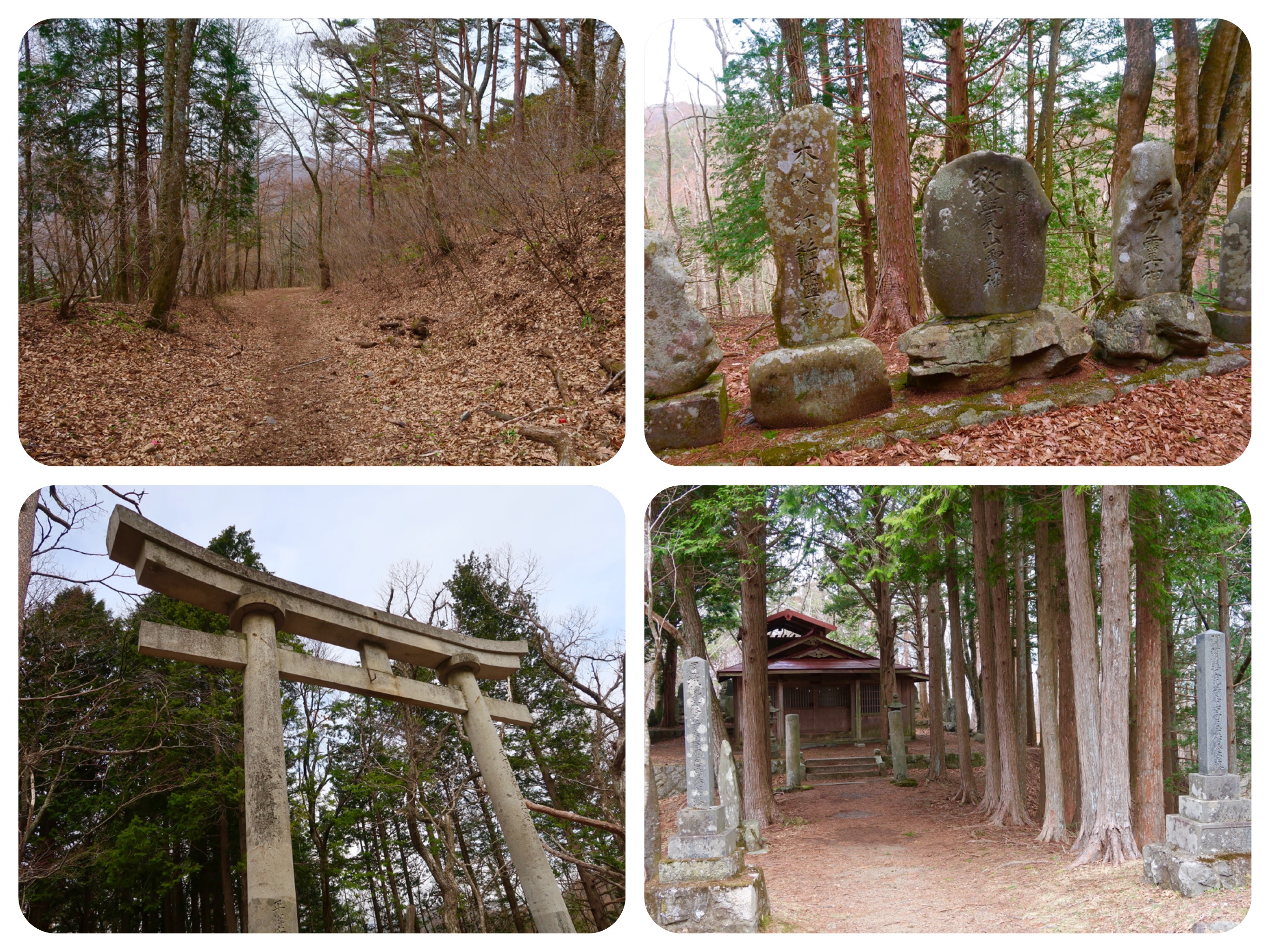


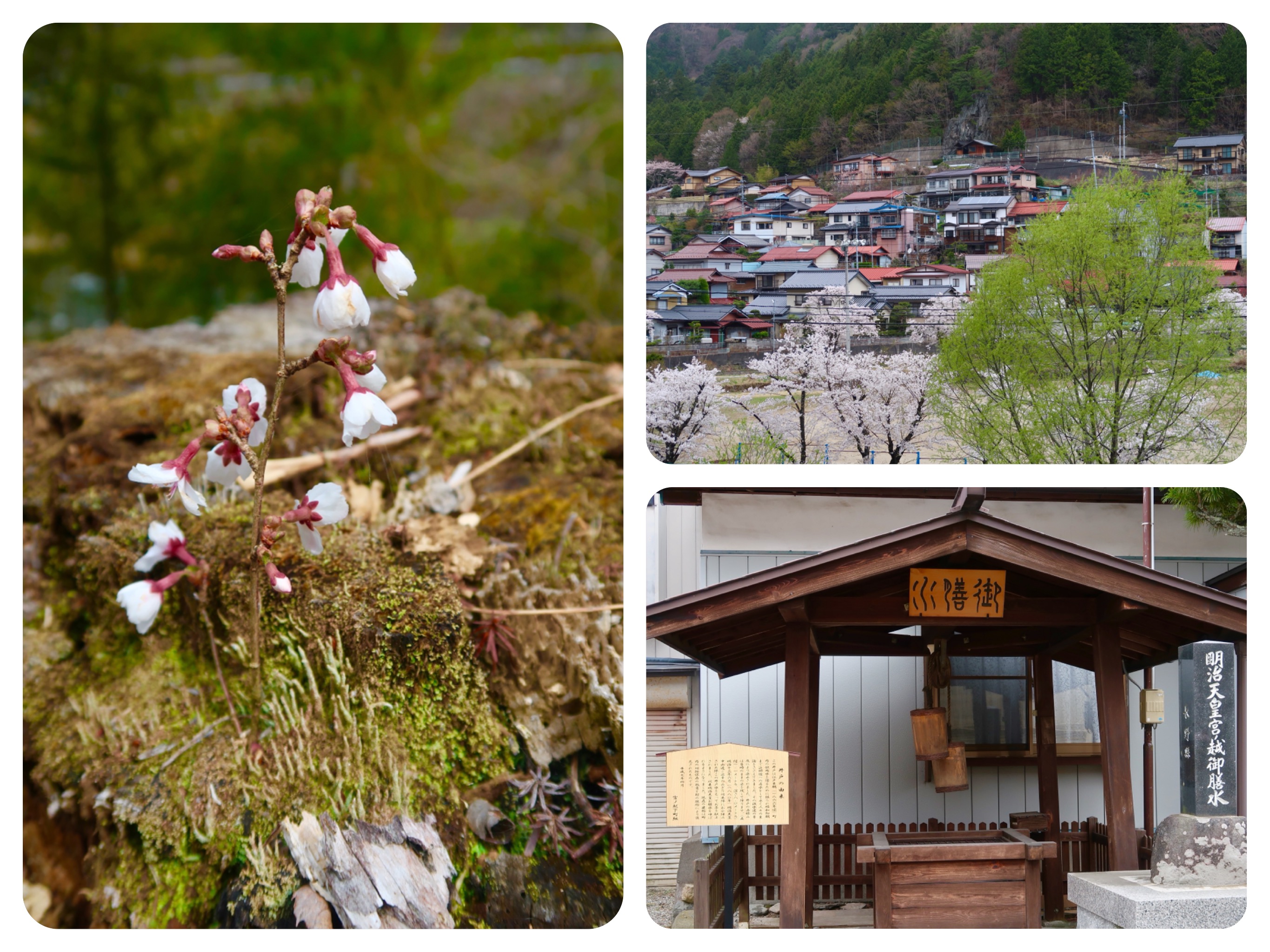
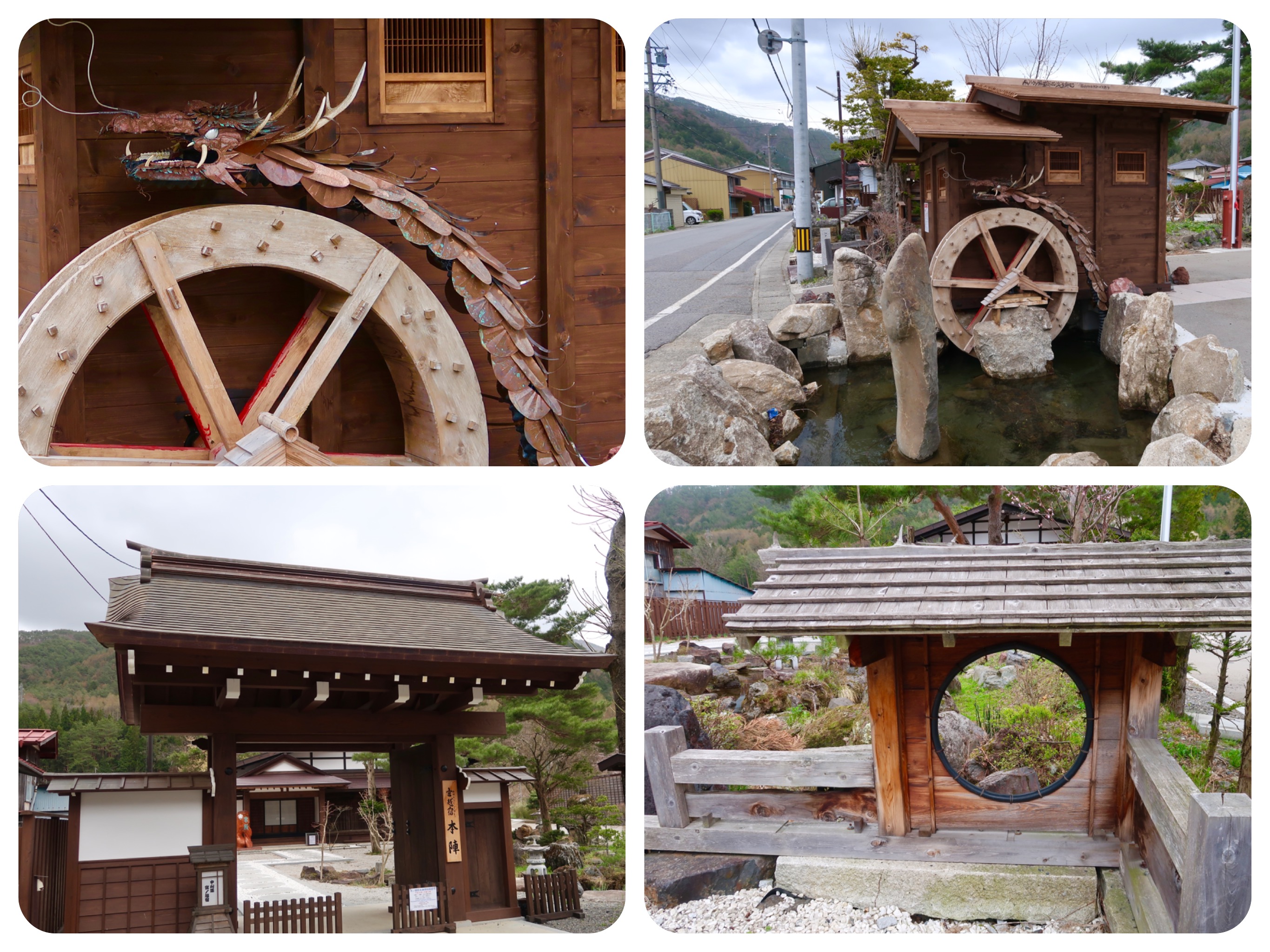
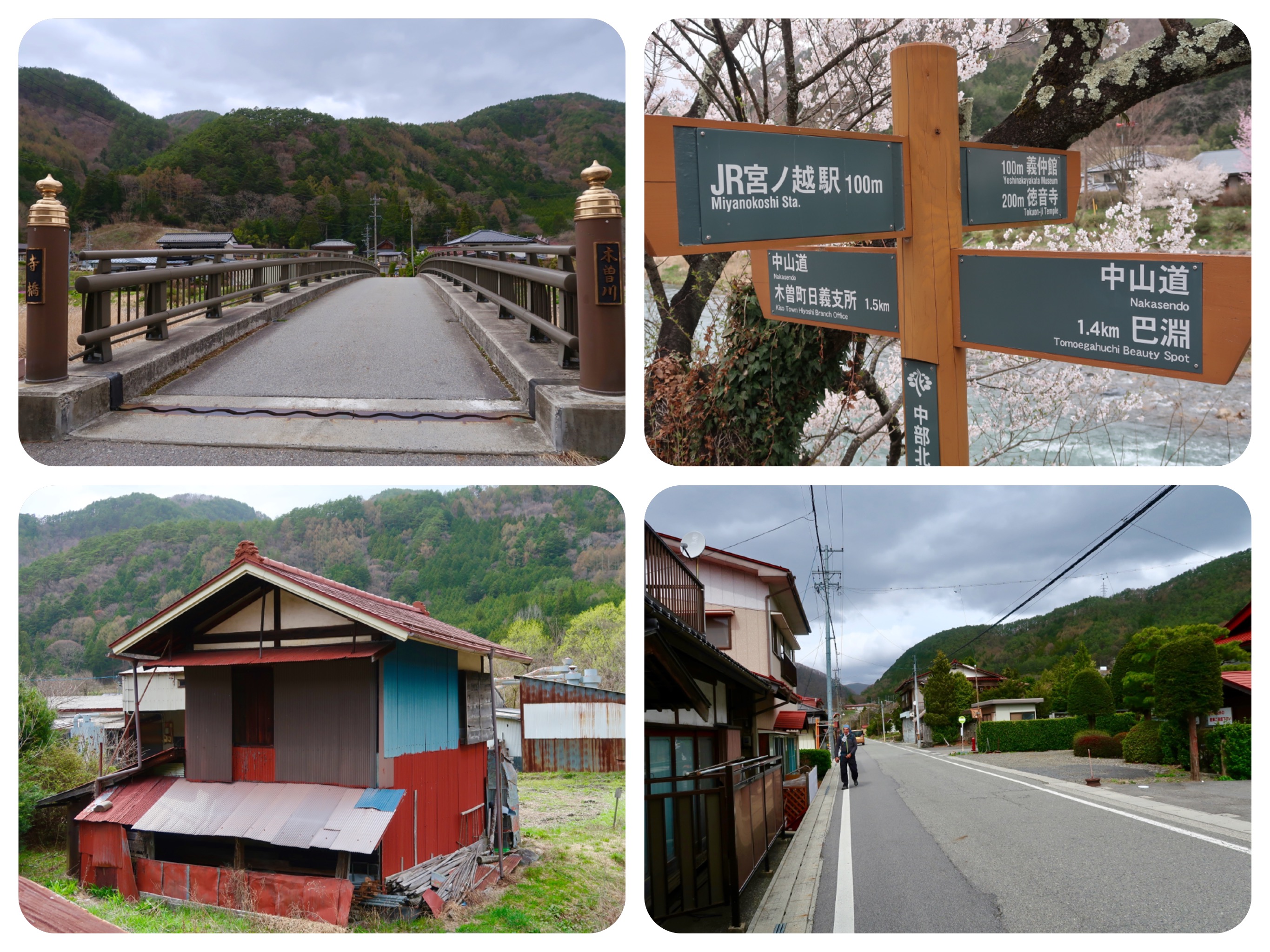
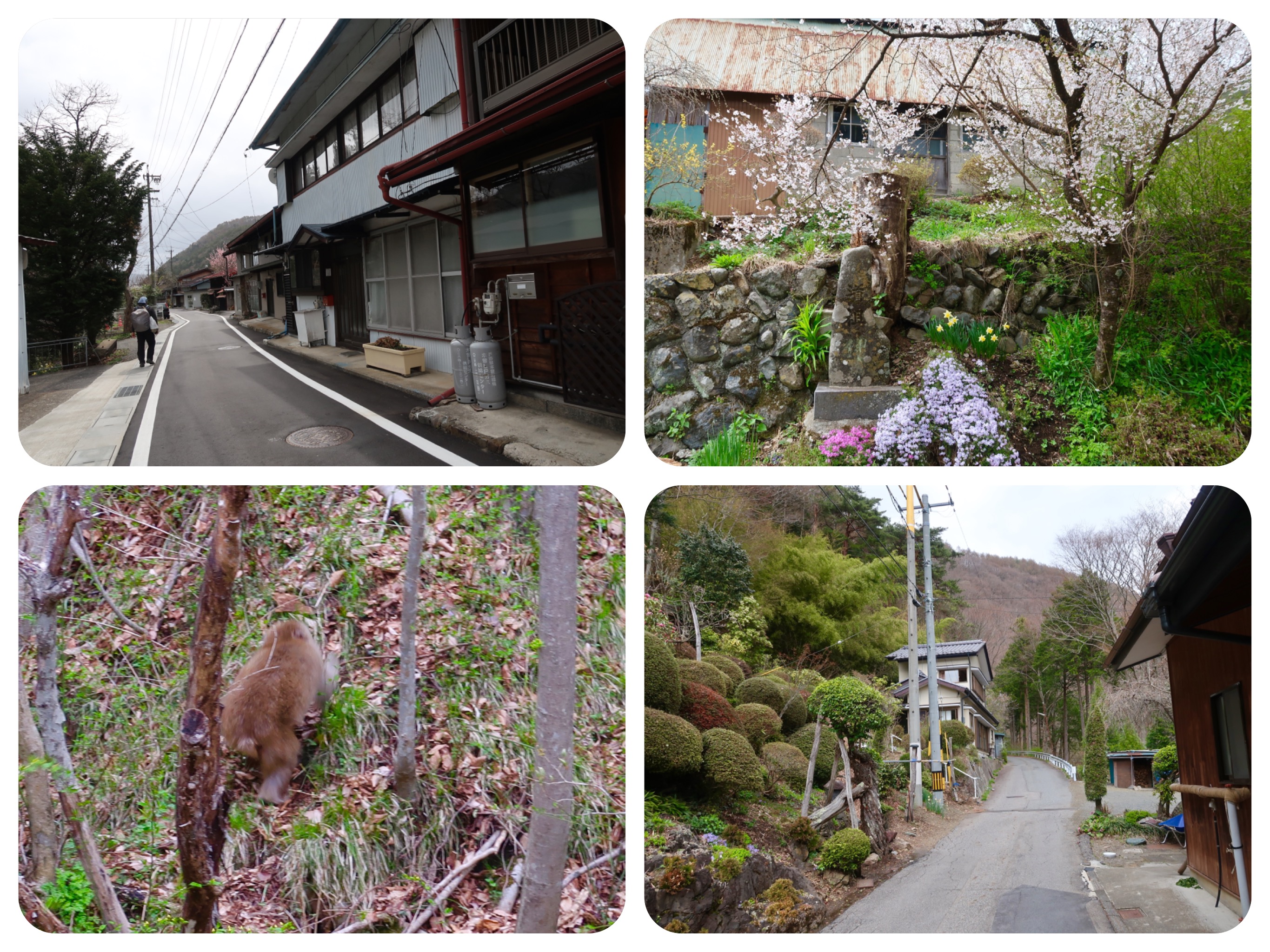
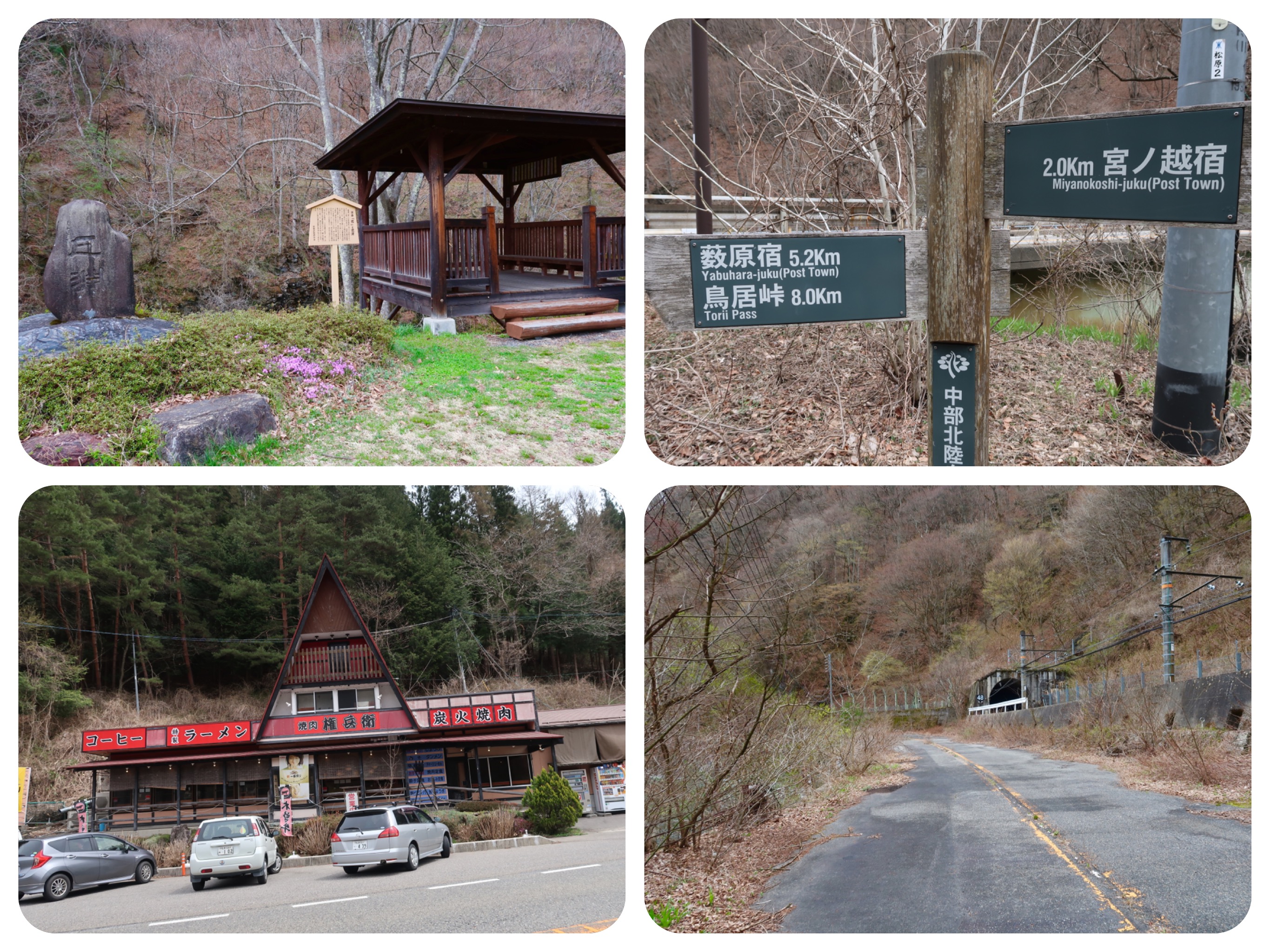
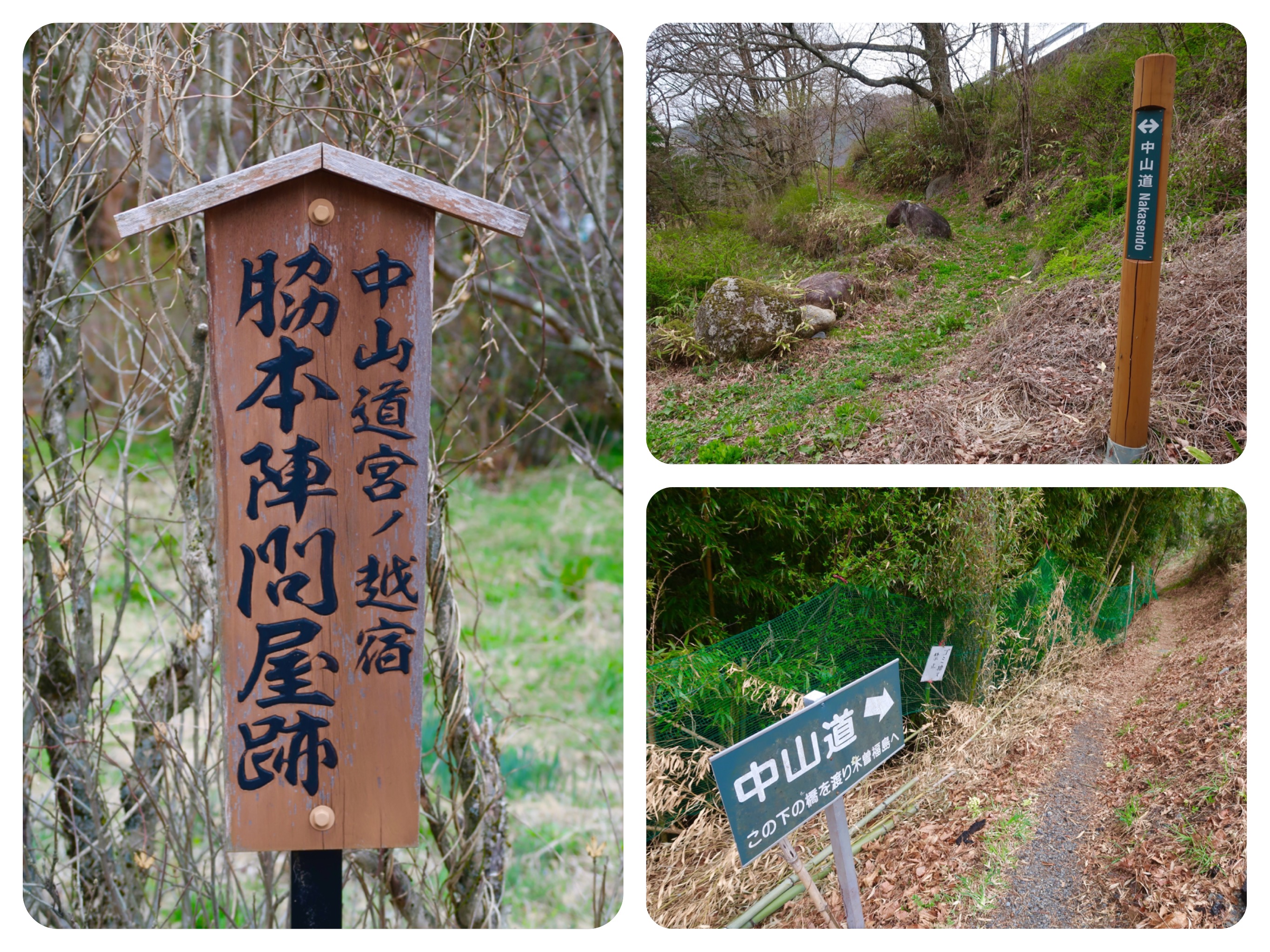
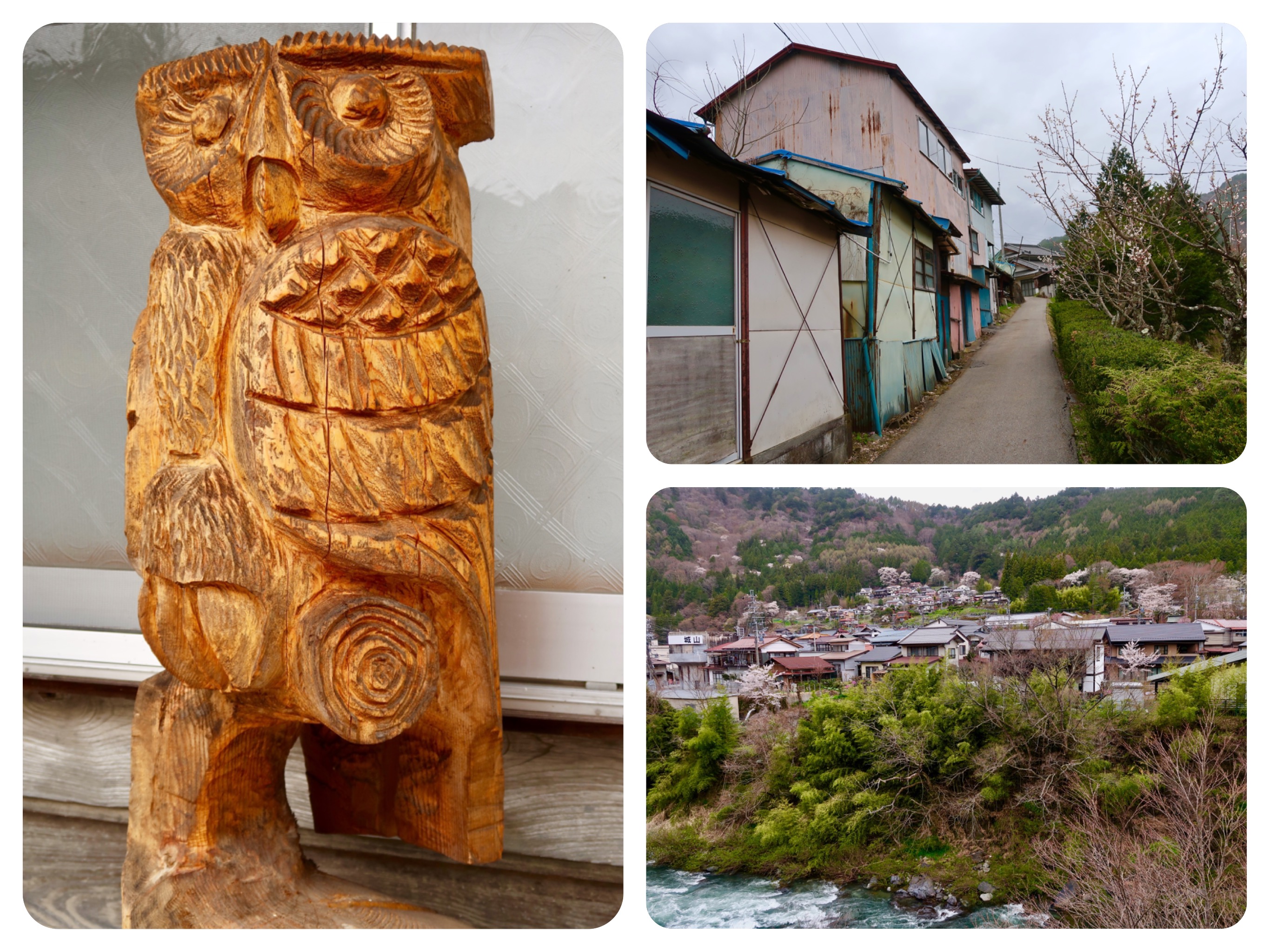
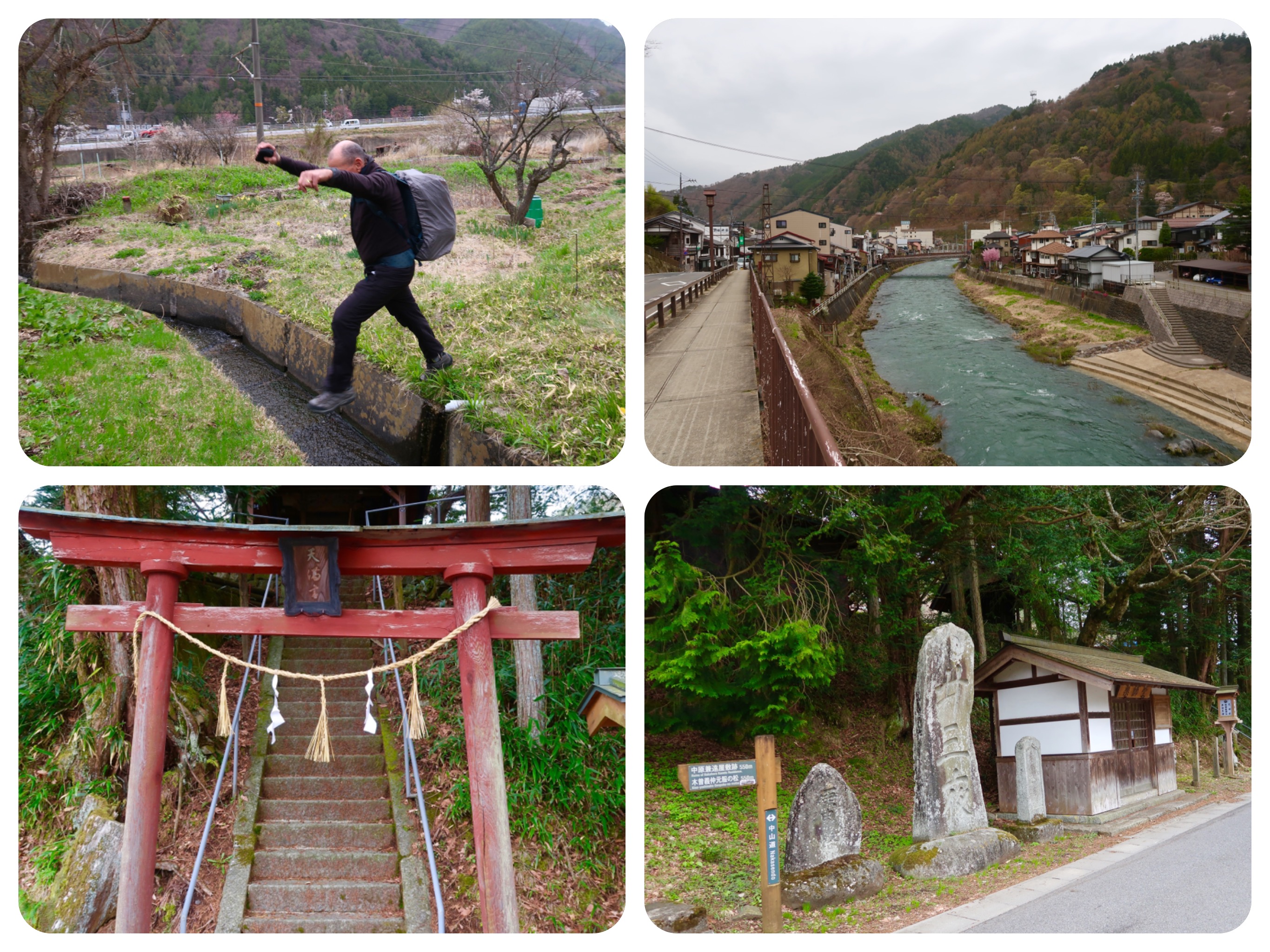

Day 17 - Walking The Nakasendō, Japan - The Torii Pass, and a long walk to Kiso, Fukushima
When we heard that today we will need to climb the Torii Pass, I was a bit worried about our tired feet.
We had walked over thirty kilometers the day before, and the weather forecast called for rain.
I had been hoping for an easy day.
But thankfully, the Torii Pass was neither too long nor too steep.
There was a wooden sign in the town of Narai, where we spent the night, that said that pilgrims and travelers on the old Nakasendo used to rest there before attempting to climb the Torii Pass.
We decided to have breakfast early and to start early, hoping to be done with the difficult part before the rain started in the afternoon.
It was nice to have hot green tea and a freshly cooked breakfast before heading out into the cold morning air.
The friendly owner of our Minshuku in Narai, gave us some bananas and onigiris (rice balls) sprinkled with toasted sesame and filled with umebushi (pickled plums).
She did not offer a packed lunch to the other two couples who stayed in her Minshuku the night before.
Now I know why.
They were not setting out for an eight hour day of walking like us, they were walking just a short distance to the next post town, and taking the train the rest of the way.
When we started walking the Nakasendo, we met a fair amount of non Japanese people who said that they were walking the Nakasendō, mostly in the Kiso Valley.
They were all dressed in full hiking kit with hiking shoes and backpacks, and I was sure that on the Kiso Valley trail we would be seeing loads of groups and individuals hiking.
But we have seen nearly nobody walk on the road, except for a few tired Japanese men who told us that they walk the Nakasendo in small sections, a few station towns at a time.
They apologized and said they didn’t have enough free time to walk the whole trail.
One man told us that he plans to finish in a few years, but now he was out enjoying the Sakura, the cherry blossoms on the trees.
Since then, we realized that all the foreign people that we have met were taking trains between post towns, and that they were walking the best and most scenic parts of the Kiso trail.
They were skipping all the long stretches of road by the highways, or alongside boring car dealerships and sewer plants.
Well, I am not complaining, I actually admire anyone who takes active vacations, I am just explaining why the lady who owns the guesthouse did not pack lunch for them.
She knew they would have choices of things to eat and drink in their next post town.
We prepared for the rain by putting our rain pants and raincoats on, covering our backpacks and putting everything inside plastic bags inside our packs.
We walked through town, enjoying the early morning activities of the old town that is just waking up.
Guesthouse owners were saying goodbye to hikers who were getting ready to leave, the trash was being picked up and shops were just setting up their display fronts.
Lots of fresh mineral water wells line the road.
The water that runs straight from the mountains is clean, and is drunk by locals and visitors alike.
We said a prayer at the Shrine at the edge of town, and entered the forest.
The walk was steep and lovely.
There were signs alerting us to the presence of bears, asking us to ring the bear-bells, to let the bears know we were walking in the forest.
A surprised bear they can become frightened or aggressive.
At the beginning of the path, there was a lovely stone path.
Then we walked over a carpet of fallen leaves.
Everywhere there were creeks and small waterfalls and wooden bridges to cross over them.
There was even a mountain hut for rest and a fresh spring water fountain near it.
The top of the Torii Pass had some dead trees and some trees that had died and been cut down, to clear the path.
The remaining pine trees did not look healthy, and there were also a few mudslides that were had been retained in some places.
I was thinking that the cause of the death of the trees, was perhaps the ‘pine beetle’ that has decimated some of our forests in Colorado?...
The old horse chestnut trees were covered in green moss and looked majestic.
One of these chestnut trees had a sign retelling the Japanese mountain legend about an elderly couple who found a baby inside the tree.
I took a peek inside the circular cradle of the tree, but luckily there was no baby there...
Before we descended the pass, we stood at the spot from which you can see Mount Ontake in the distance.
There is a shrine in the area, with some beautiful stone protective deities, watching over the forest.
When we descended the Torii Pass, we met a Japanese day hiker who stopped to chat.
She was walking with two hiking poles, one in each hand, and she told us that she lives in Nagoya.
She said she had taken the train to Yabuhara station and plans to walk over the Torii Pass, and take the train from Narai station back home.
From her daypack, she pulled out her stash of snacks and insisted on giving us her chocolate and sweet beans.
We tried to refuse, but she said that we have to walk a long way over a mountain road to get to Kiso Fukushima, and that her chocolate is delicious.
I was thinking that only while hiking in Japan and mountain hiking in Korea, had we met hikers who will share their lunch or give you their snacks.
Everywhere else in the world, people bring just enough for themselves, and they would never give you their food while hiking in the mountains.
We saw a few other hikers who had come from the train station, ready to climb the Torii Pass.
As we walked farther south, the river got wider and the scenery was beautiful.
We saw wild monkeys living in the forests above the fields.
There were hardly any places to eat or drink anything.
Jules and I have a joking game that we started when we traveled in rural China.
China, at the time, was starting to embrace American food chain restaurants and you would find them in the most unlikely places.
They even had a Starbucks inside the Forbidden City.
So we would come to the edges of a really rural town, and Jules would ask me:
“What do you think are the chances of finding a Starbucks in this town?”
Then we would wage imaginary bets.
I would say something like:
“I would put EVERYTHING I own on an all or nothing bet, that there isn’t a Starbucks in sight.”
“Everything?” Jules would ask, “That means you would be willing to be homeless with NOTHING, if by chance someone opened a Starbucks in this really rural town of nearly half a million people...”
“Half a million people who would never spend five dollars to buy a soy Frappuccino!,” I answered with absolute confidence.
We were craving a hot drink and some rest, but there was no place to stop as the Nakasendo in that section paralleled the busy highway.
We ate the bananas and Onigiris that we were given, while we walked by the highway.
I have never ‘lost’ such a bet, since, needless to say, not a single cafe was open in the towns we passed.
We stopped at a truck stop that offered grilling at your table of meats and seafood over hot charcoal.
The food looked good, but we didn’t have an appetite for lunch.
Every day we eat a big breakfast and most days a big dinner, so a lunch of Onigiris or a snack is enough for us.
But we needed to rest our feet, so we had soft-serve blueberry and chocolate ice cream and a cup of coffee.
The towns we passed were charming, with beautiful blooming trees and with bridges over the fast moving Kiso River.
We arrived at the train station at Kiso Fukushima, just as it started to rain.
We have a Japanese SIM card for our phone, but it does not include a calling plan.
We needed to call the Ryokan to be picked up, as it was located five kilometers into the mountains.
I used Skype and called the hotel to be picked up, and soon we checked in.
We were shown to our room where we had some tea, bathed in the hot springs and changed into our Yukatas (summer kimonos) and went for dinner.
Dinner was a vegetarian feast of local mountain vegetables.
There was also a small piece of rainbow trout from the creek, and local Soba.
We talked about how restorative it is to stay in these hot spring Ryokans or hotels, after a long day of walking.
All the guests who stayed there seemed to be other hikers and travelers.
There is lots of day hiking to do in the area, including one popular hike to Ontake holy mountain, which you can do by taking the ropeway half way up.
After we were safely tucked away in our futon beds, the rain started in earnest and did not stop all night.
We felt lucky to be blessed by the goddess of good weather all day long.
Tomorrow the forecast calls for a morning and noon rain... the goddess of splendid weather who is always with us, will need to do better...
With blessings and light,
Tali and Jules
Day 17 - Stats:
Total walking time 8.5 hours
Active walking time 7 hours
Total steps: 38,595 steps
Daily Kilometers: 28.5 Kilometers
Total Kilometers walked up to date: 403.5 Kilometers
Accommodation: Hot Spring Ryokan Nukumorino Yado Kummanoyu in Kiso-Fukushima.
Had spacious tatami rooms, shared toilet and a hot spring bath.
Serves very good dinner and breakfast which are a must, since it is isolated in the mountains.
Call to be picked up in their shuttle bus.
Total elevation climbed 2,152 meters
Total descent 2,151 meters
Maximum Altitude reached 1,200 meters
Station Towns visited in Nagano Prefecture:
34. Narai-juku (Shiojiri)
35. Yabuhara-juku (Kiso (village), Kiso District)
36. Miyanokoshi-juku (Kiso (town), Kiso District)
37. Fukushima-juku (Kiso (town), Kiso District)
A little about the Station towns visited:
Yabuhara-juku - #35 of the sixty-nine stations of the Nakasendō, as well as the third of eleven stations on the Kisoji.
Yabuhara-juku is located shortly before the Torii Pass, which was the most difficult part of the Kisoji.
Presently, it is known for its omiyage, which are made out of the birch trees that grow nearby.
Miyanokoshi-juku - #36 of the sixty-nine stations of the Nakasendō, as well as the fourth of eleven stations on the Kisoji.
Miyanokoshi was the childhood home of Minamoto no Yoshinaka, a General who was known as Lord Kiso and a member of a samurai clan.
There are still many ruins and artifacts related to him to be found in the town. Additionally, it was the birthplace for many Kiso-area carpenters.
Fukushima-juku - #37 of the sixty-nine stations of the Nakasendō, as well as the fifth of eleven stations on the Kisoji.
It is the midpoint on the Kisoji, and also the midpoint Of The Nakasendo between Edo and Kyoto.
The town was the site of one of the two main barrier stations along the Nakasendo, set up to scrutinize all traffic along the highway and to prevent the illegal movement of people.
Amongst those permitted freedom of travel were people who declared they were making a pilgrimage to a religious site.
Located at the foot of Mount Ontake, considered one of the holiest mountains in Japan, the town inevitably attracted many pilgrims.
Kiso-Fukushima flourished as a post-town.
It is probably also true to say that, with so many people of authority here, many travelers might not have wished to spend the night in the town if they could get through the barrier before it closed at six o’clock.
In the 1840s Kiso-Fukushima had a population of just under one thousand, and the town boasted 14 inns for ordinary travelers.
Today, unusually, the number of inns has actually increased due to the large numbers of tourists who come here each year.
These still include modern day pilgrims on their way to Mount Ontake, as well as others who come to look at the old post-town and the recently reconstructed barrier station.
The greatest attraction, however, is the Kiso Valley itself and the mountains on either side of it.
